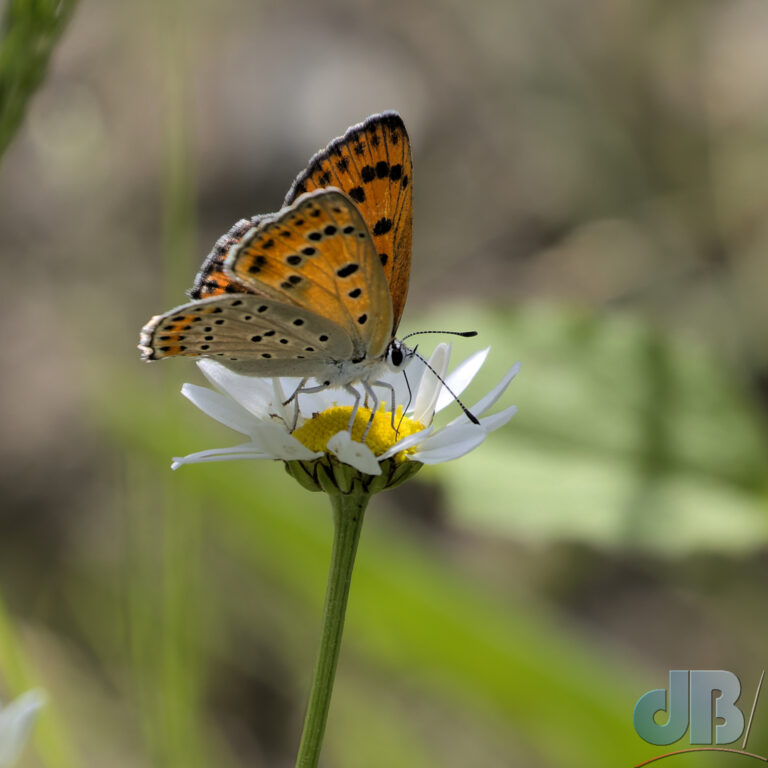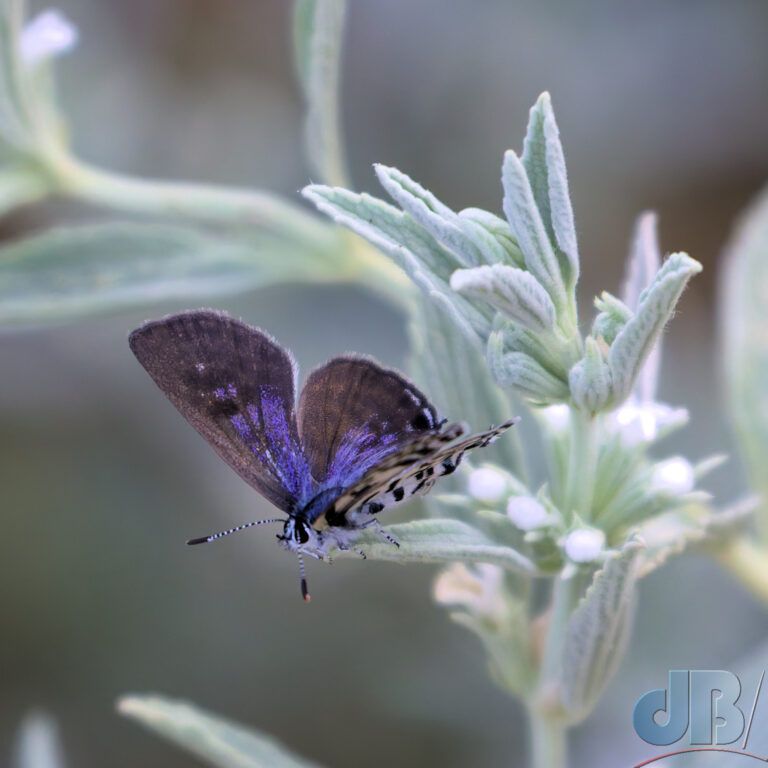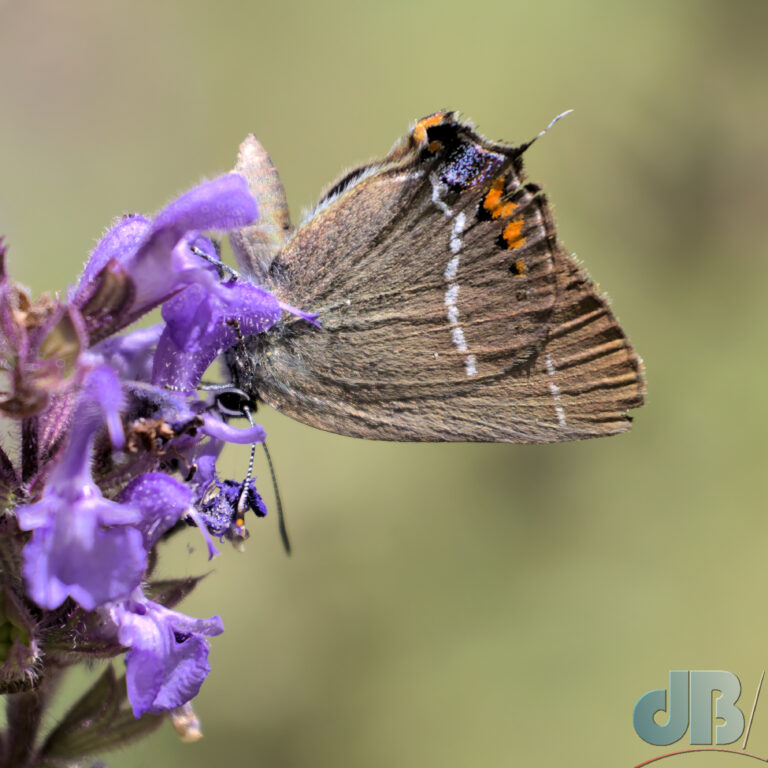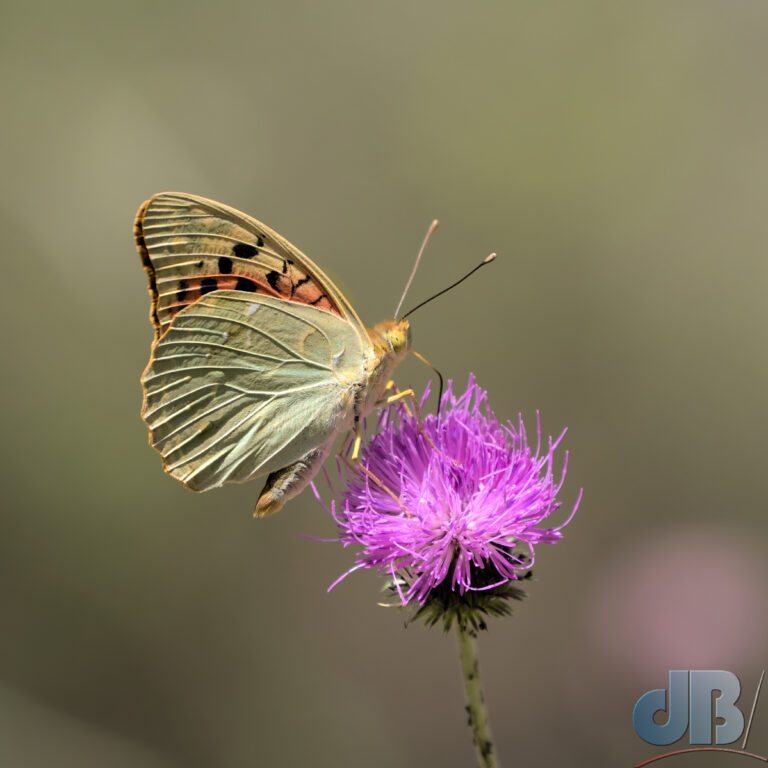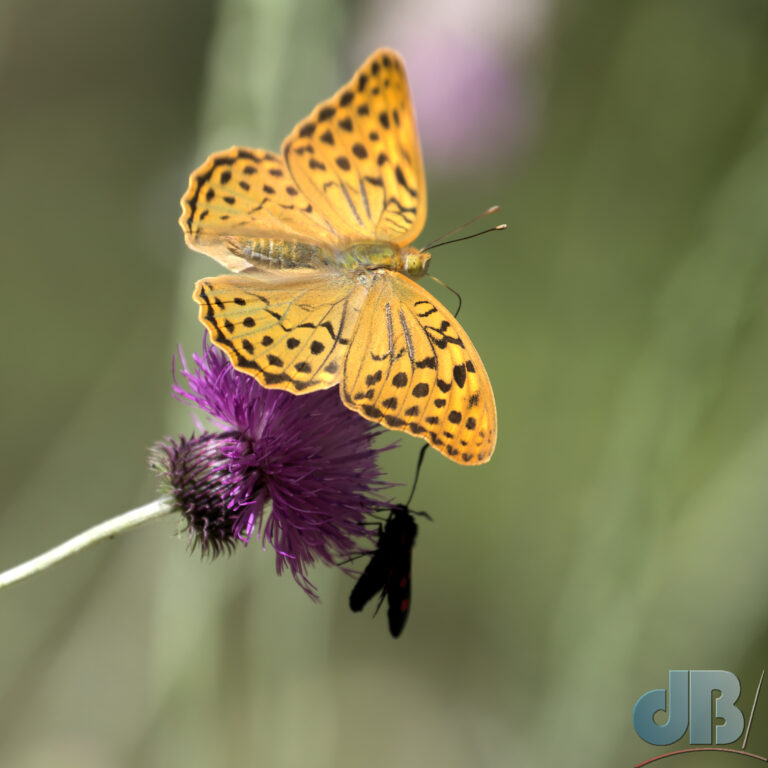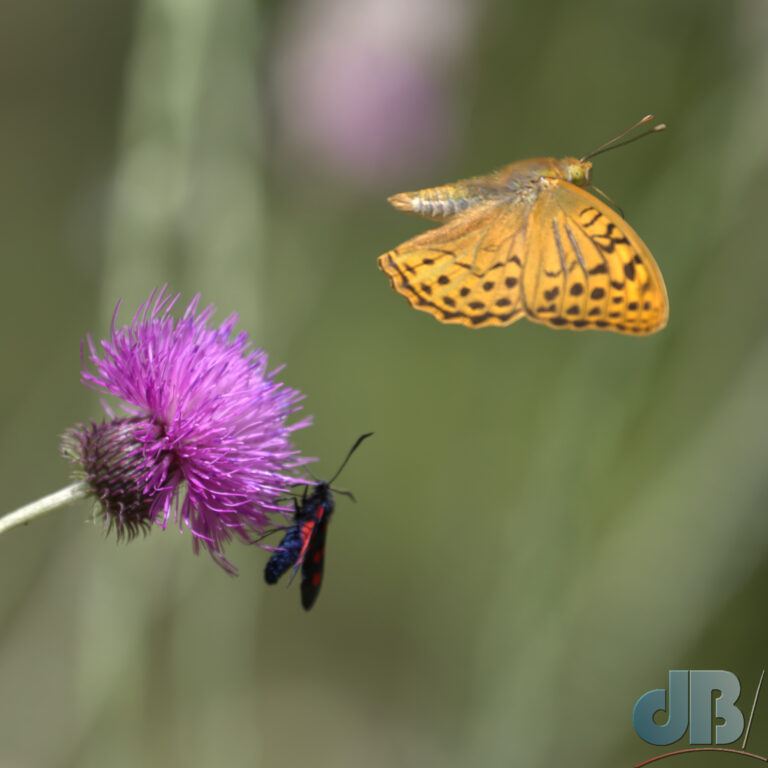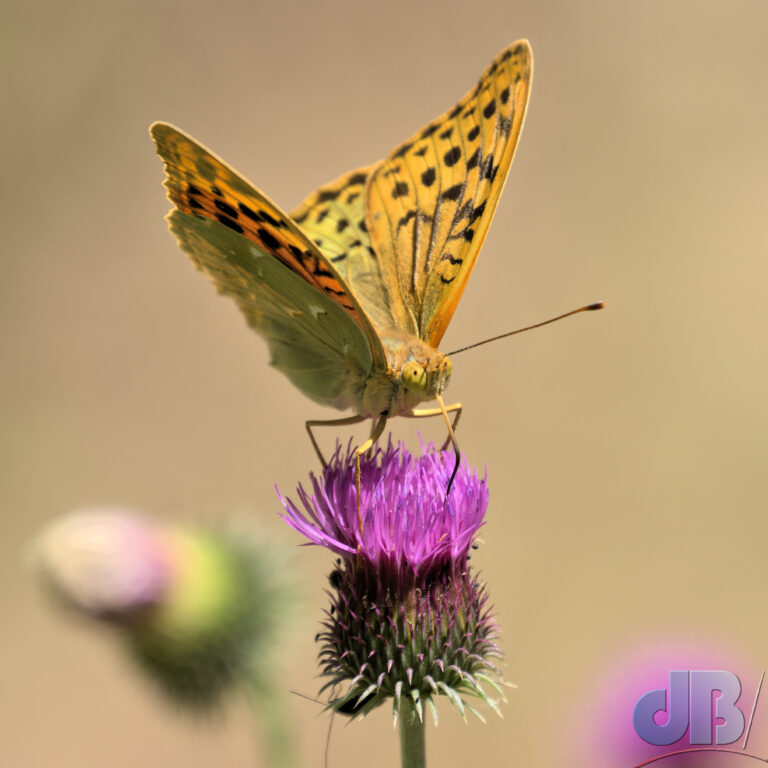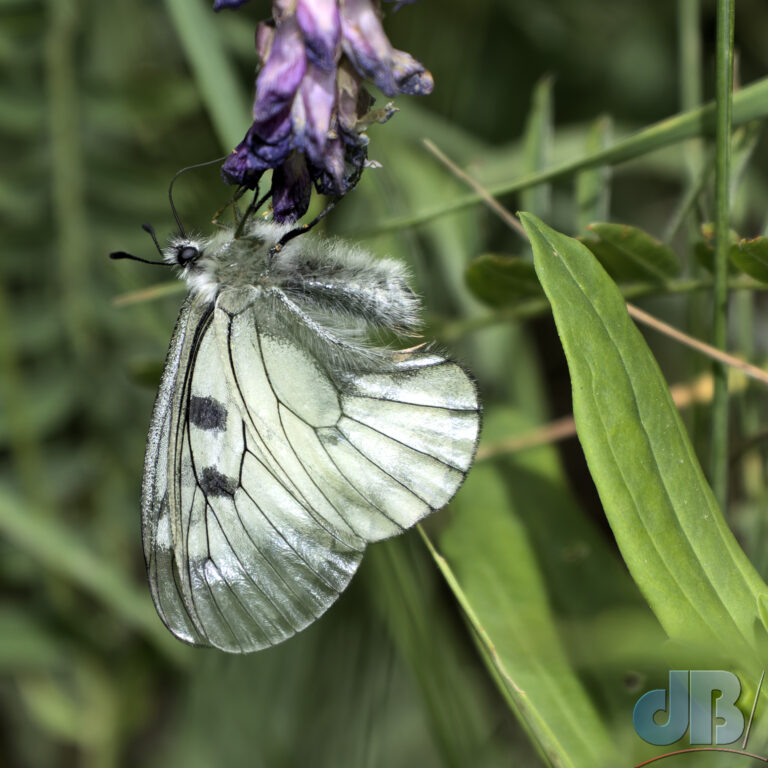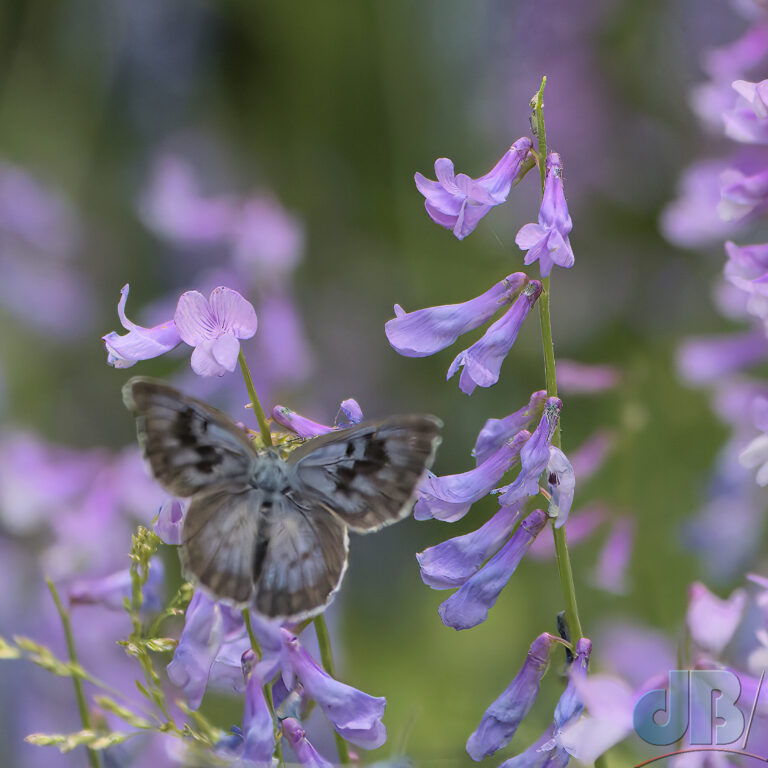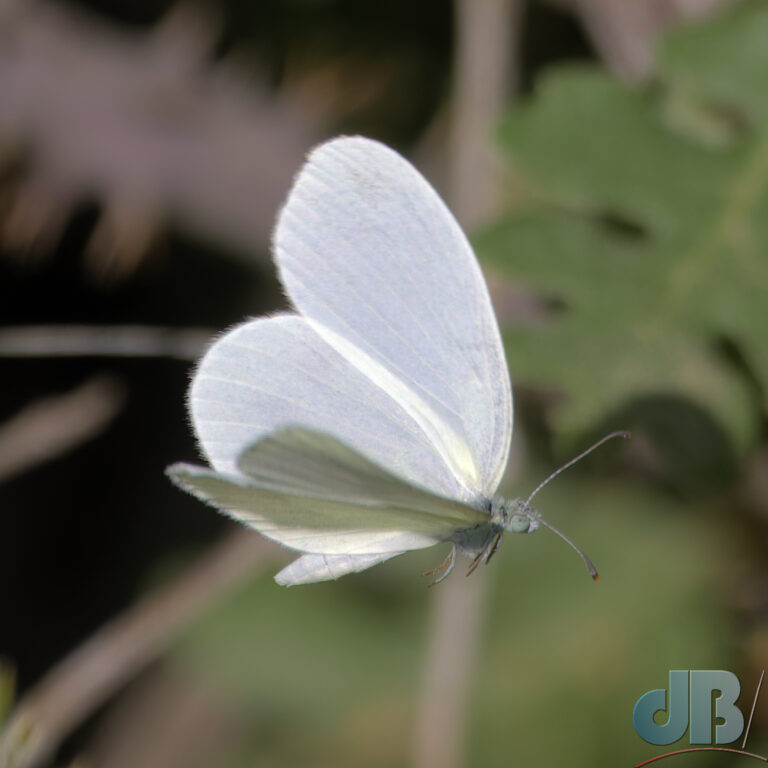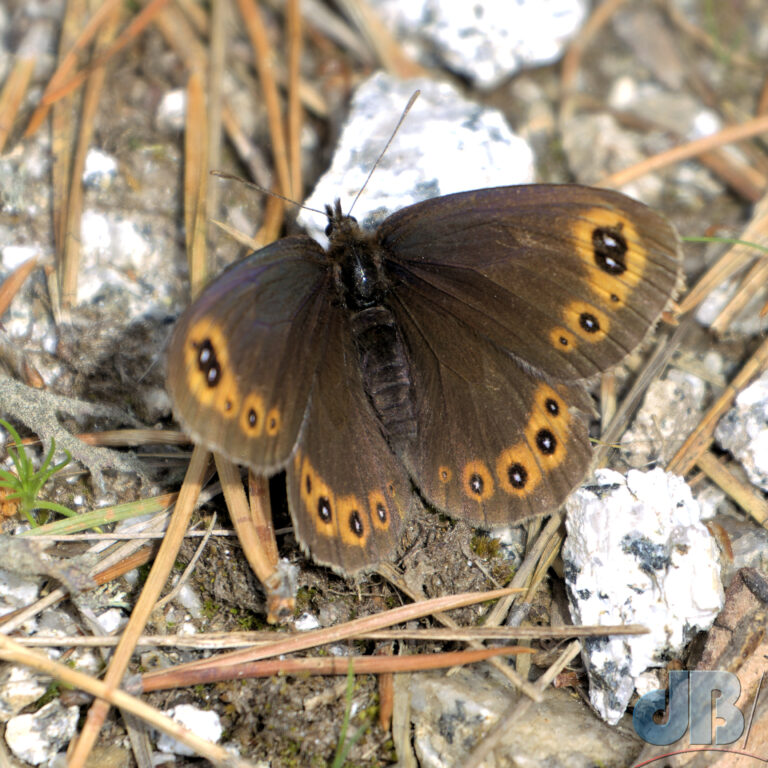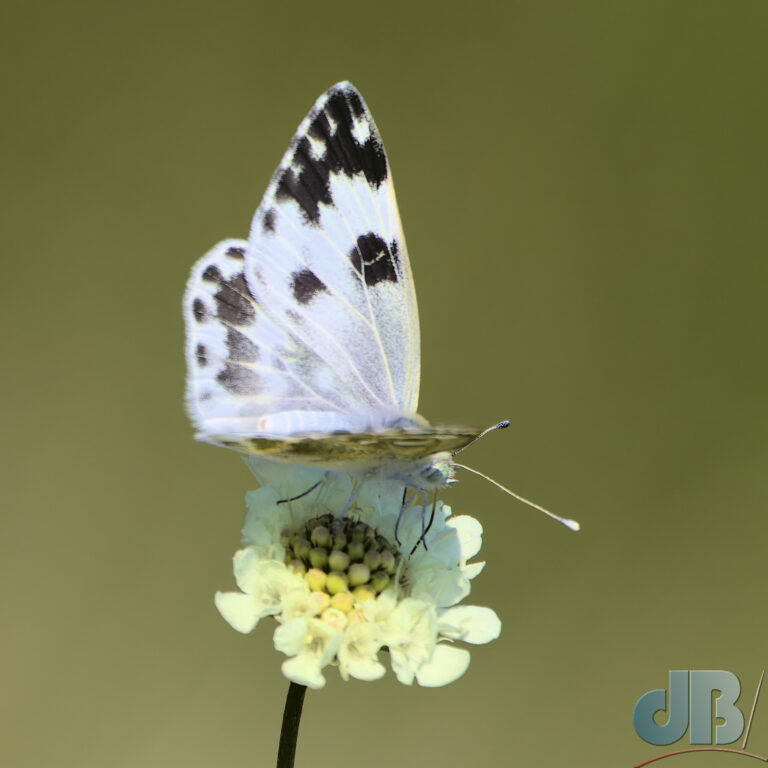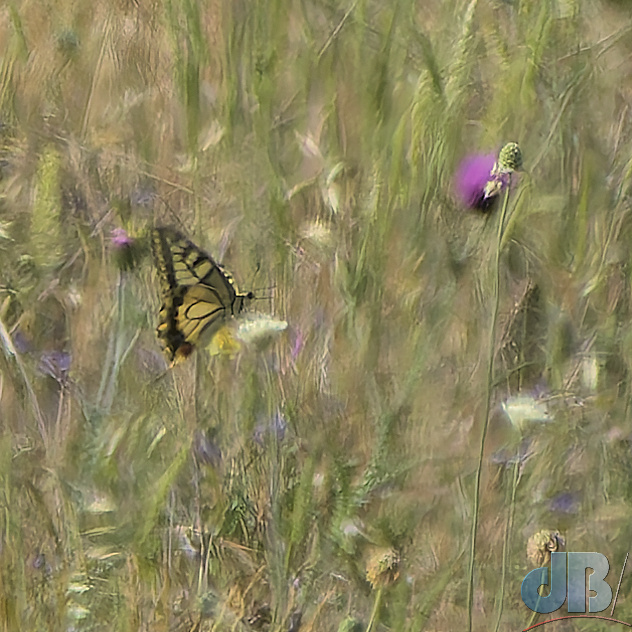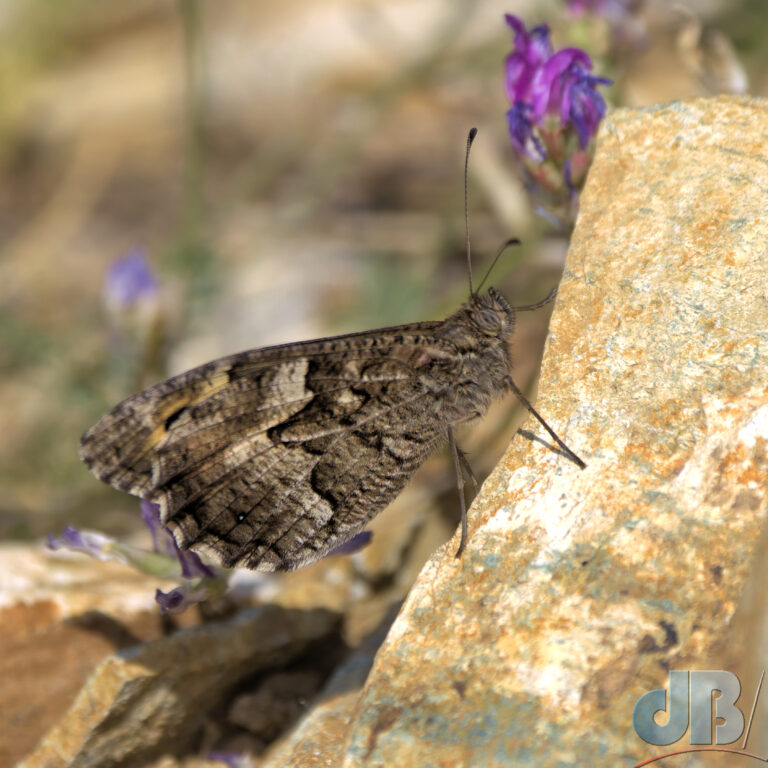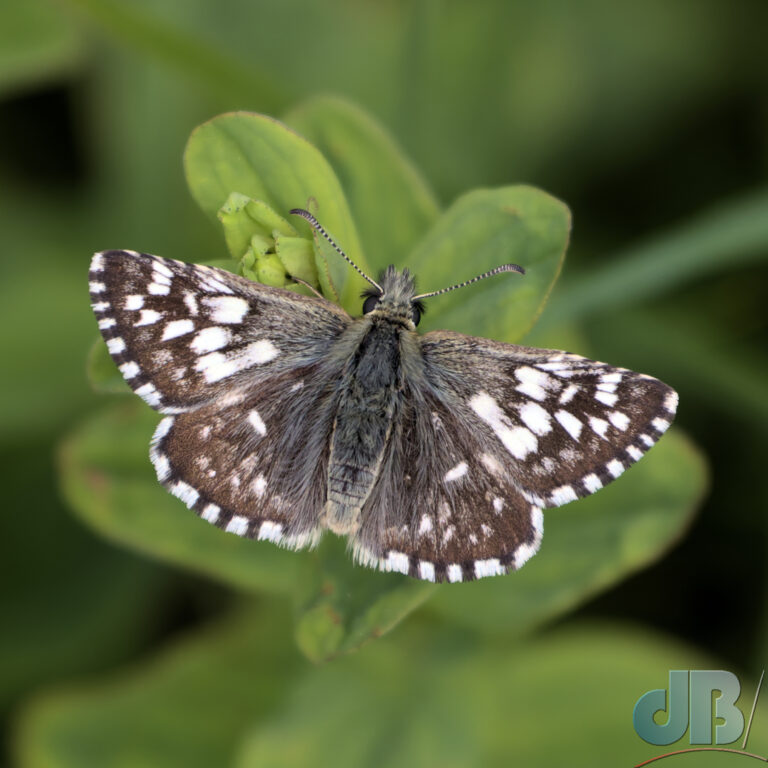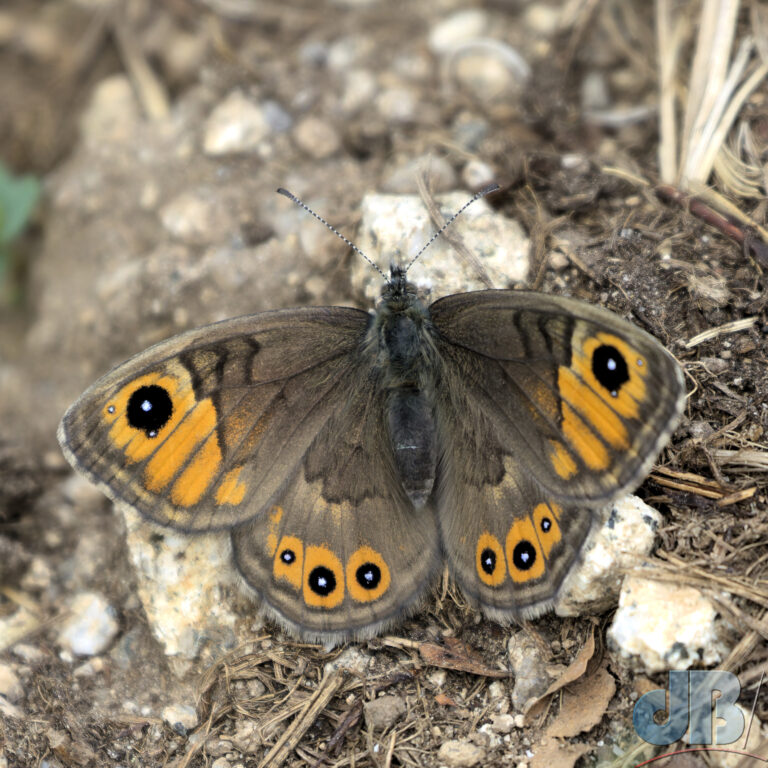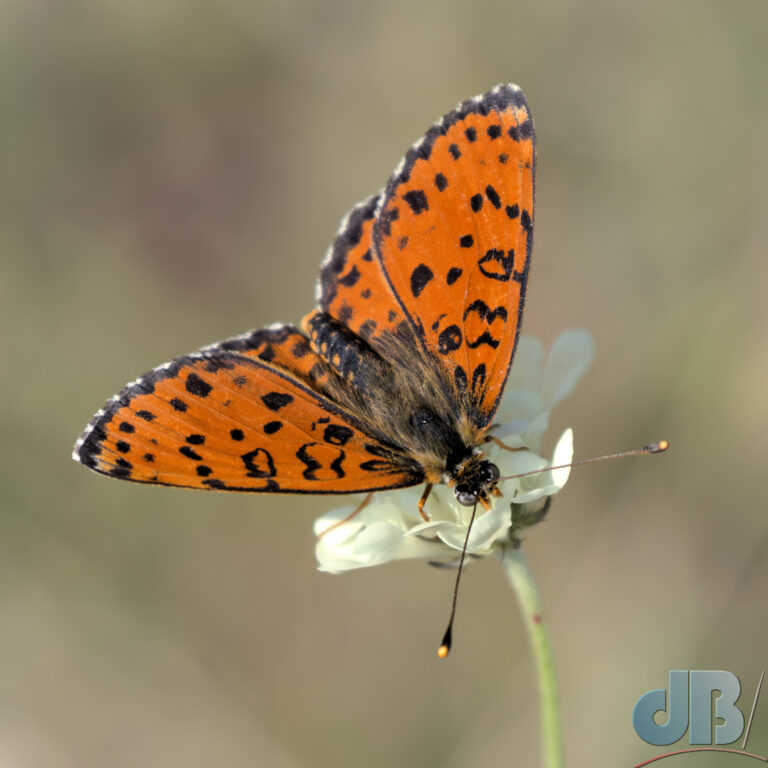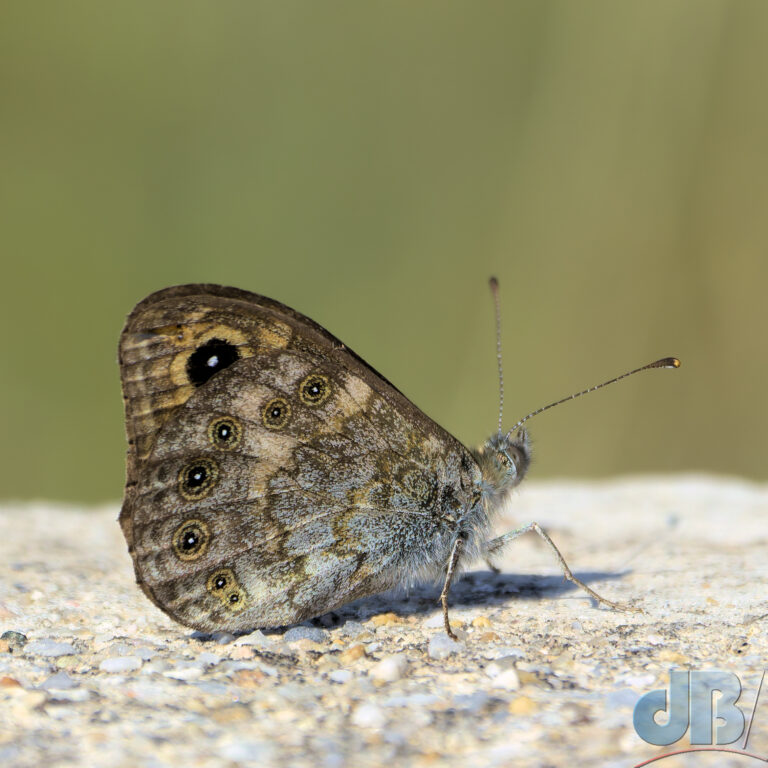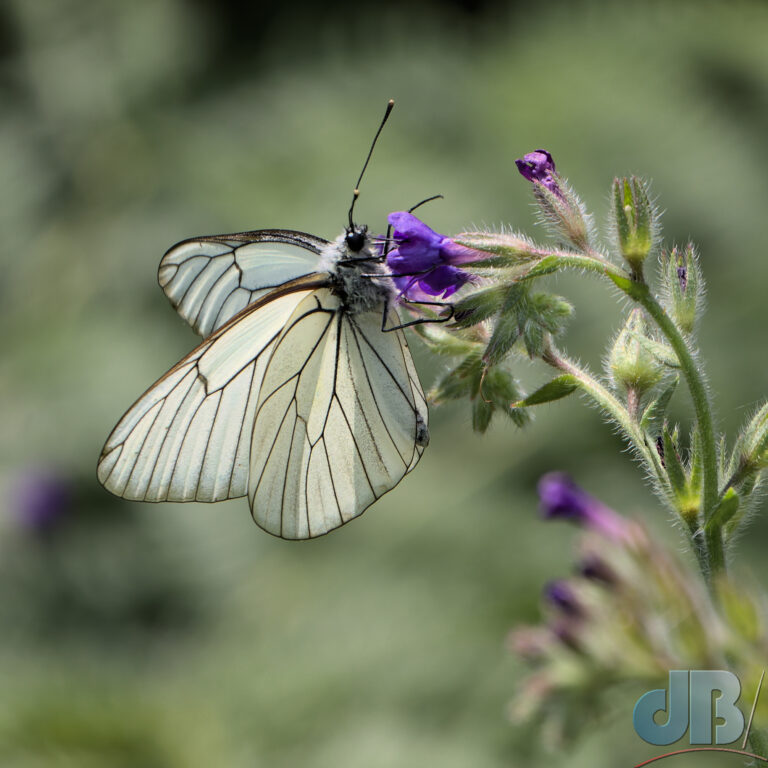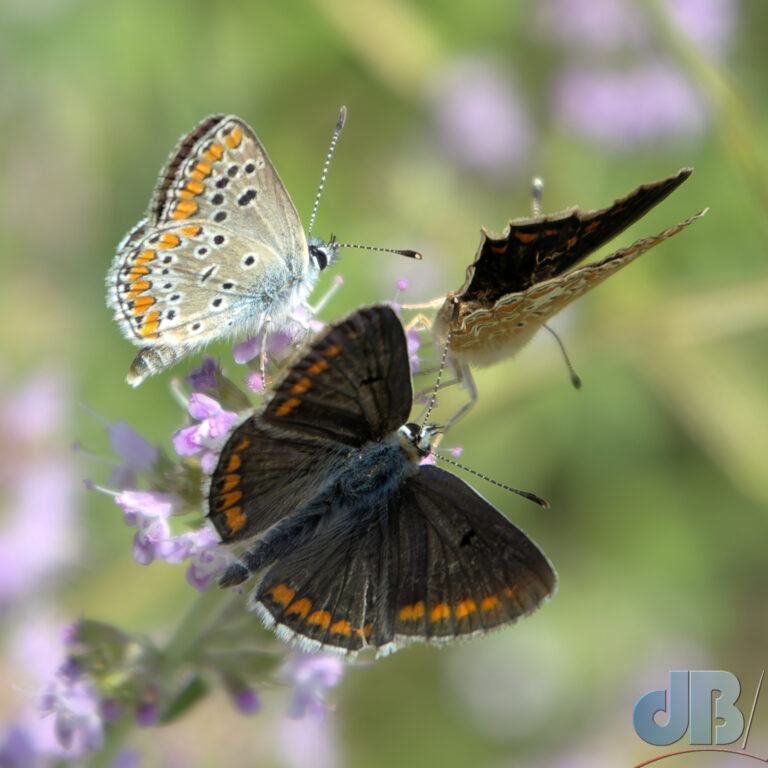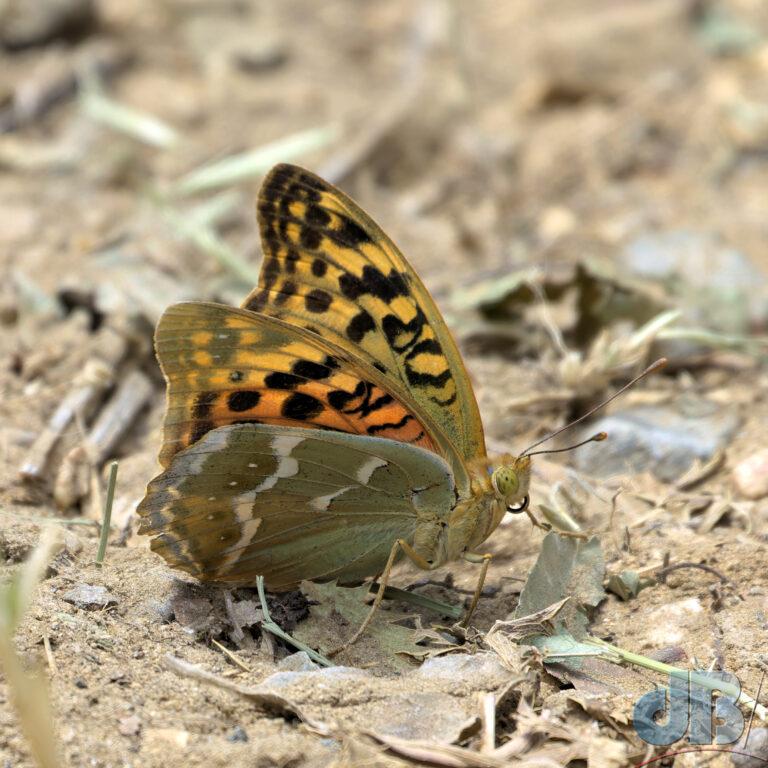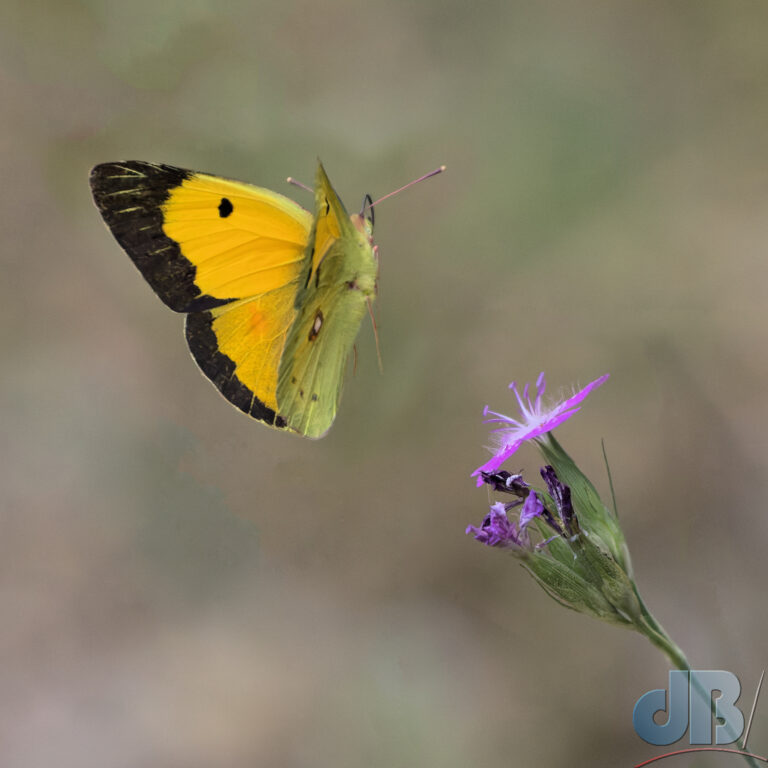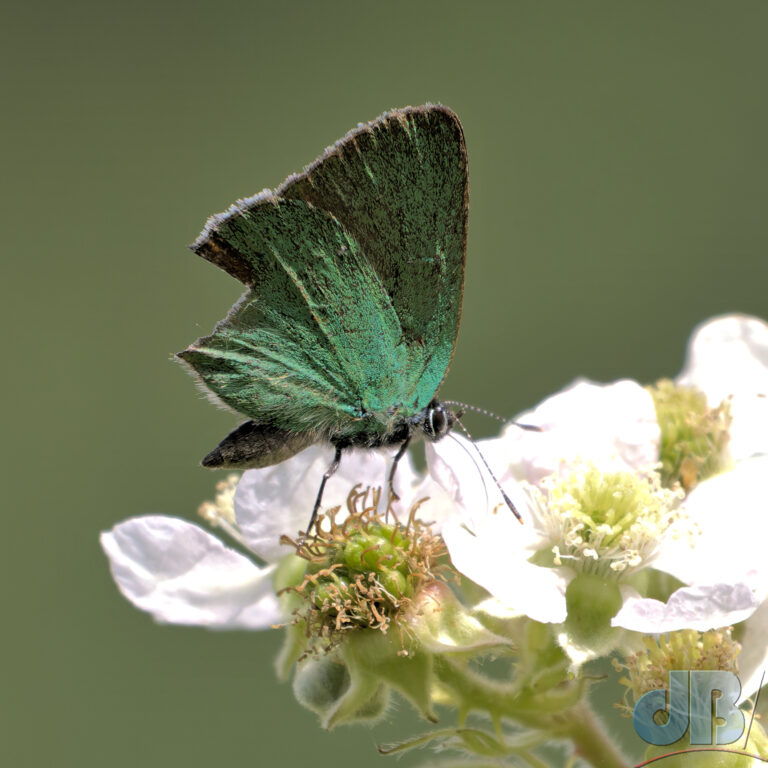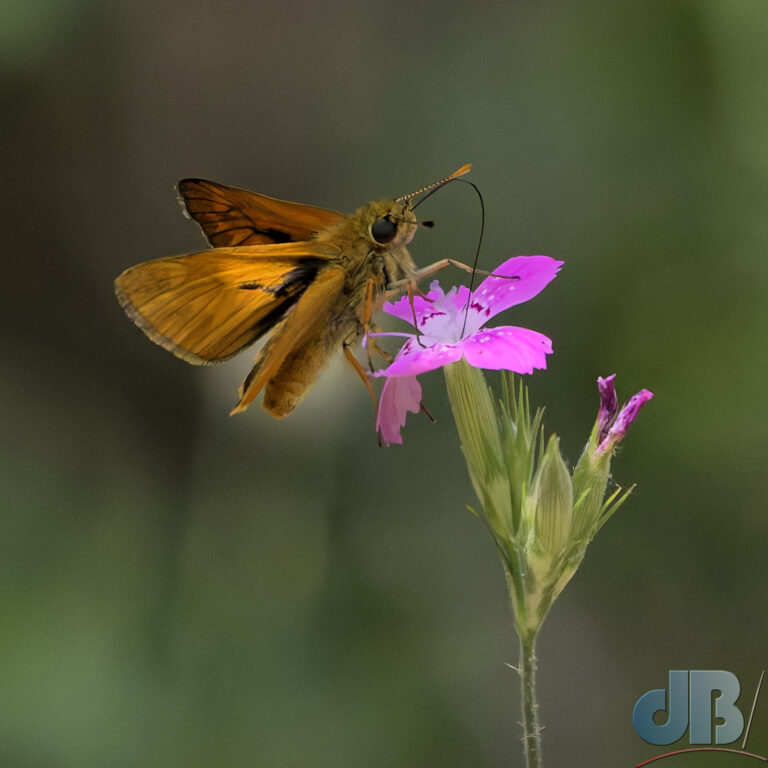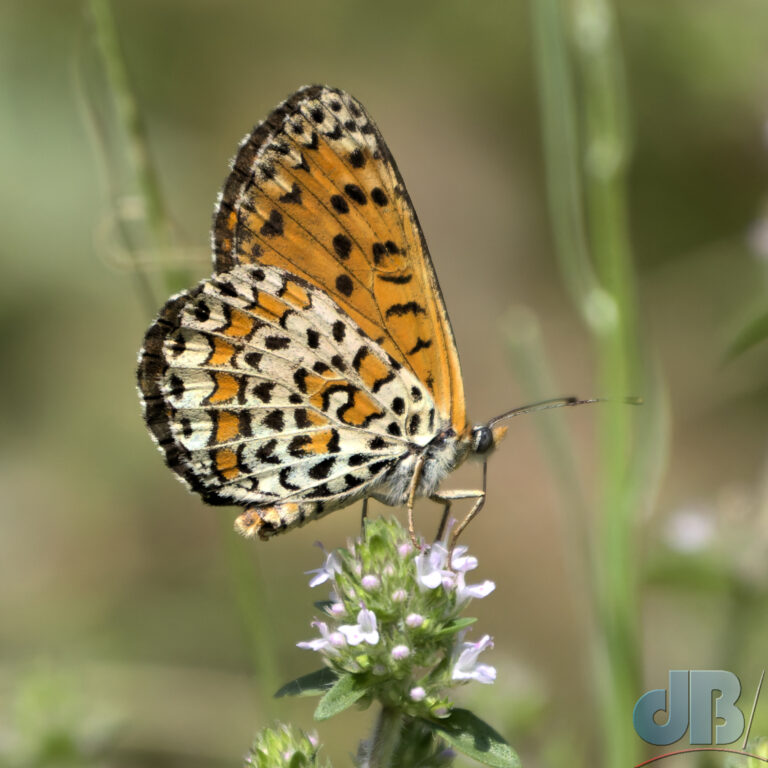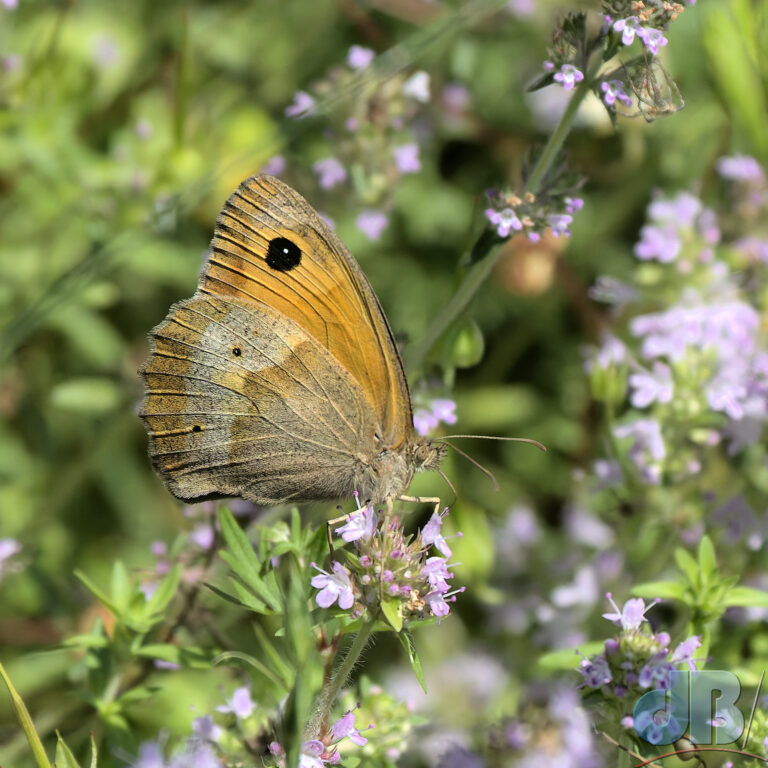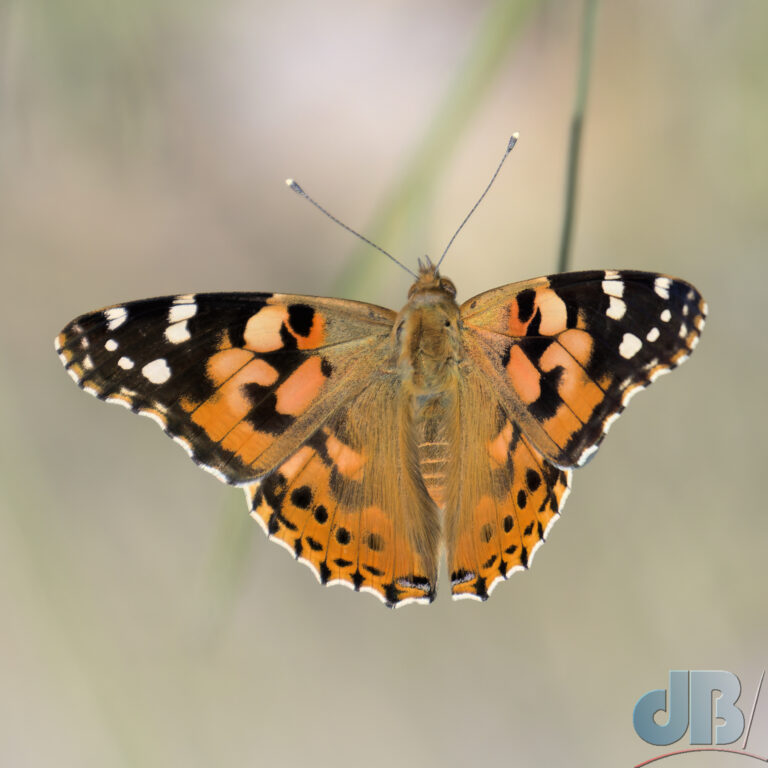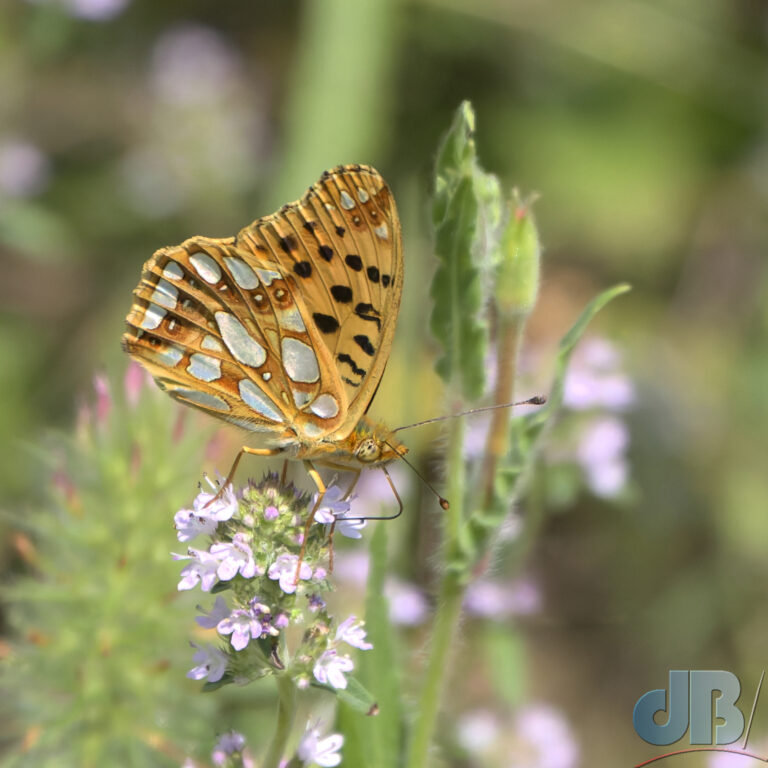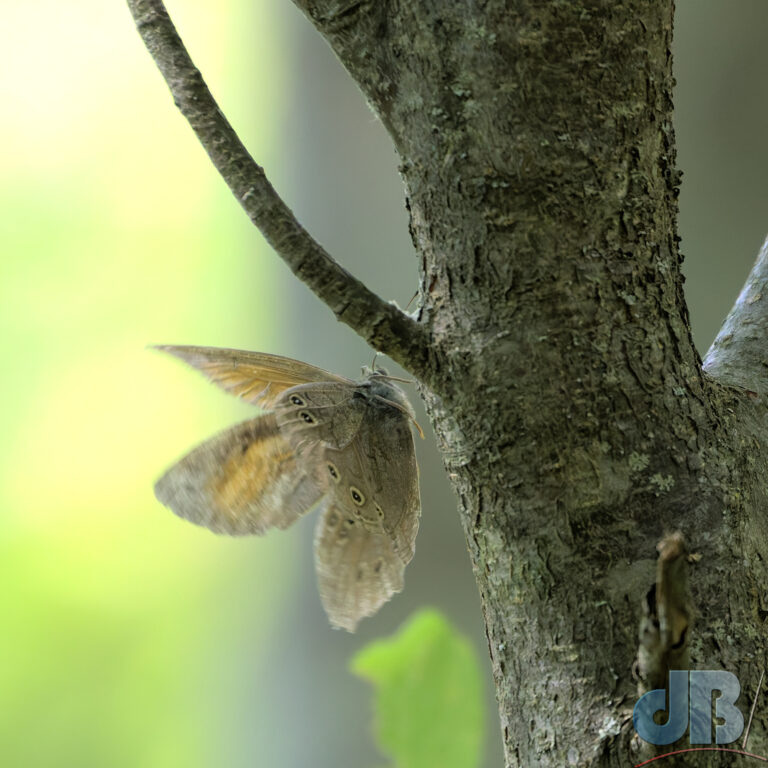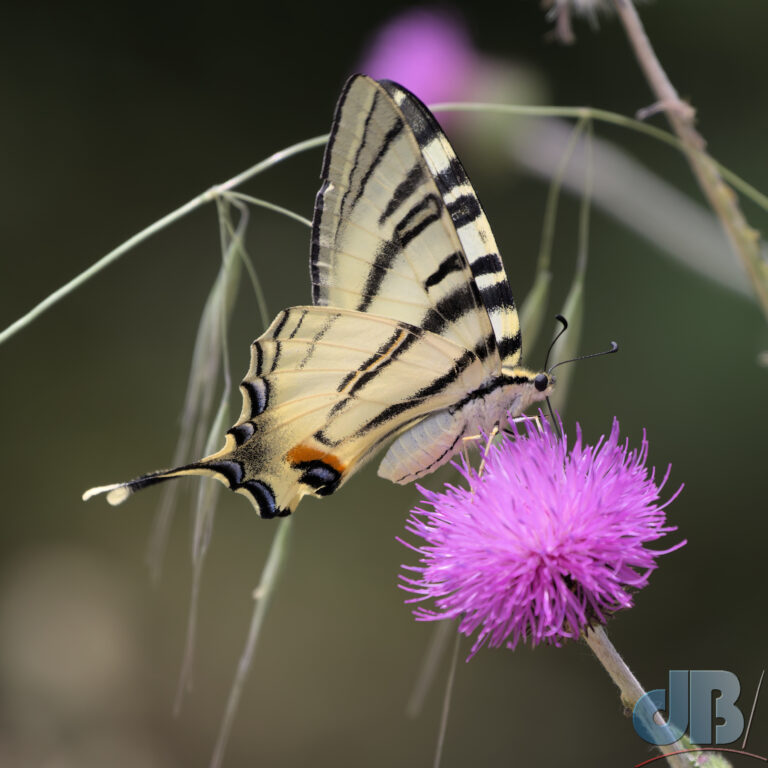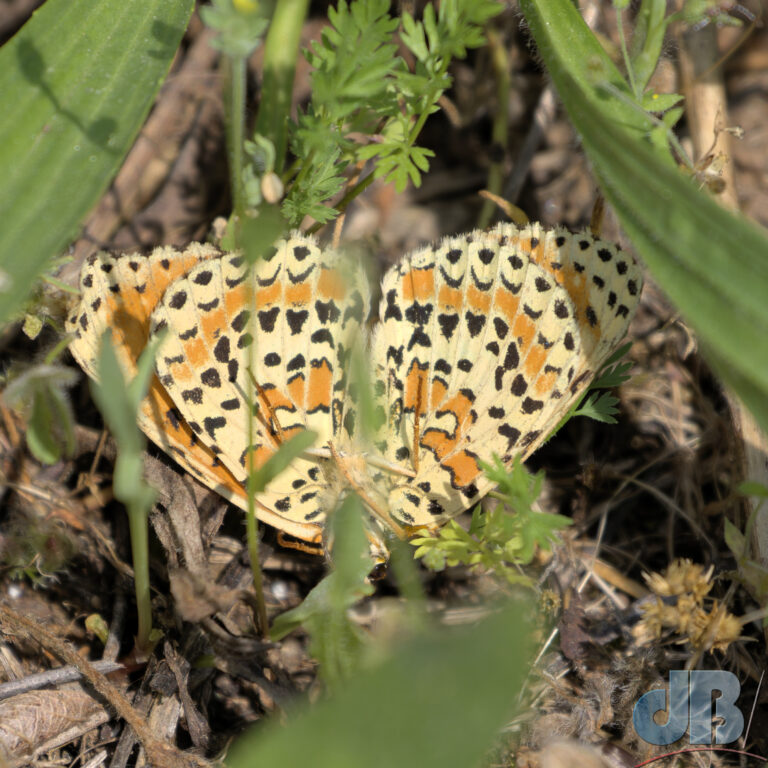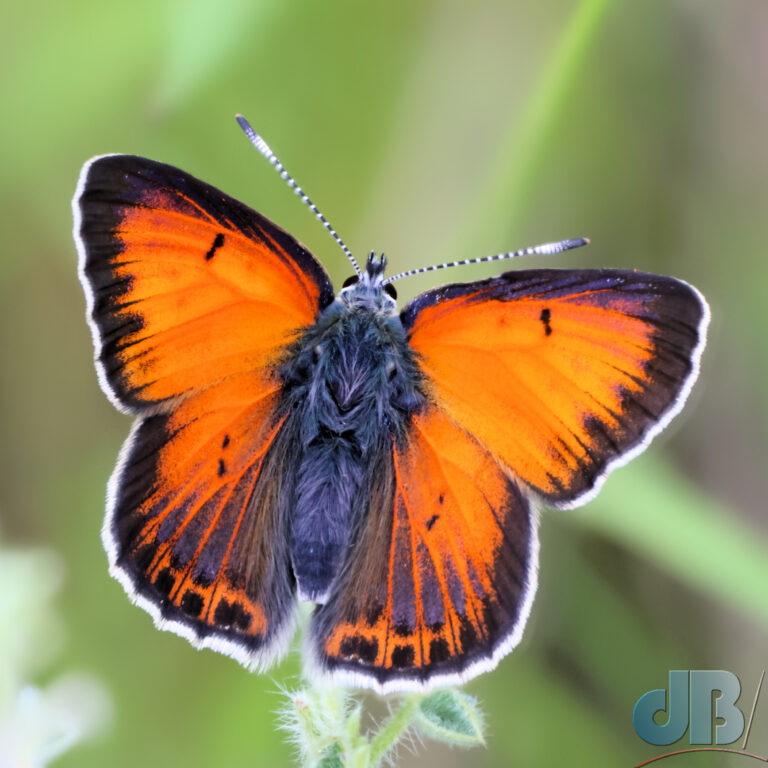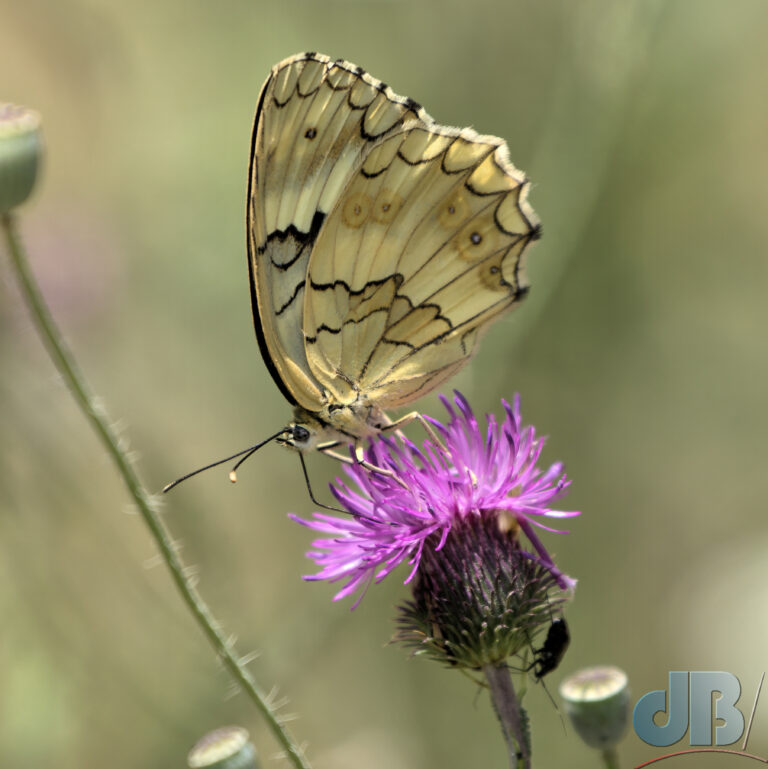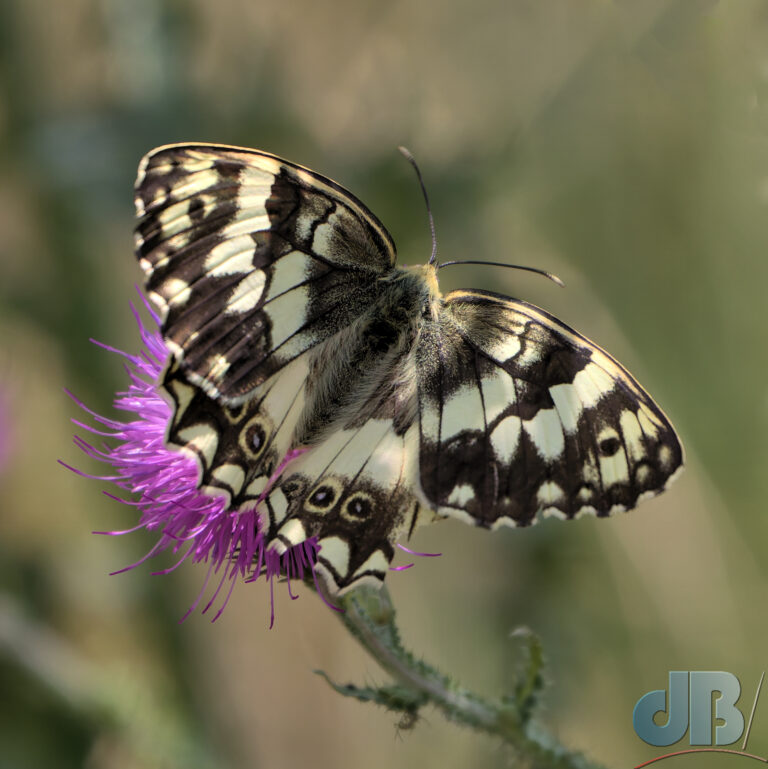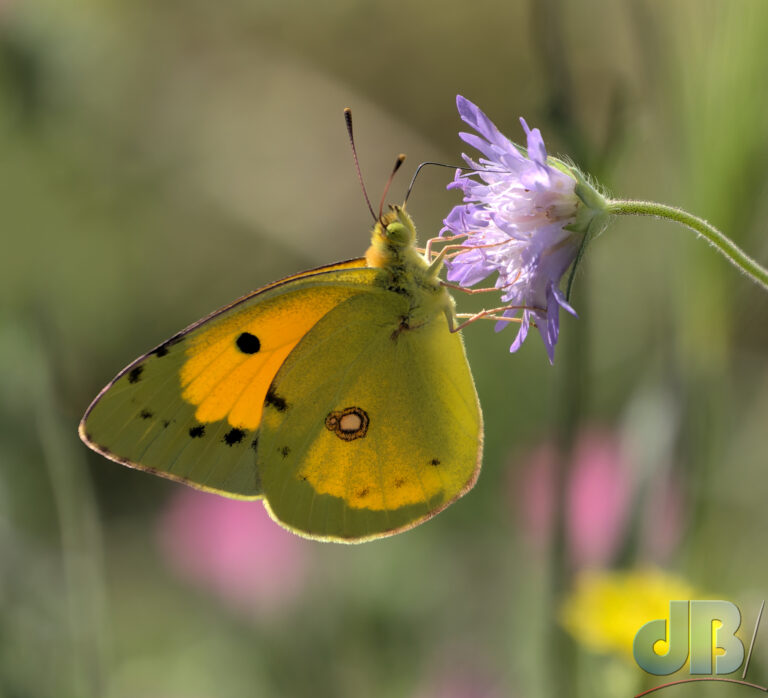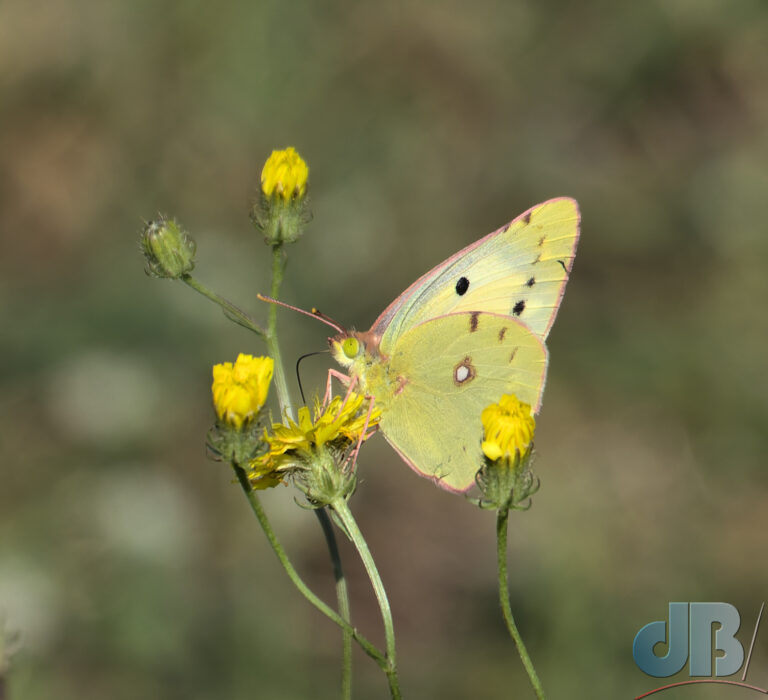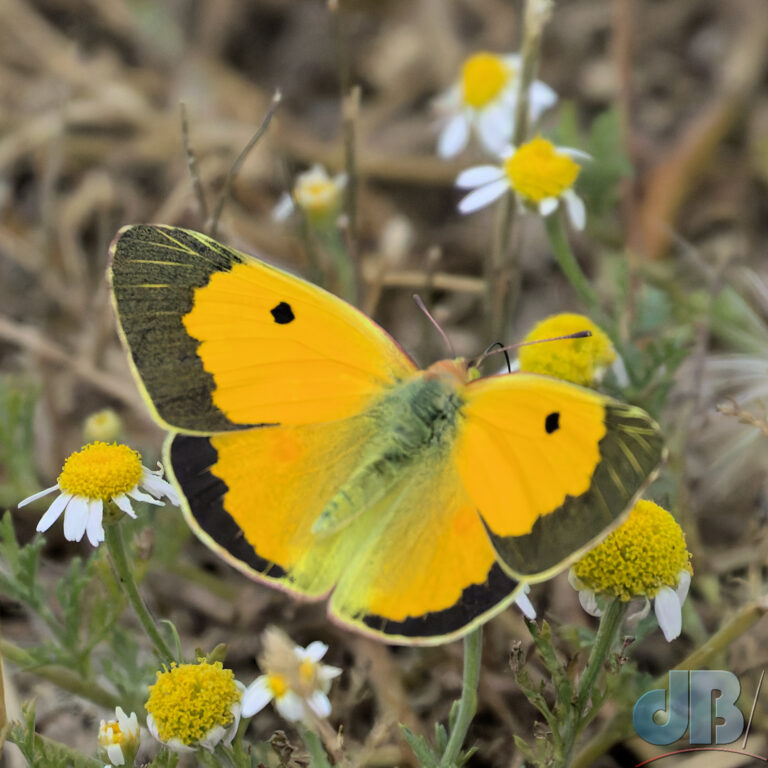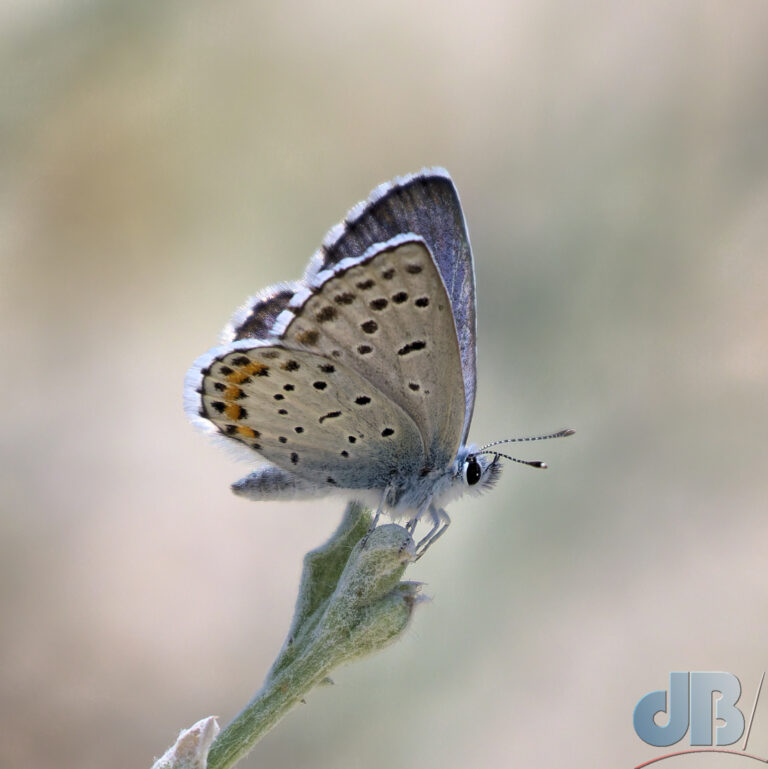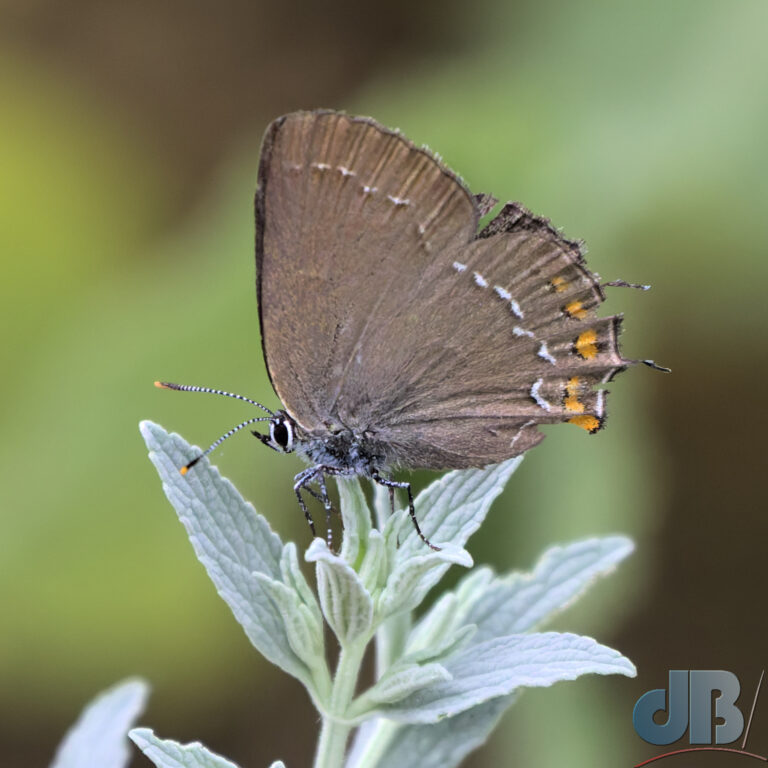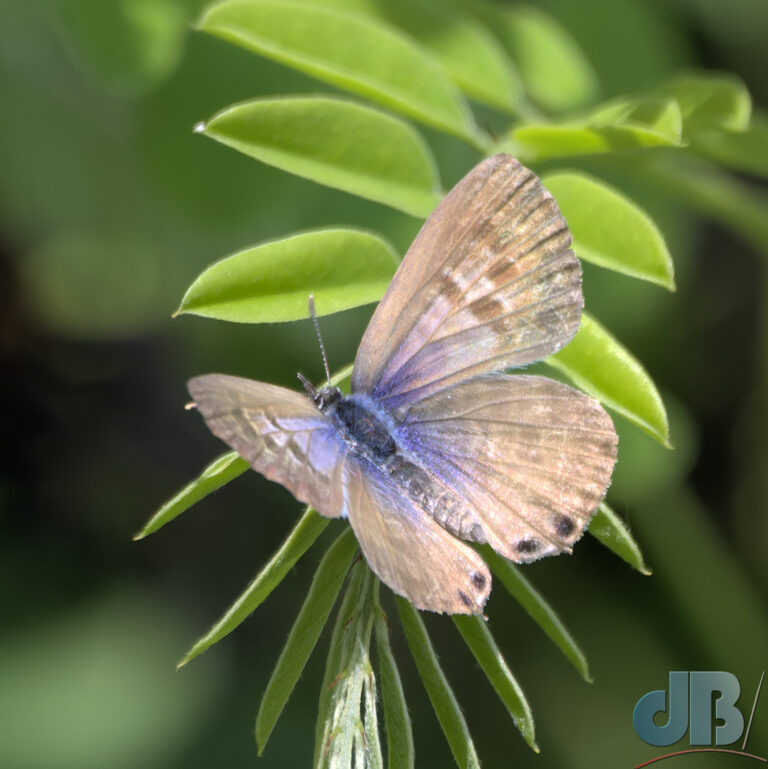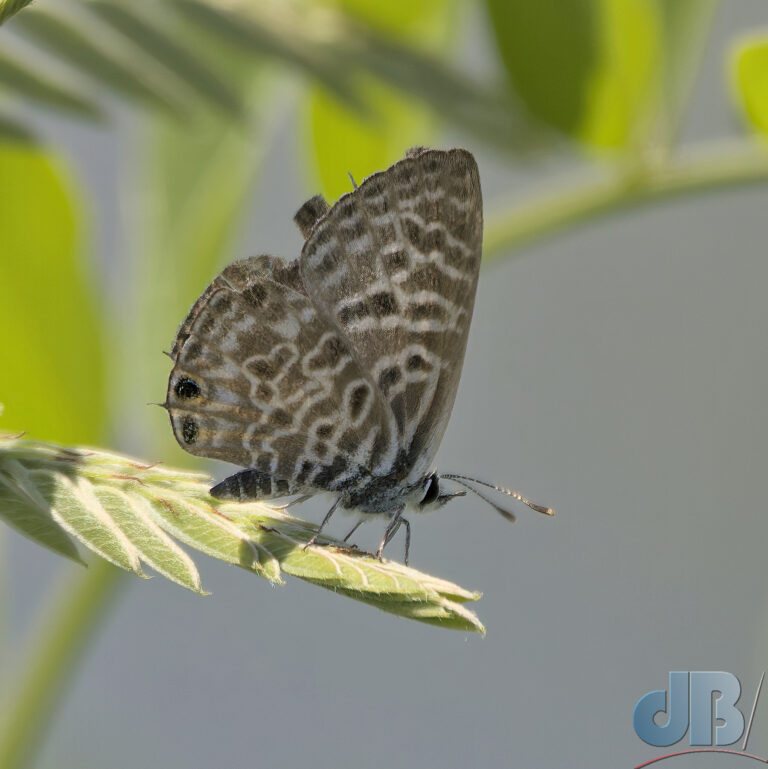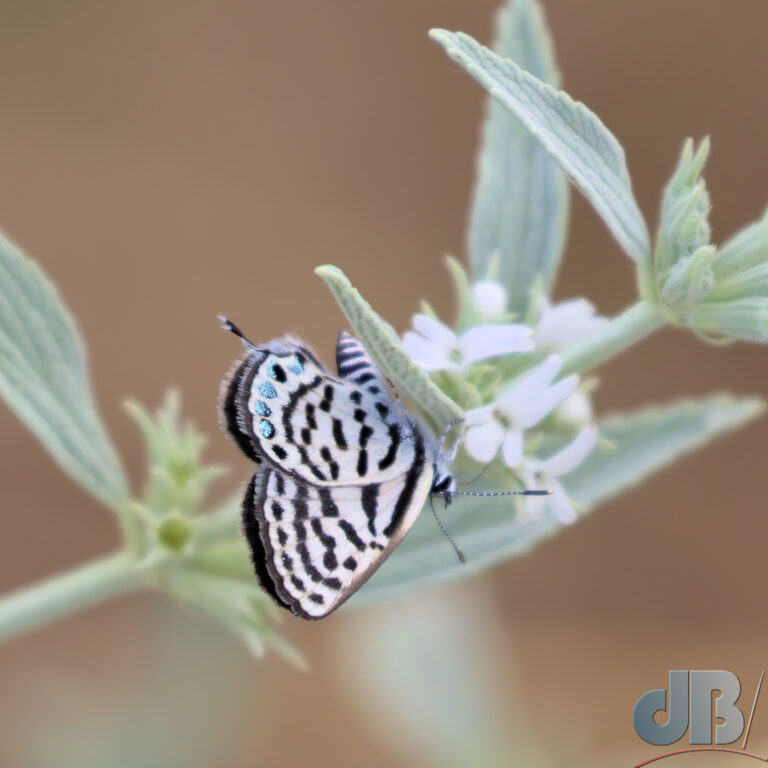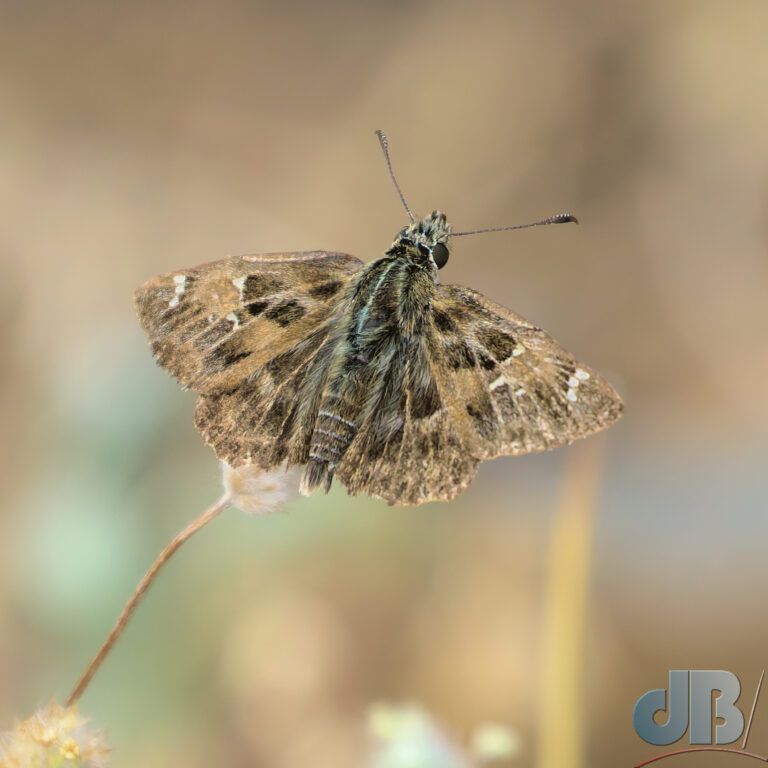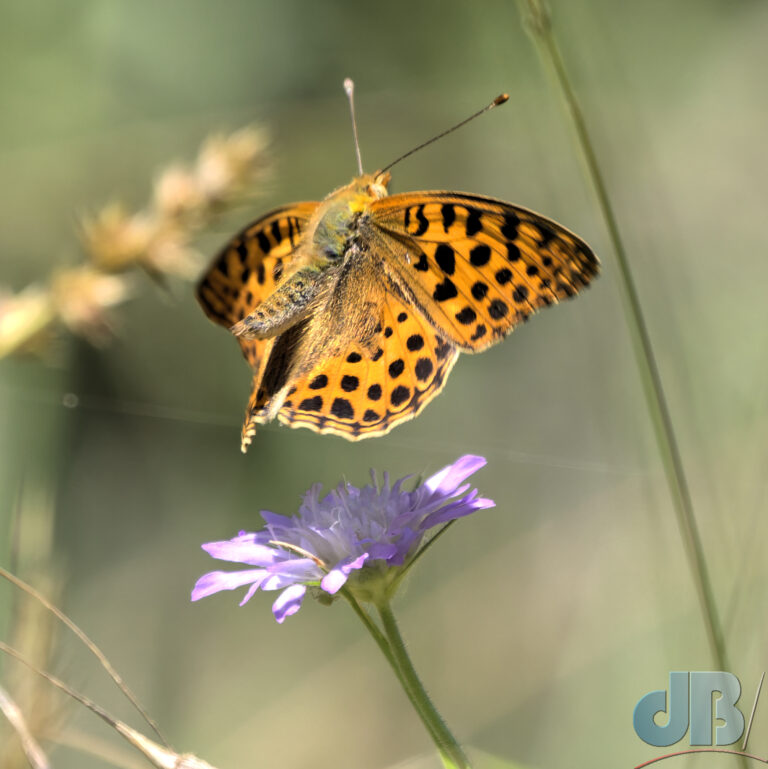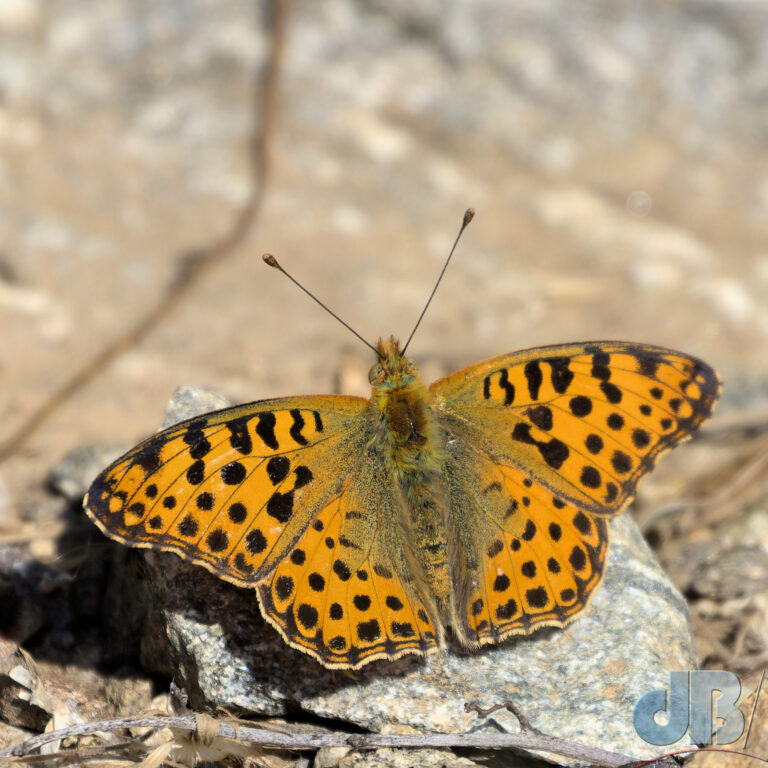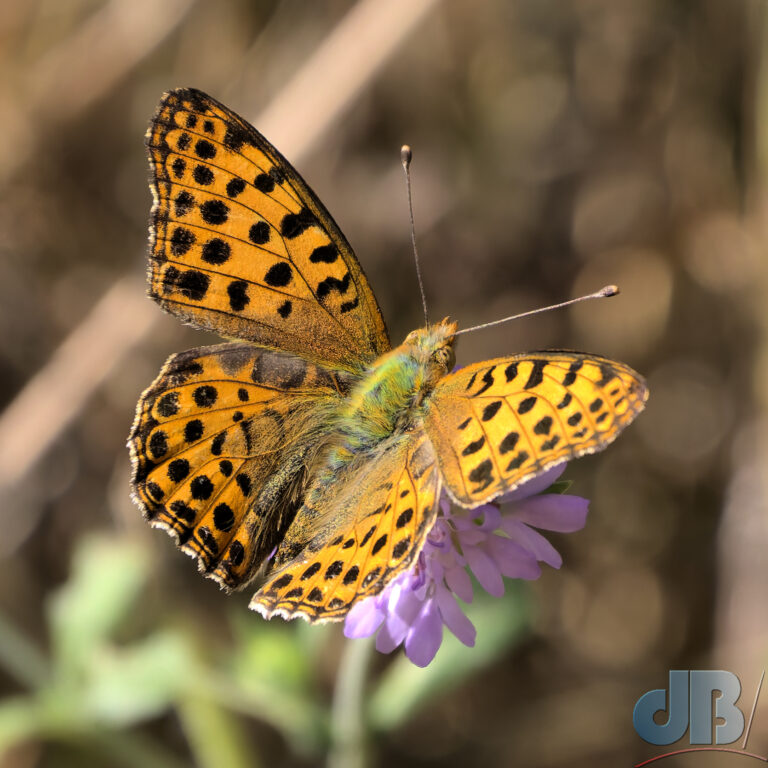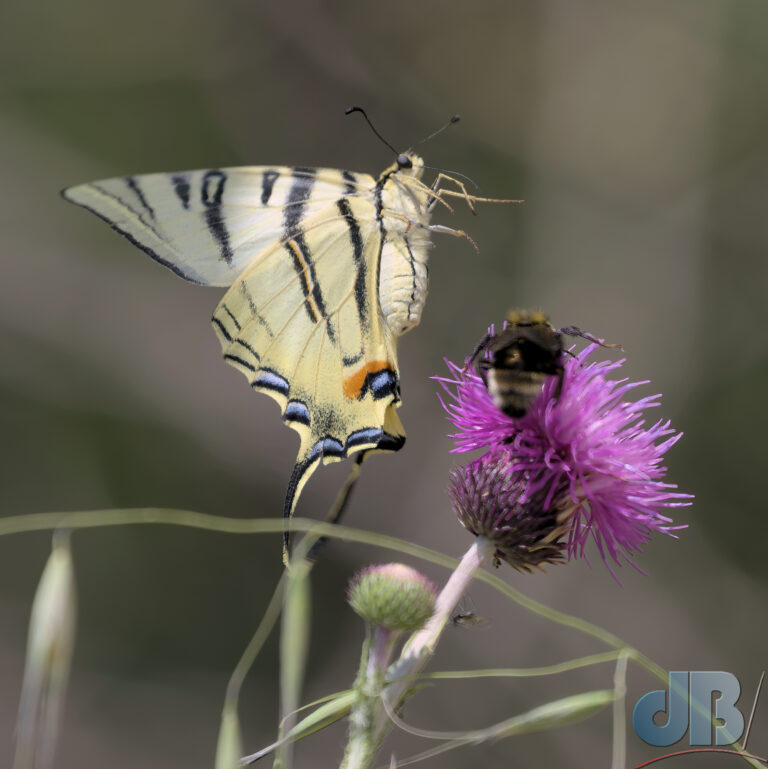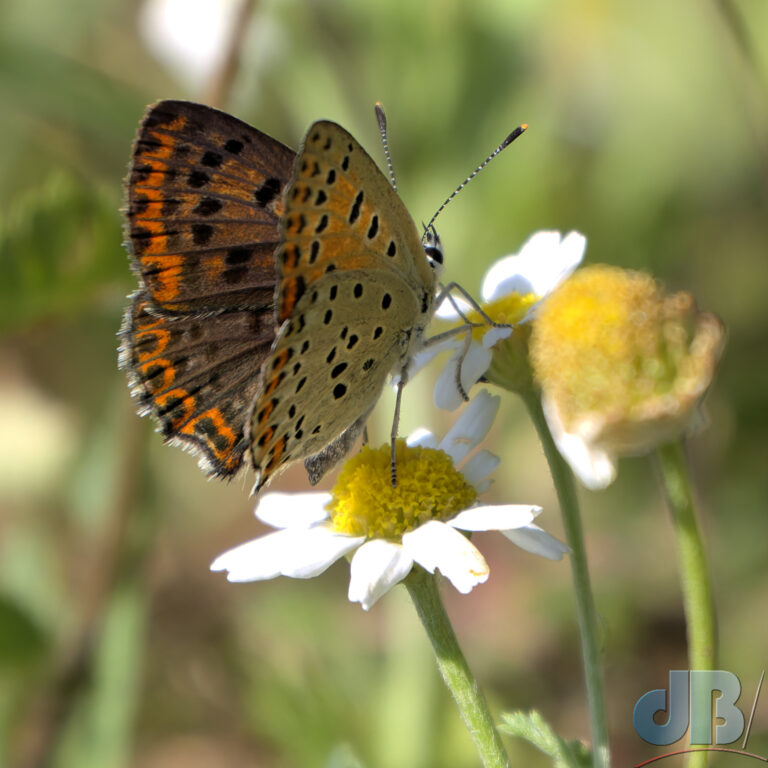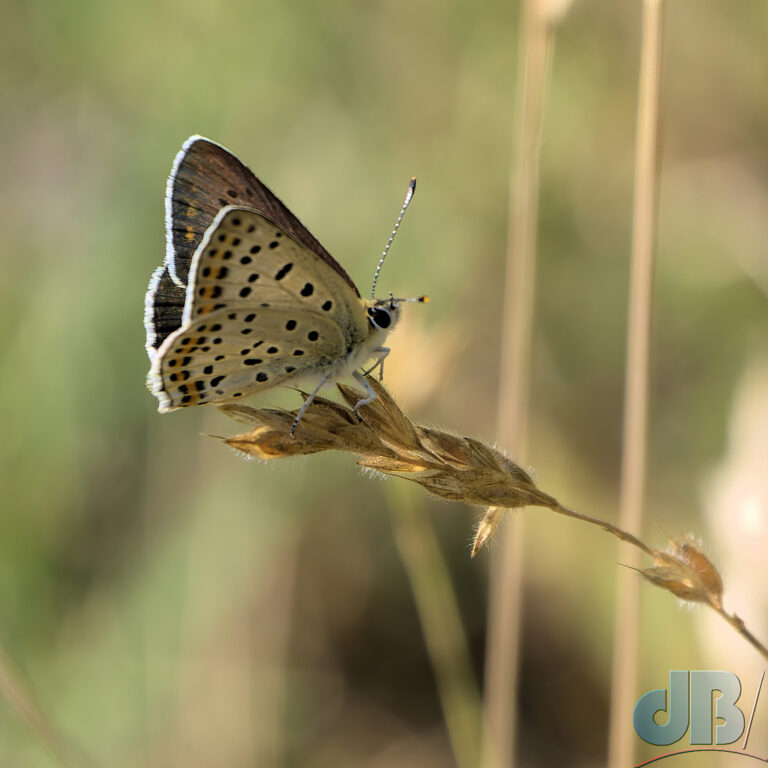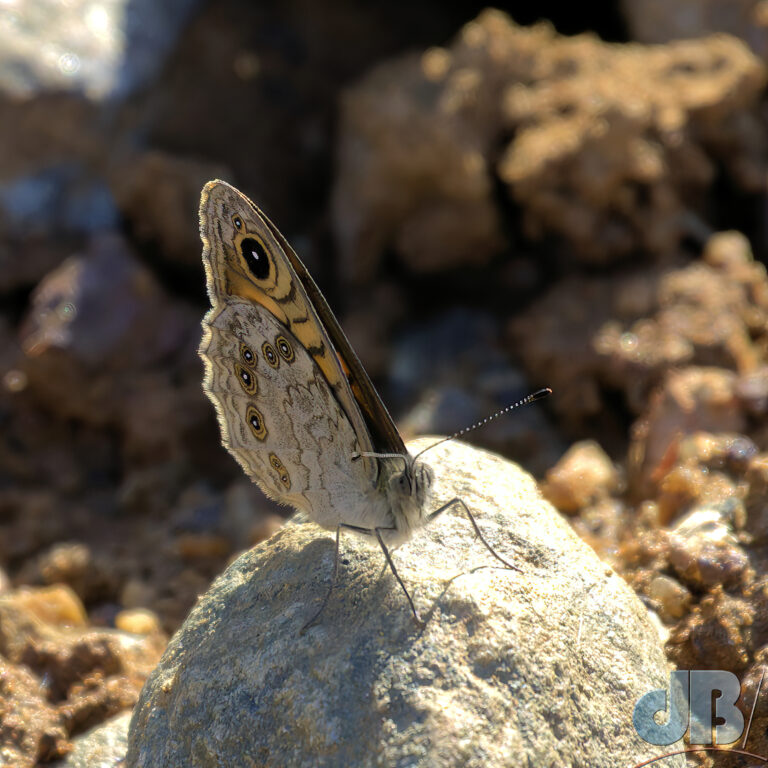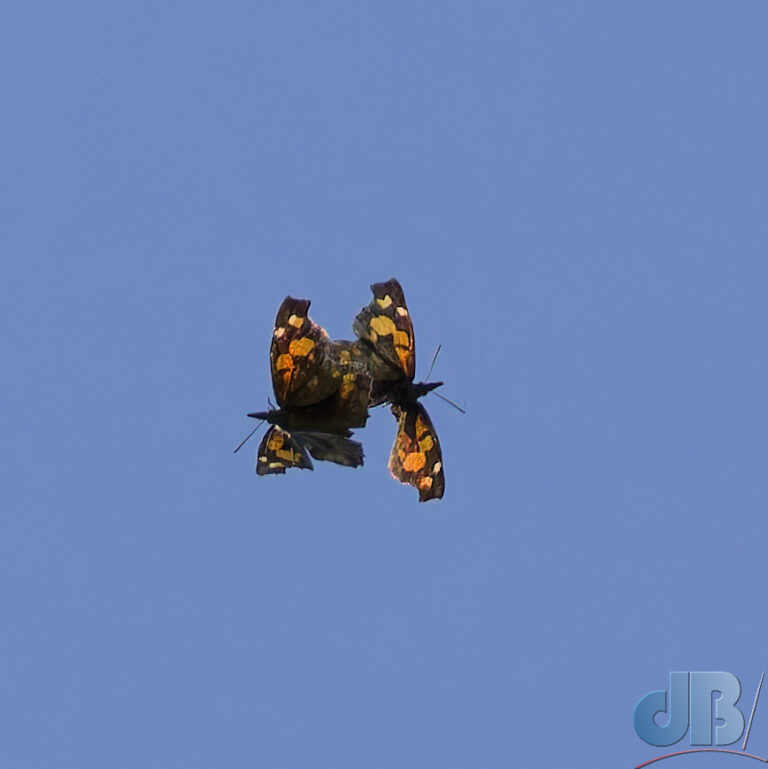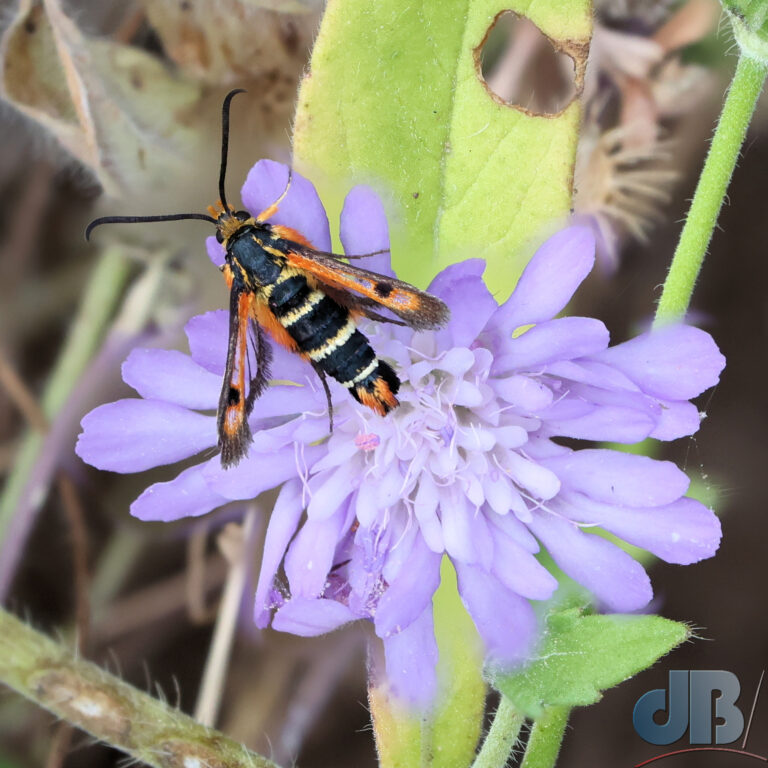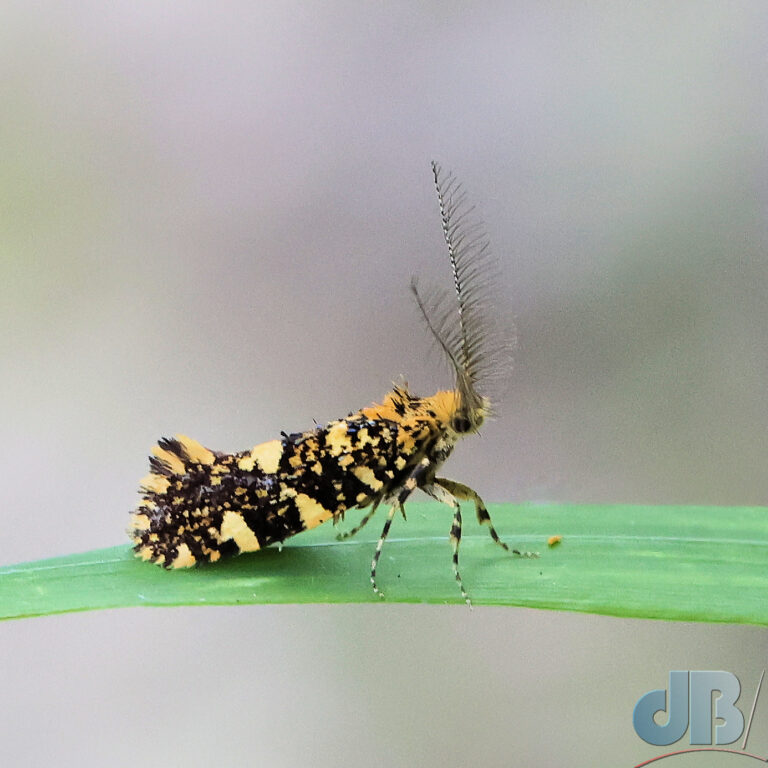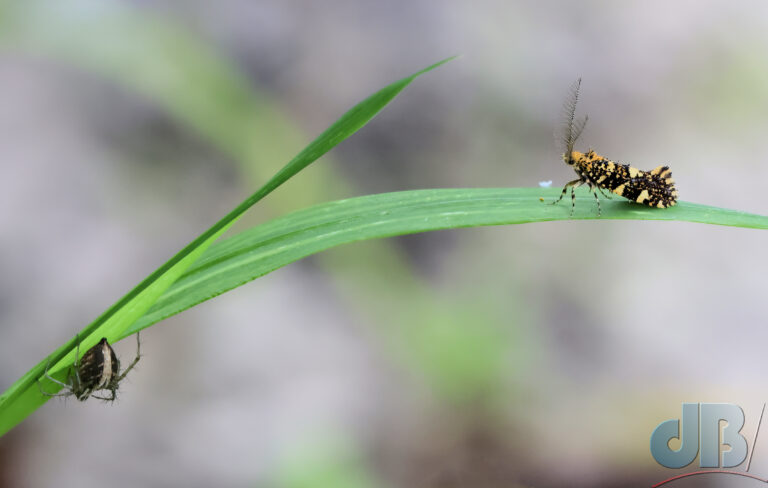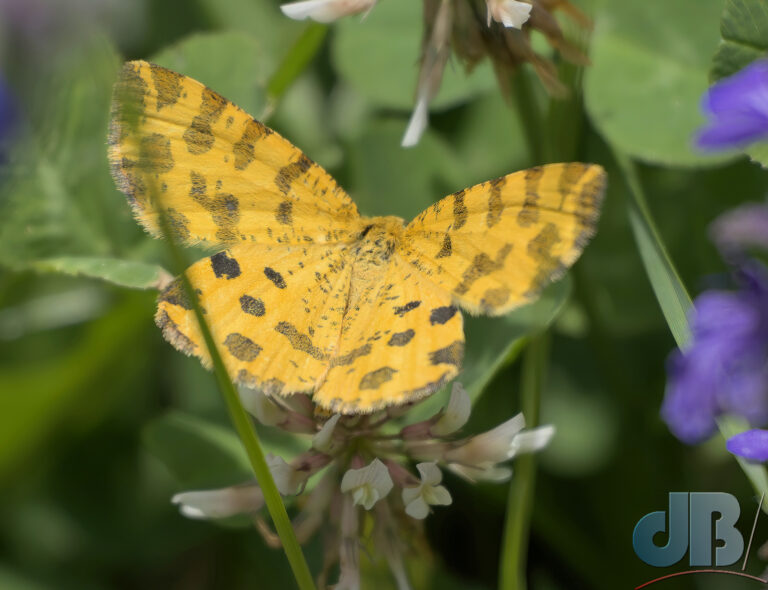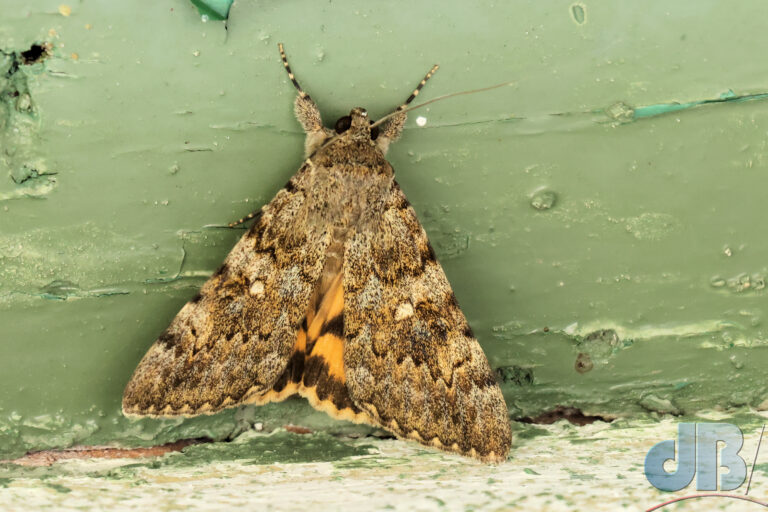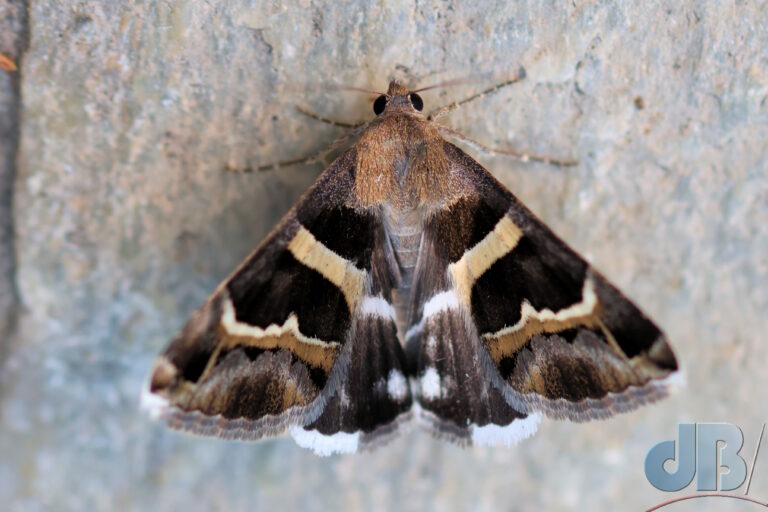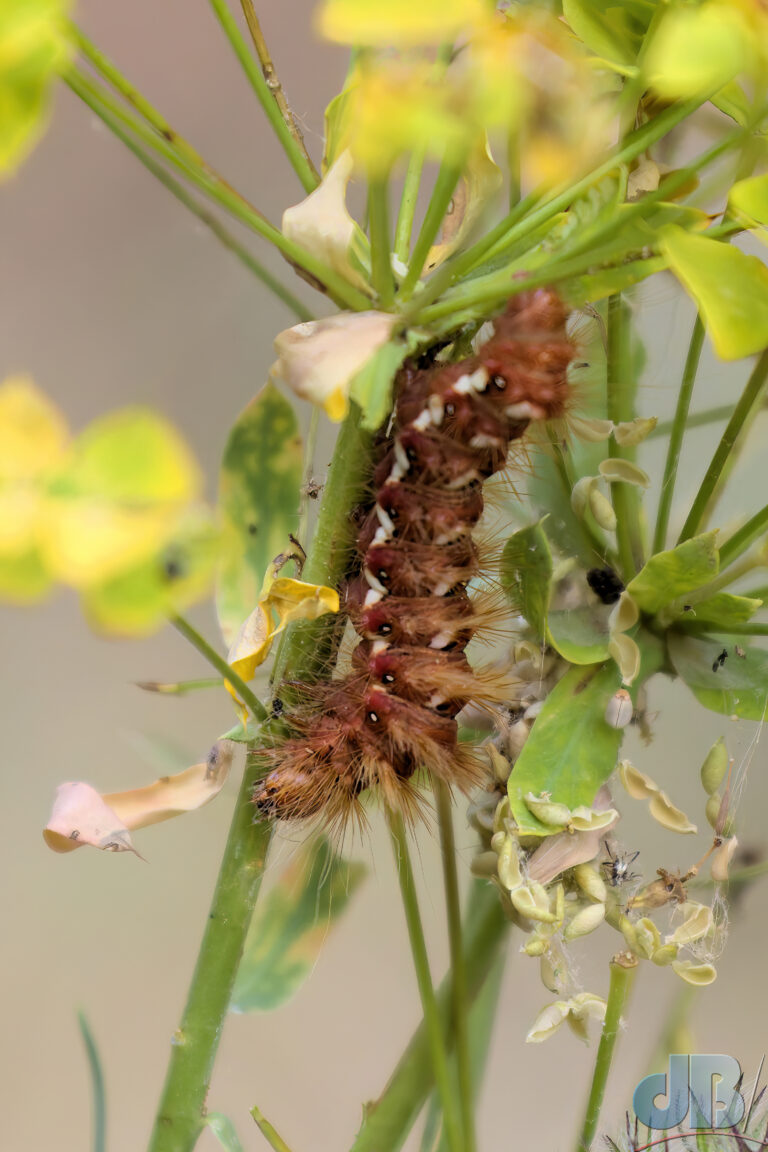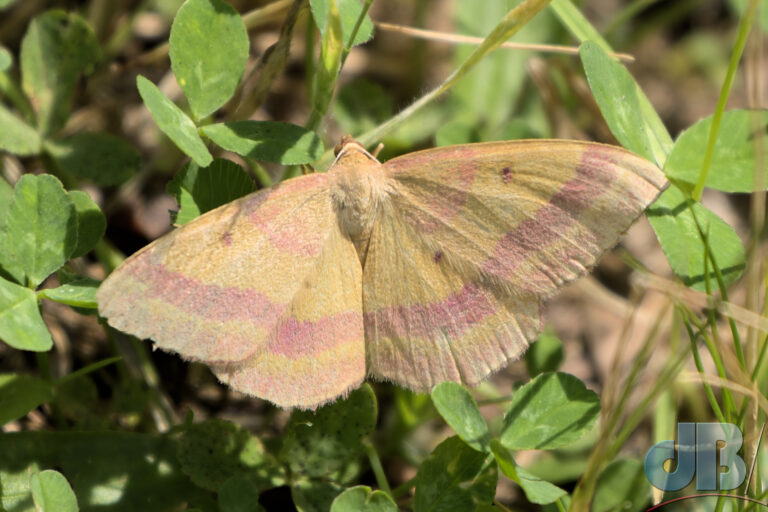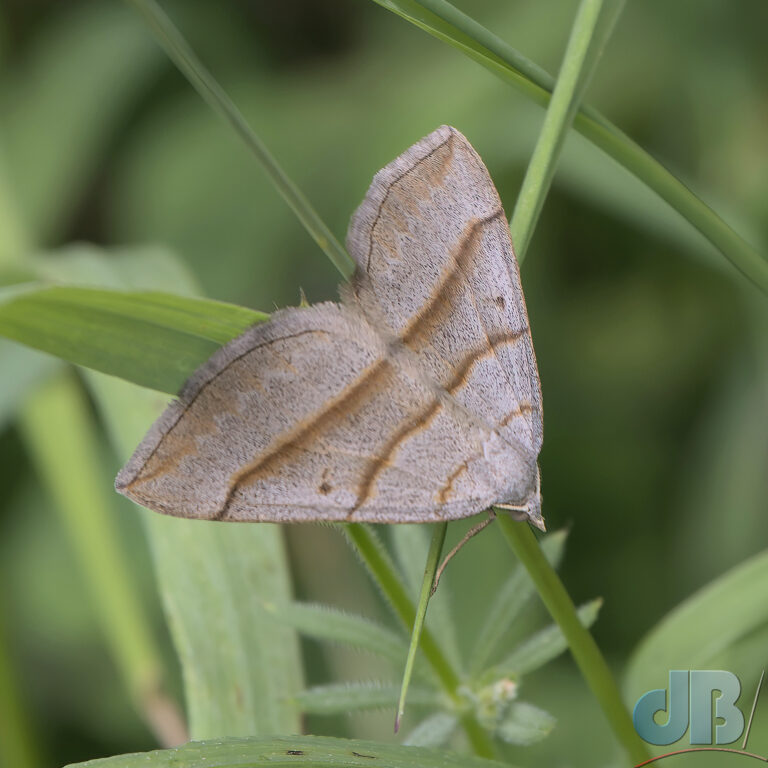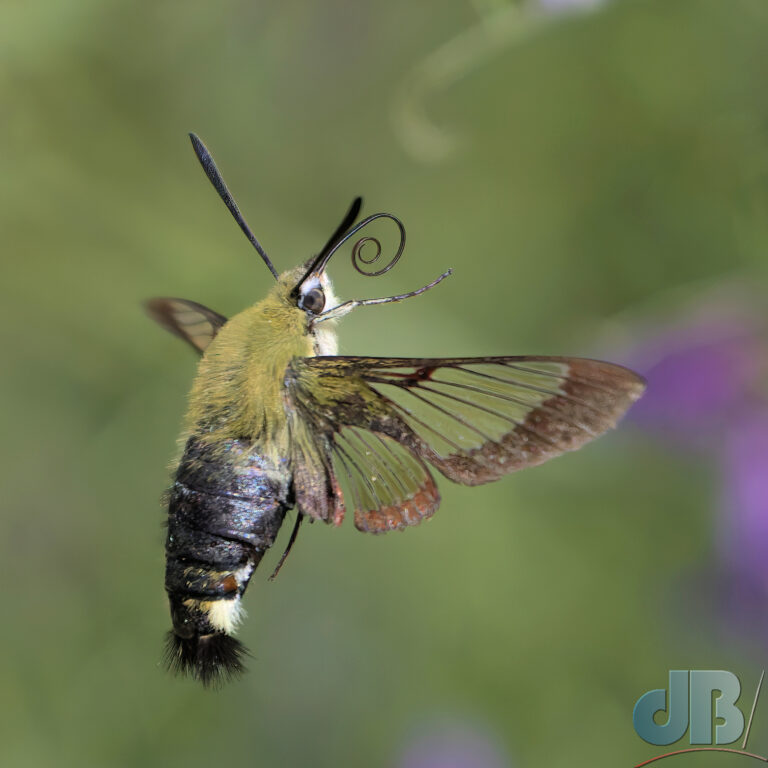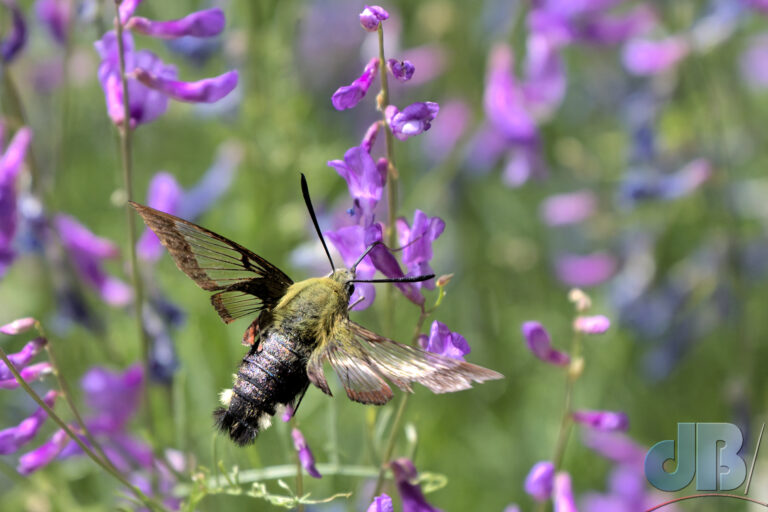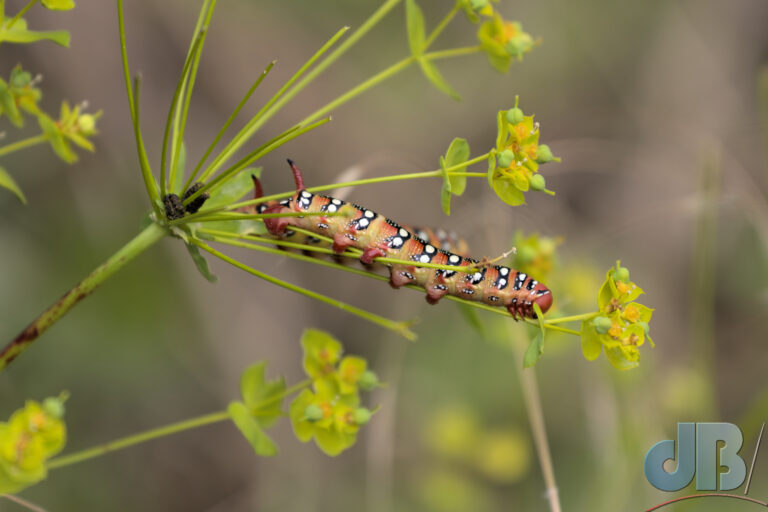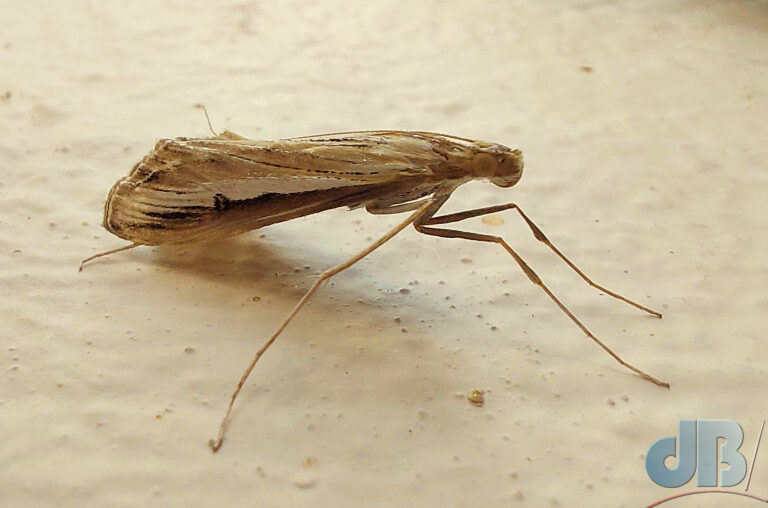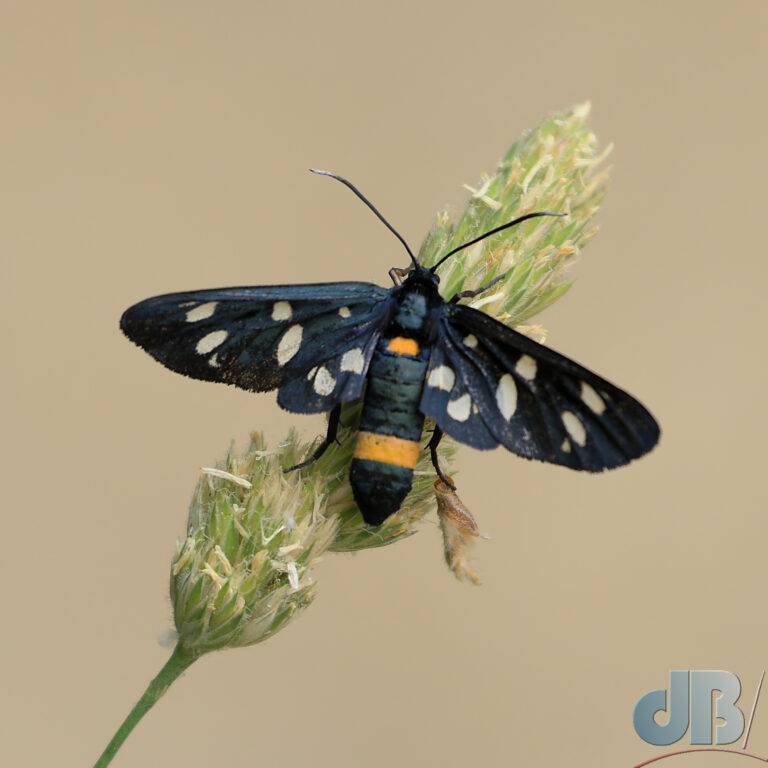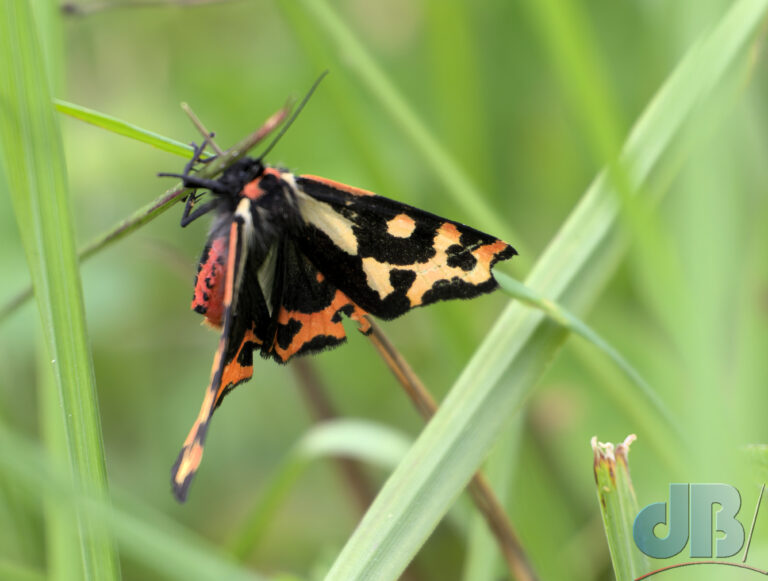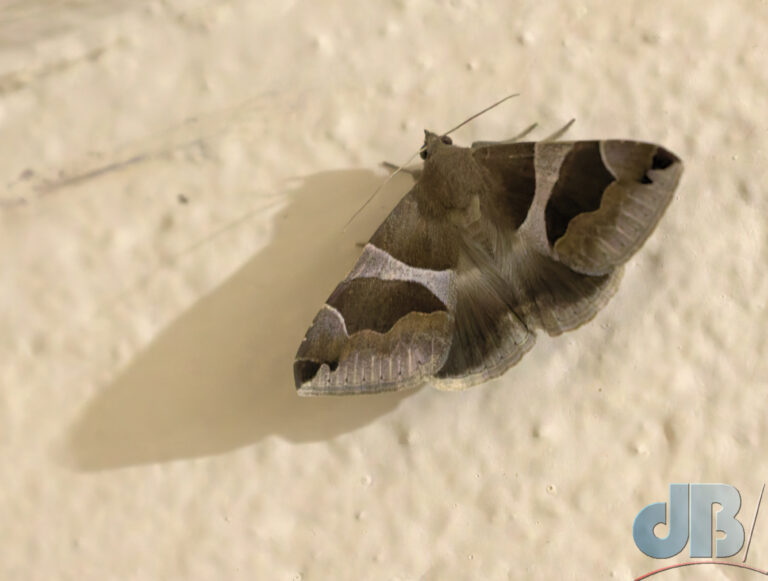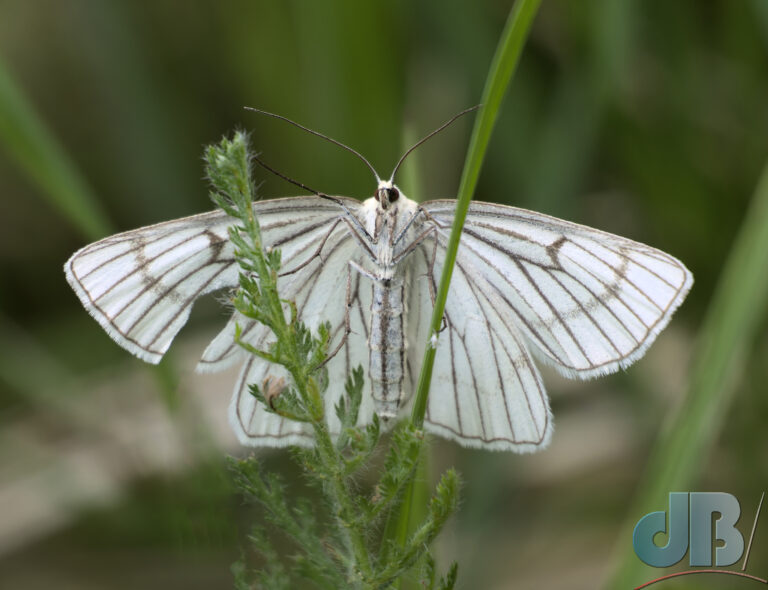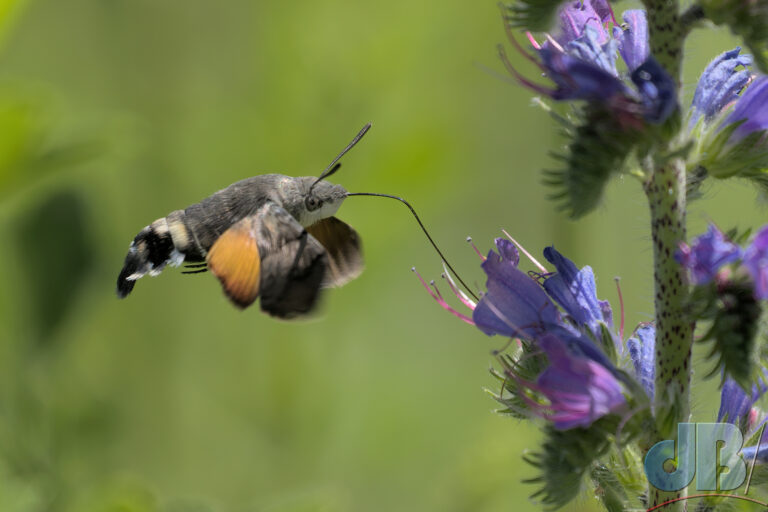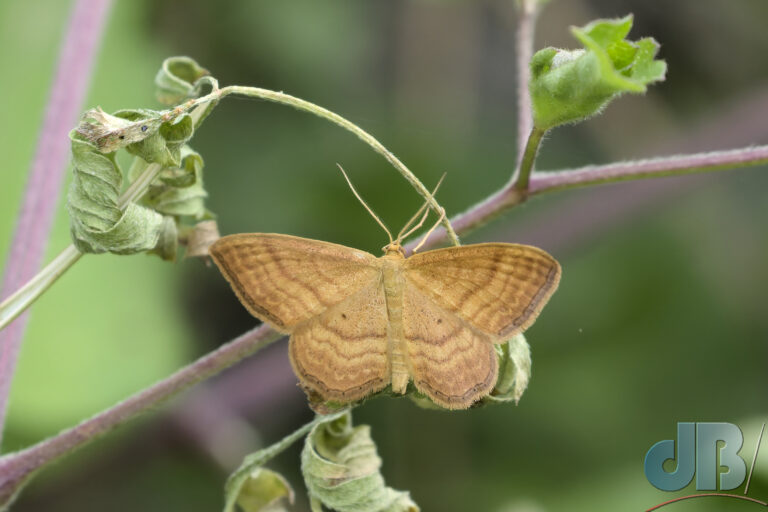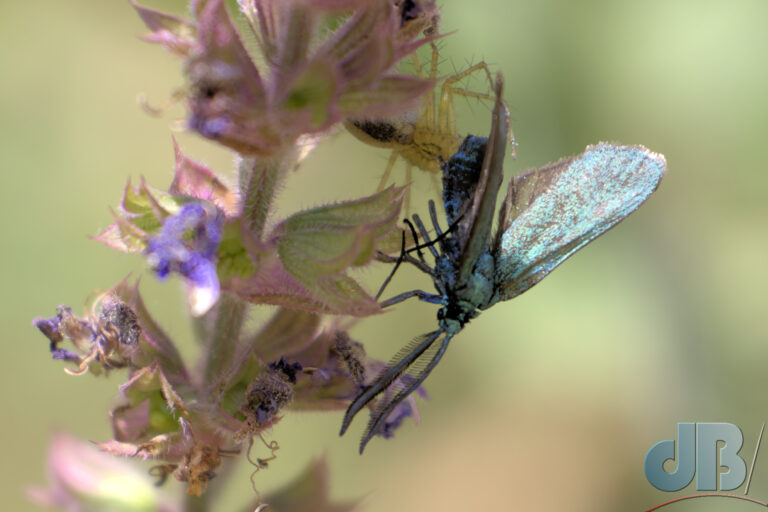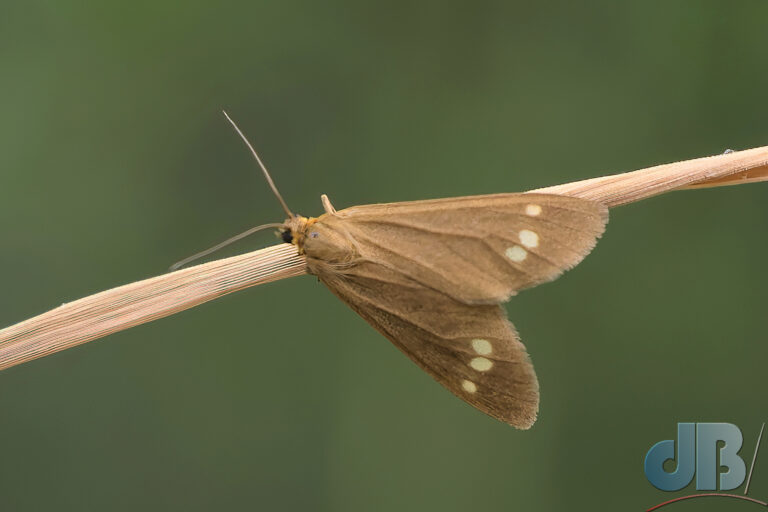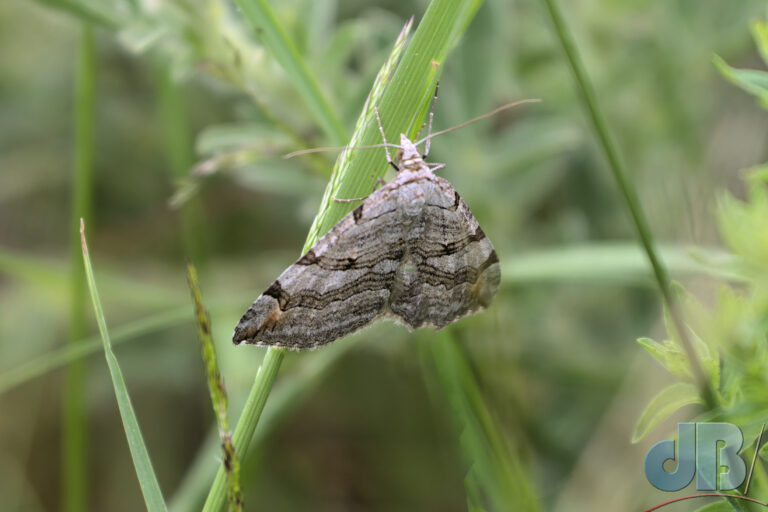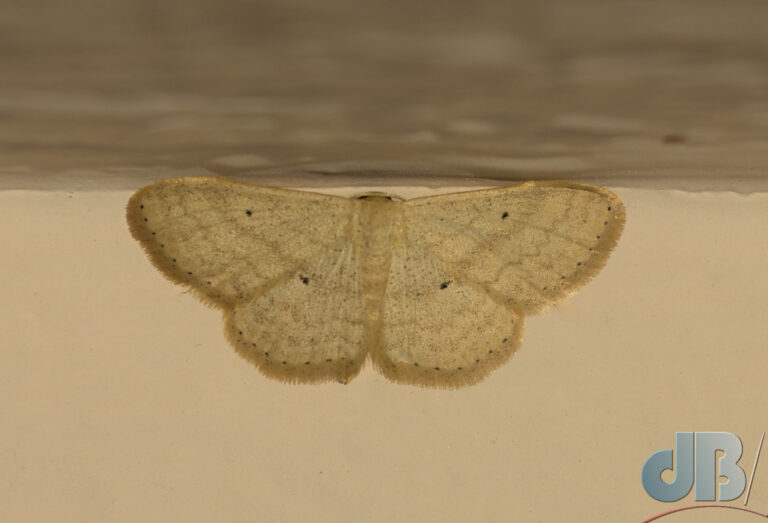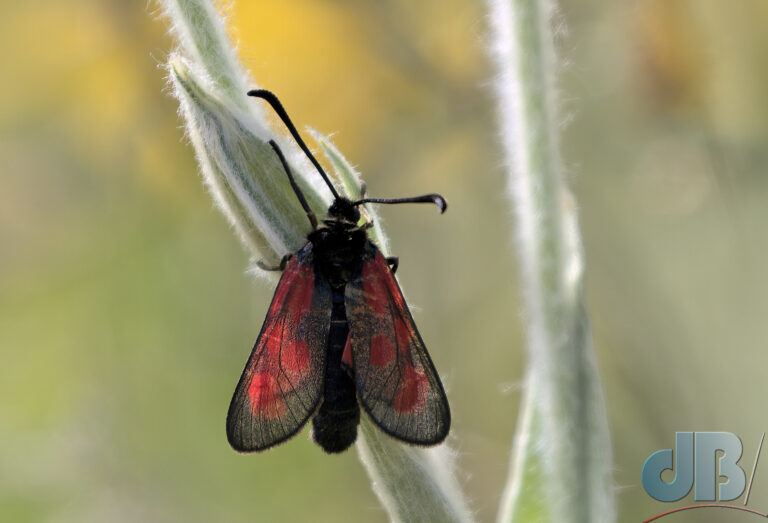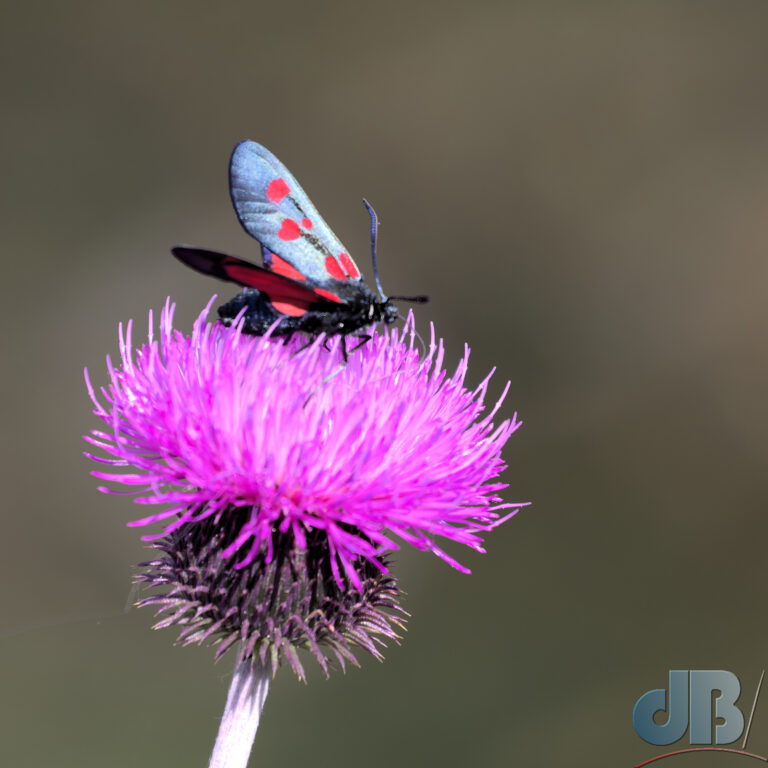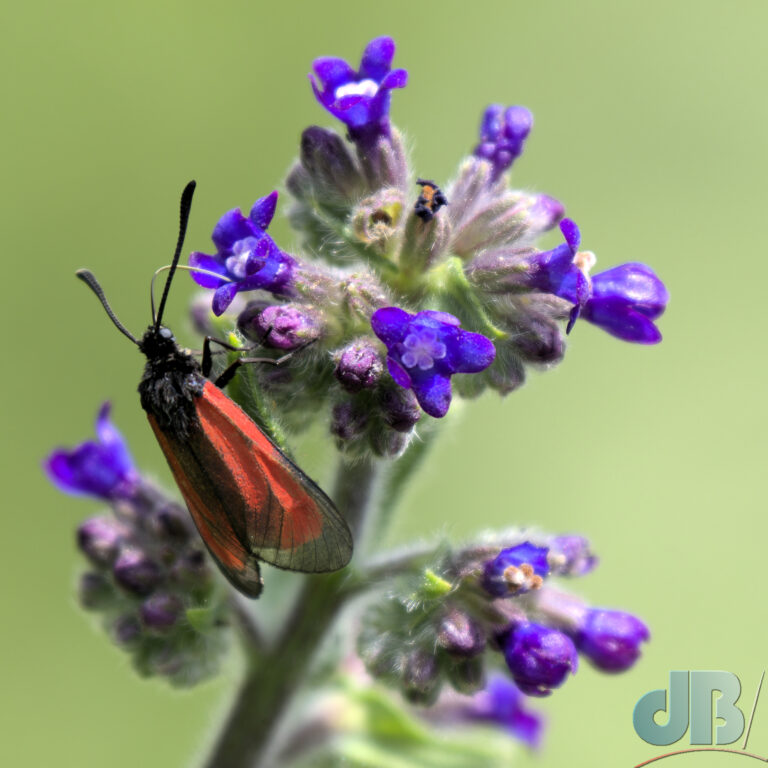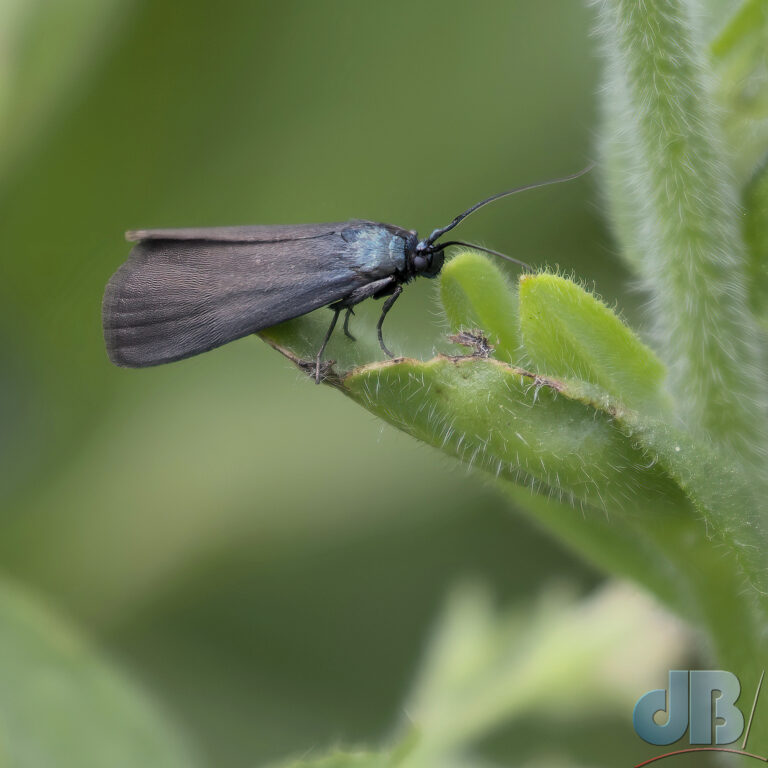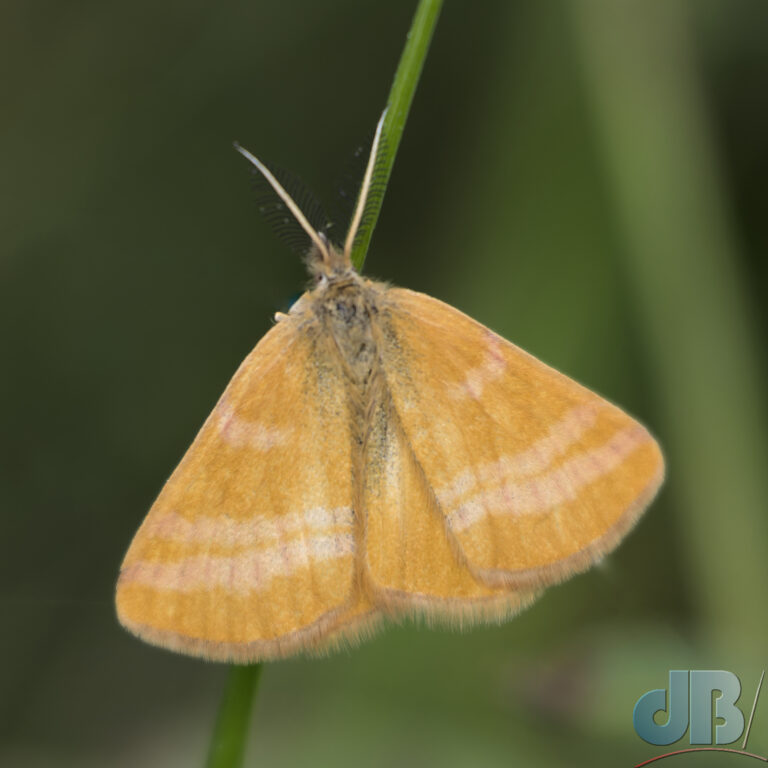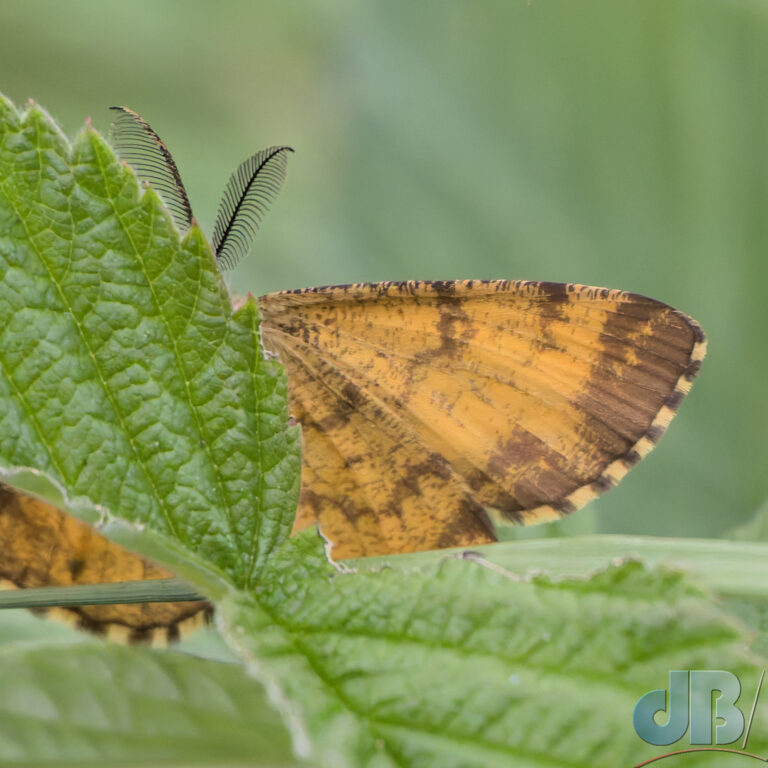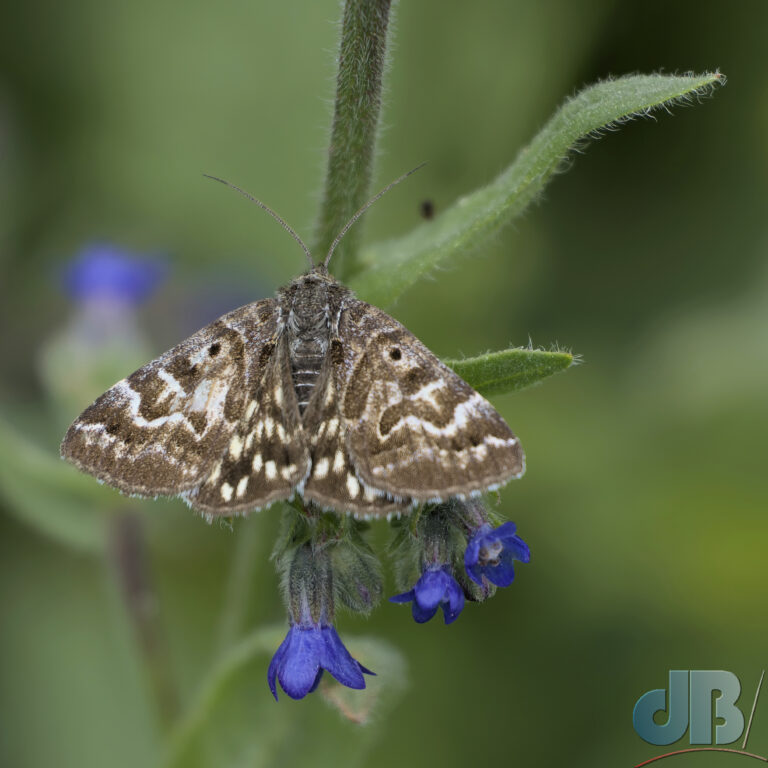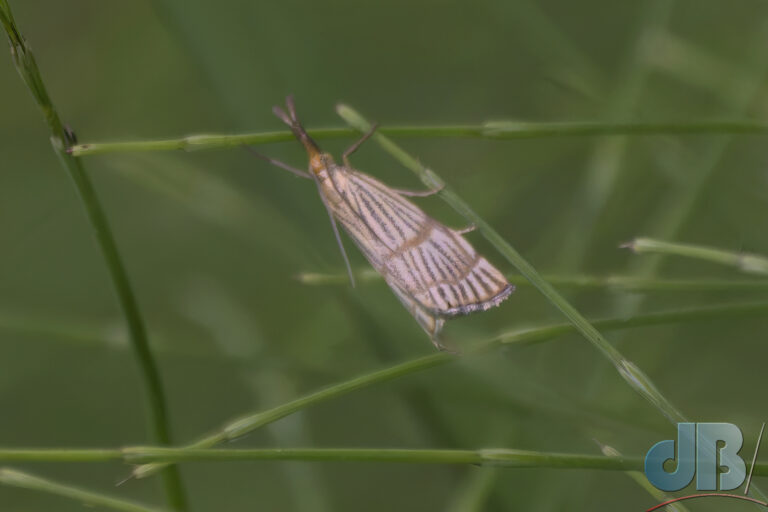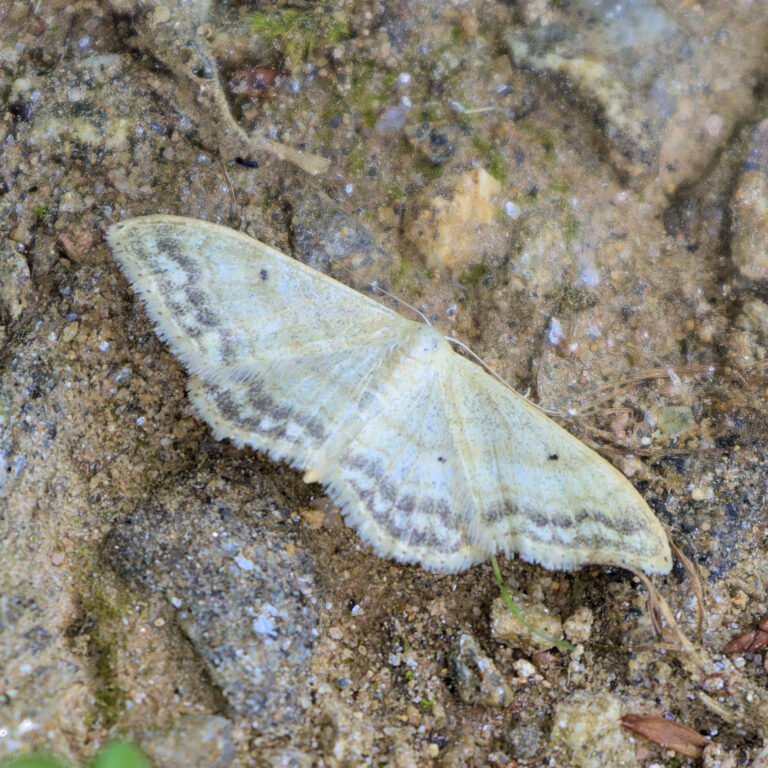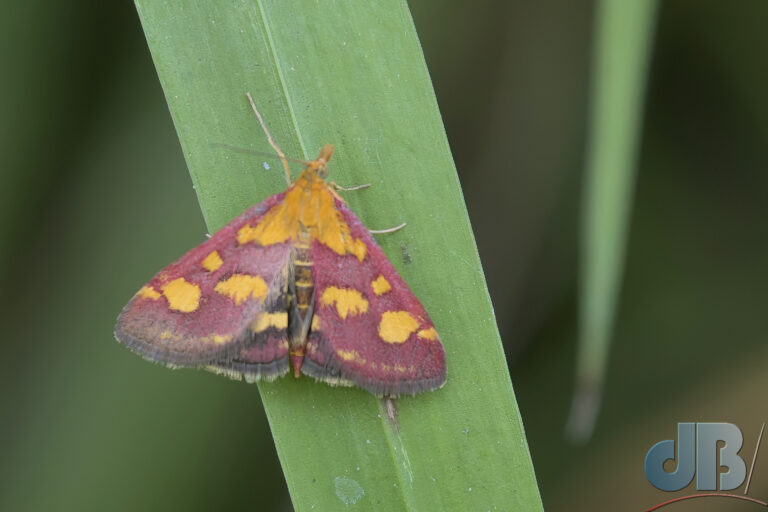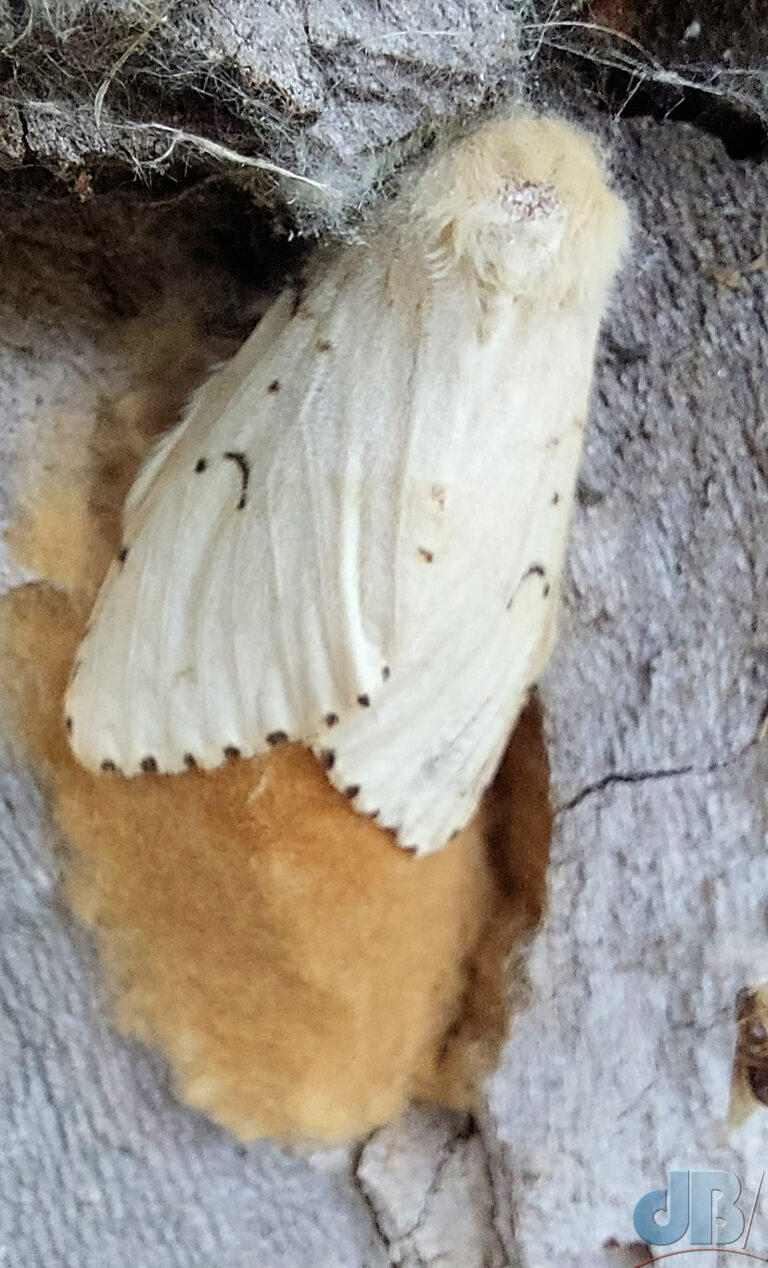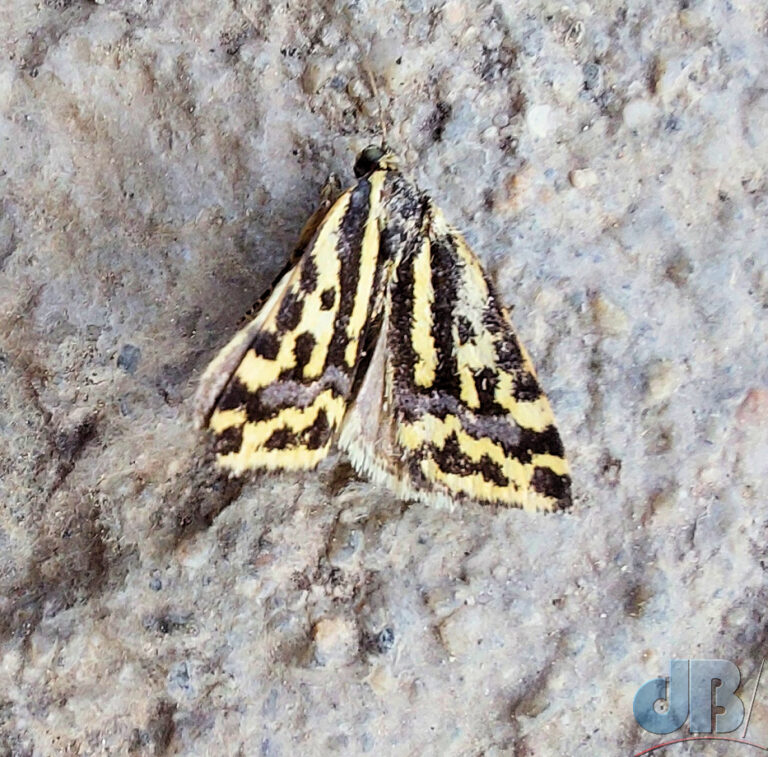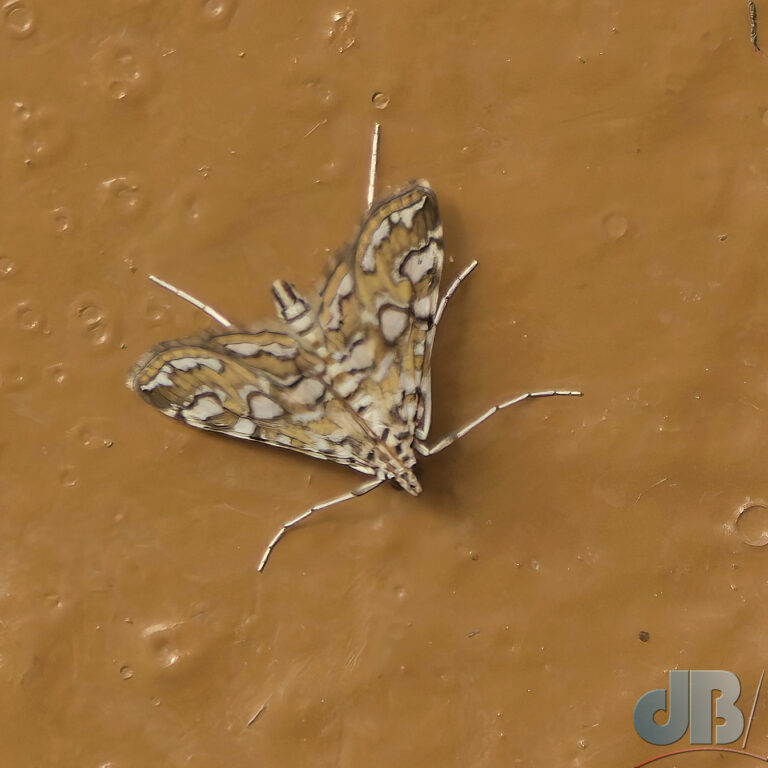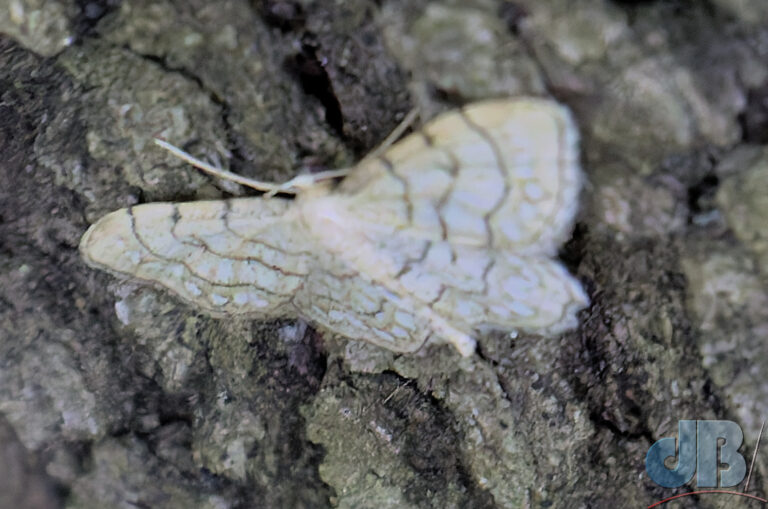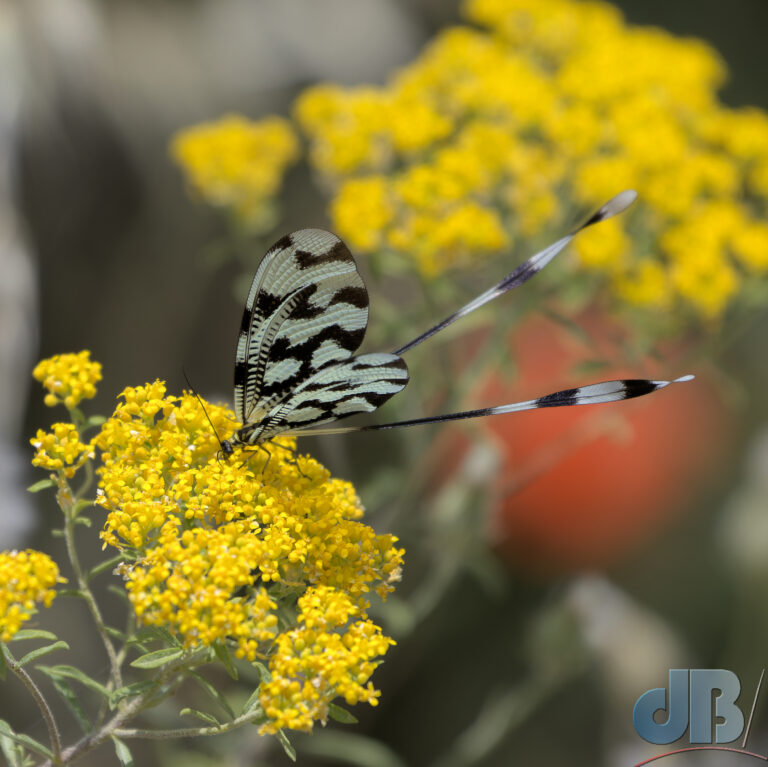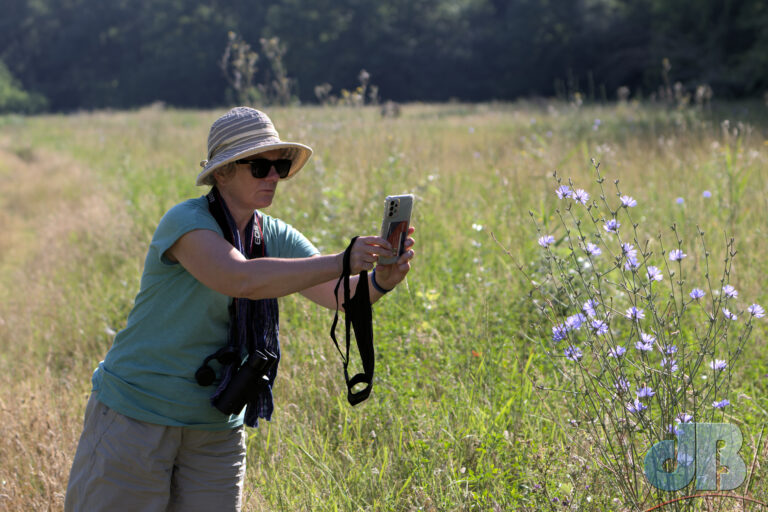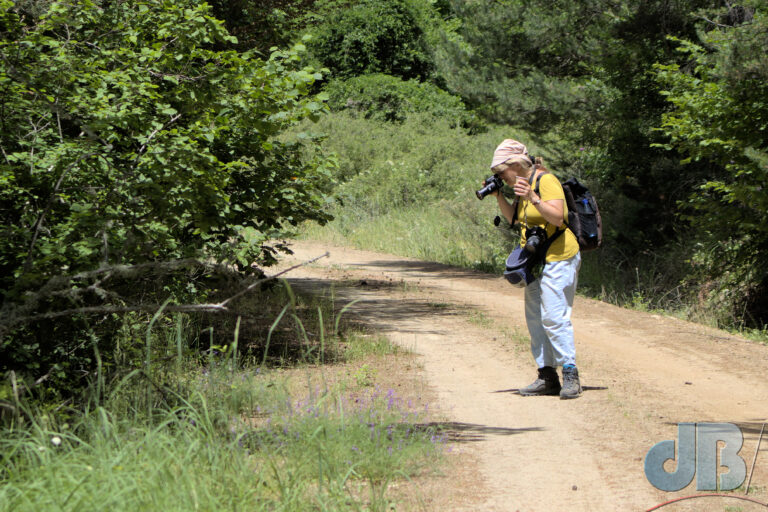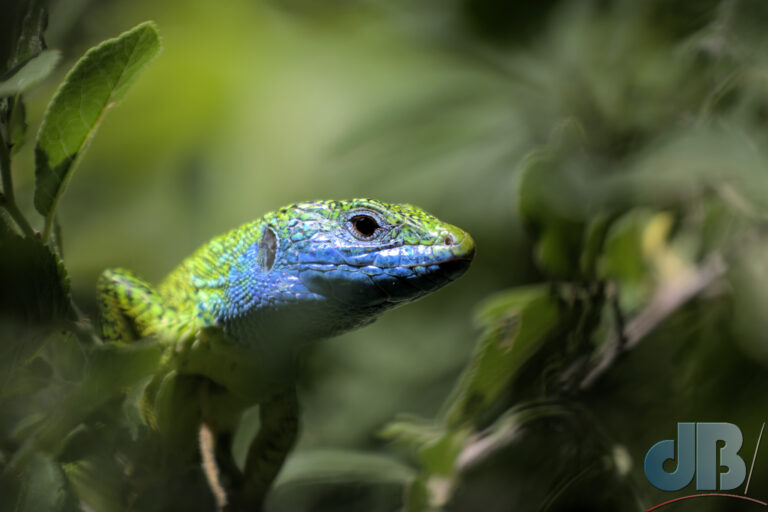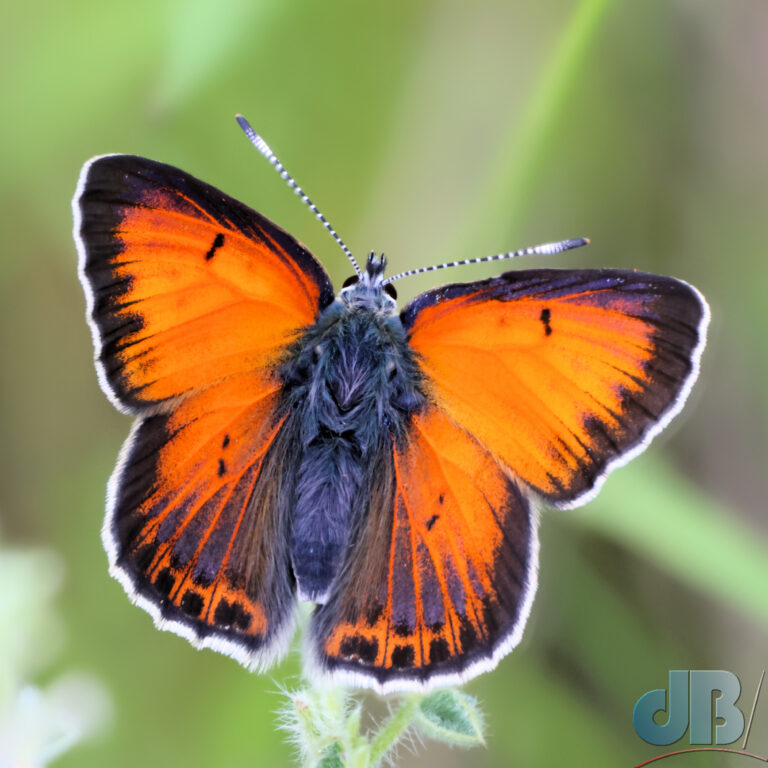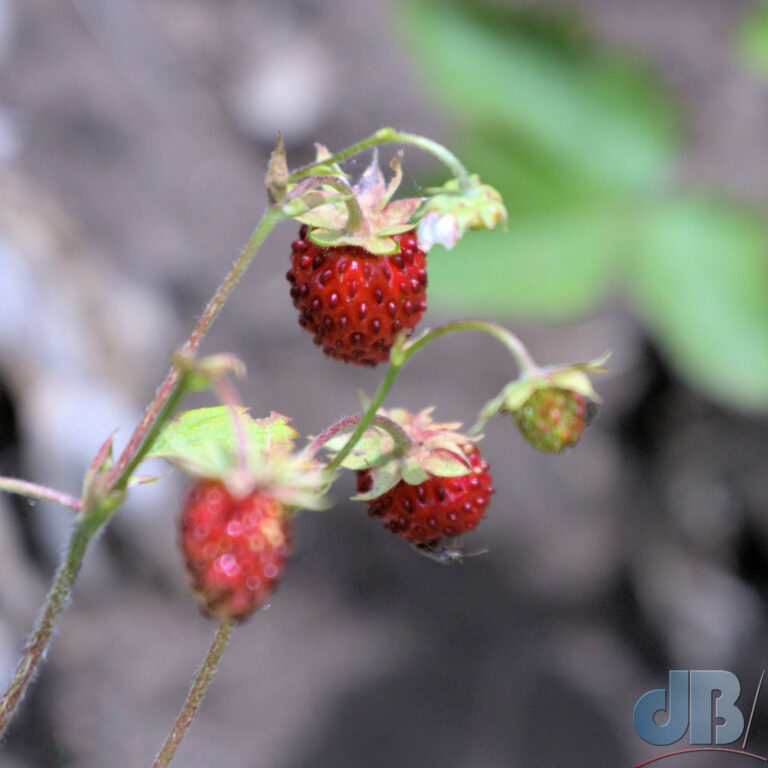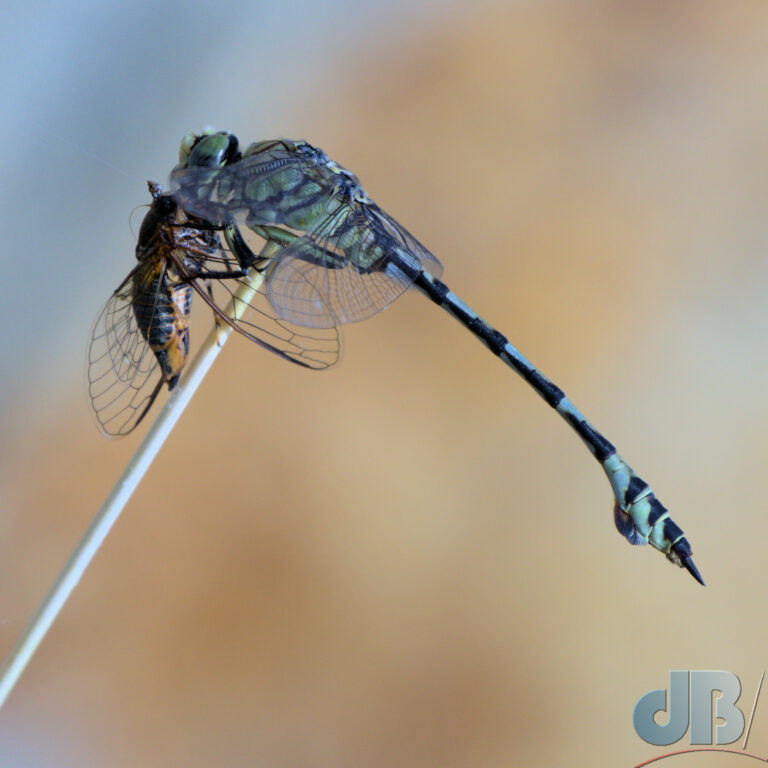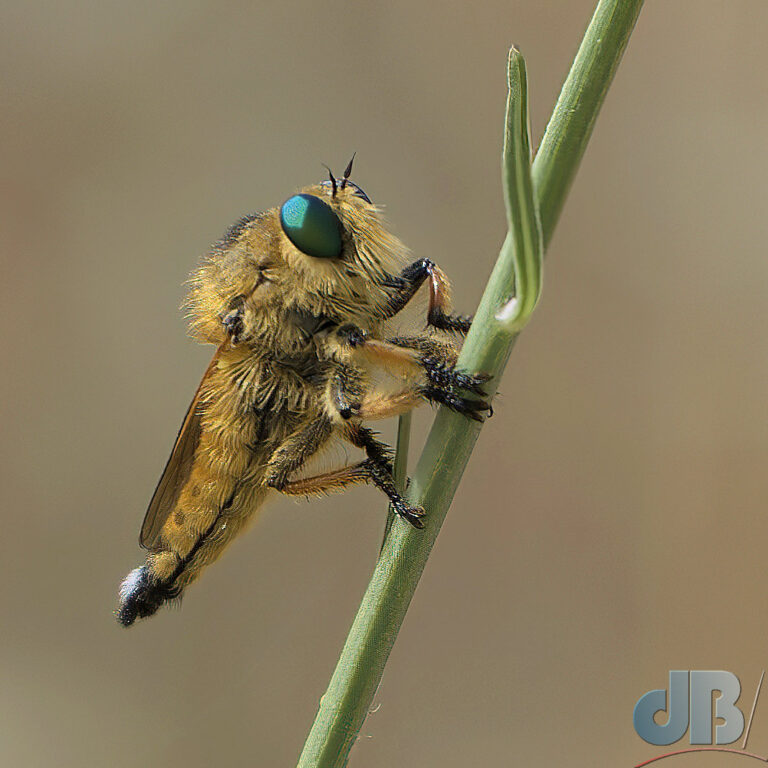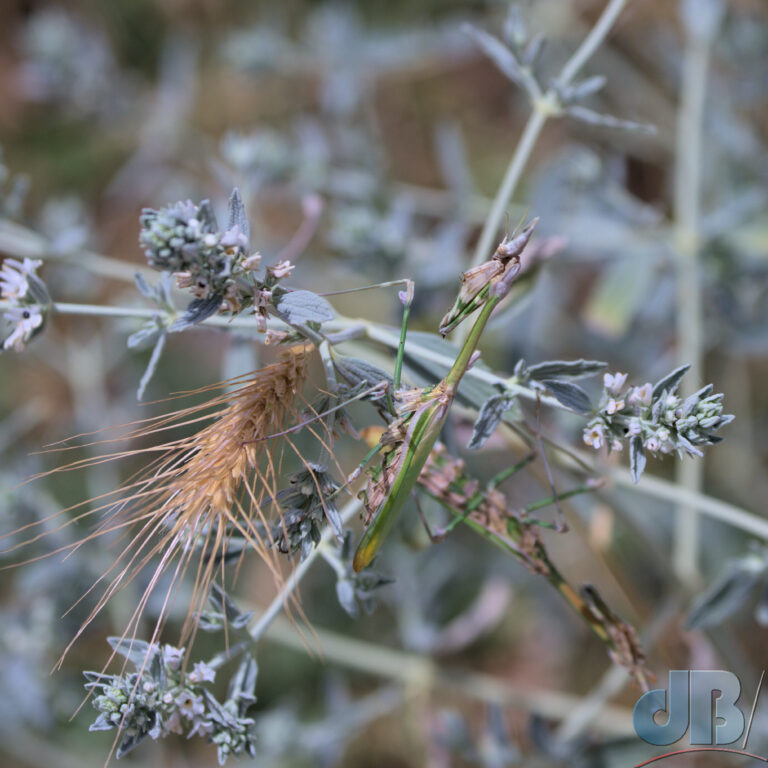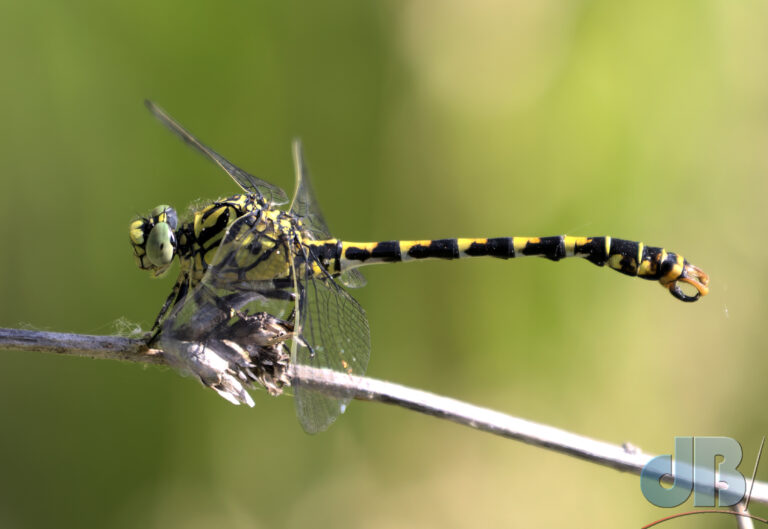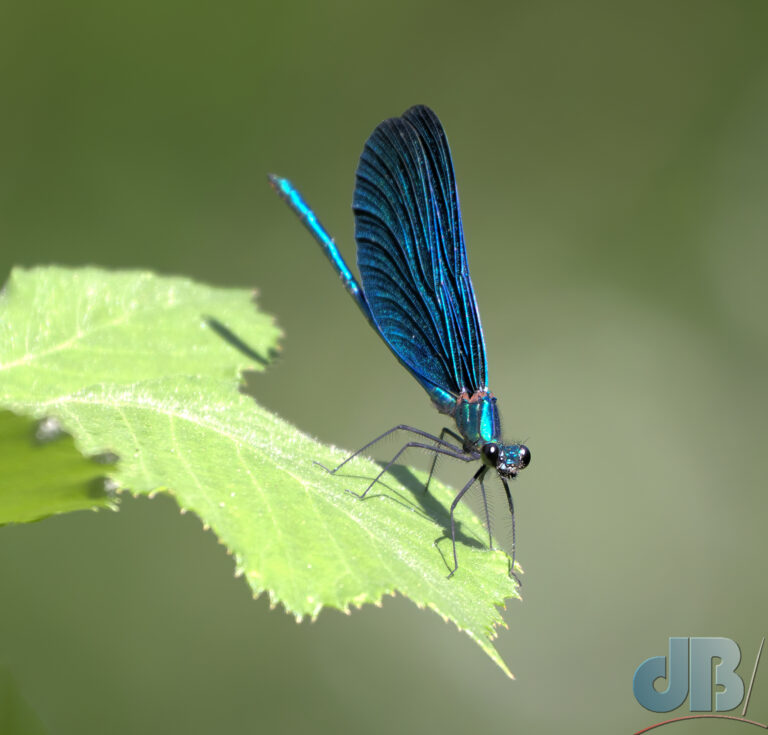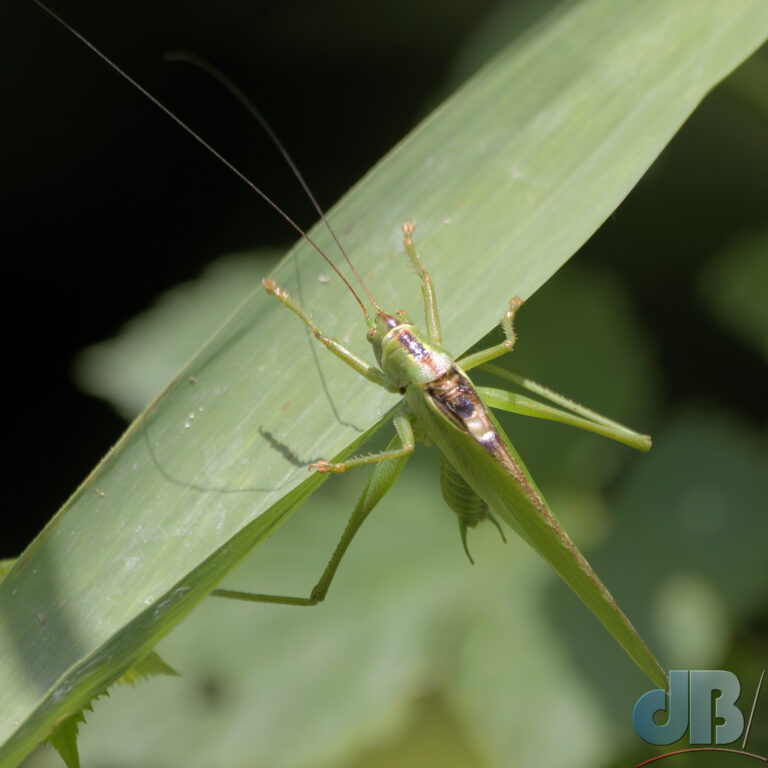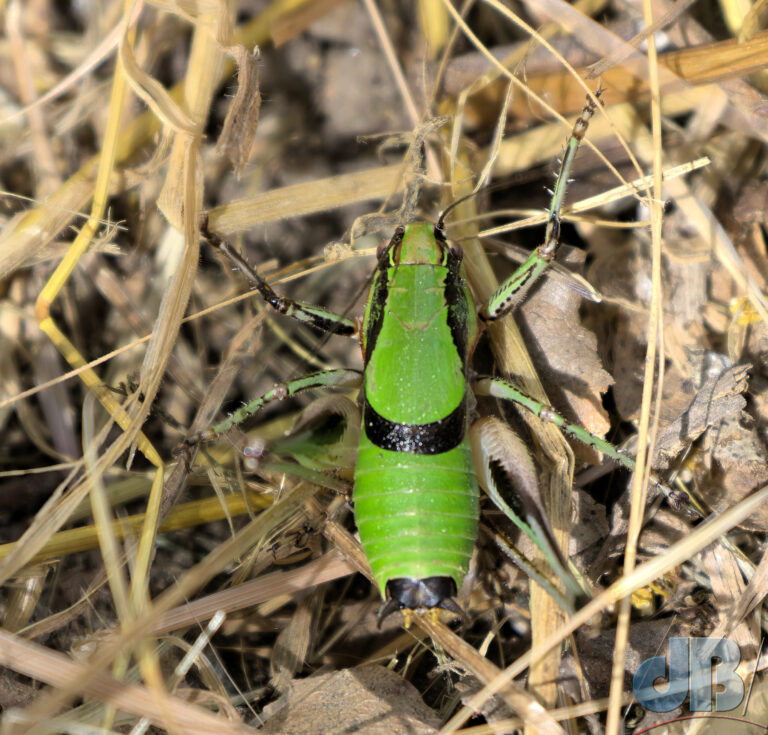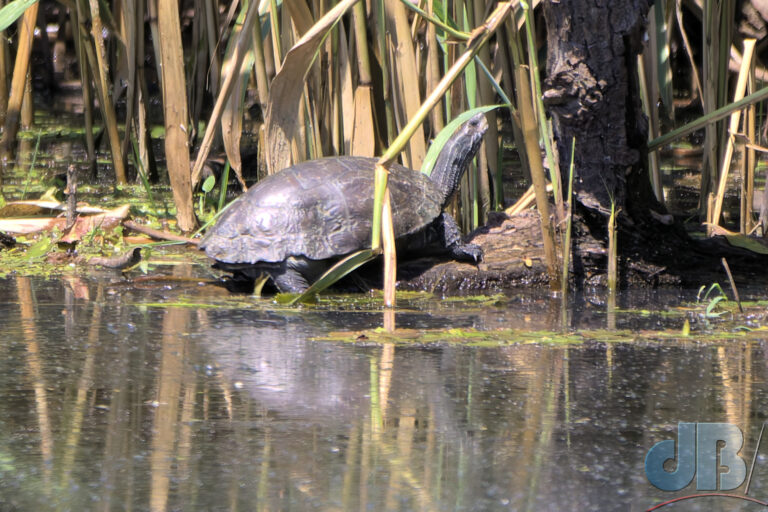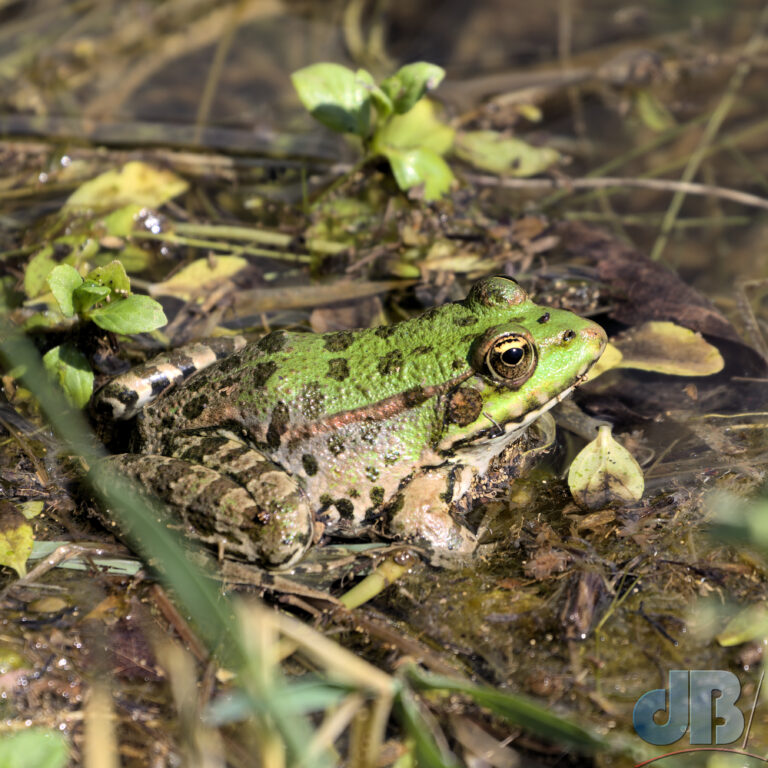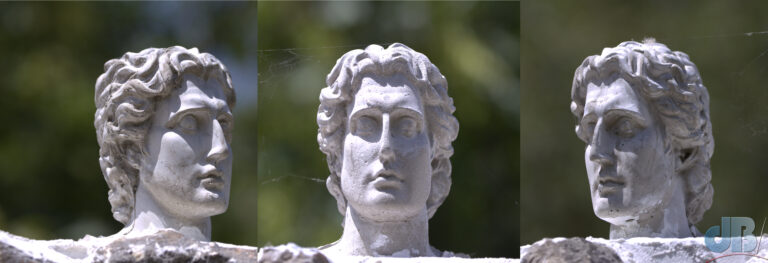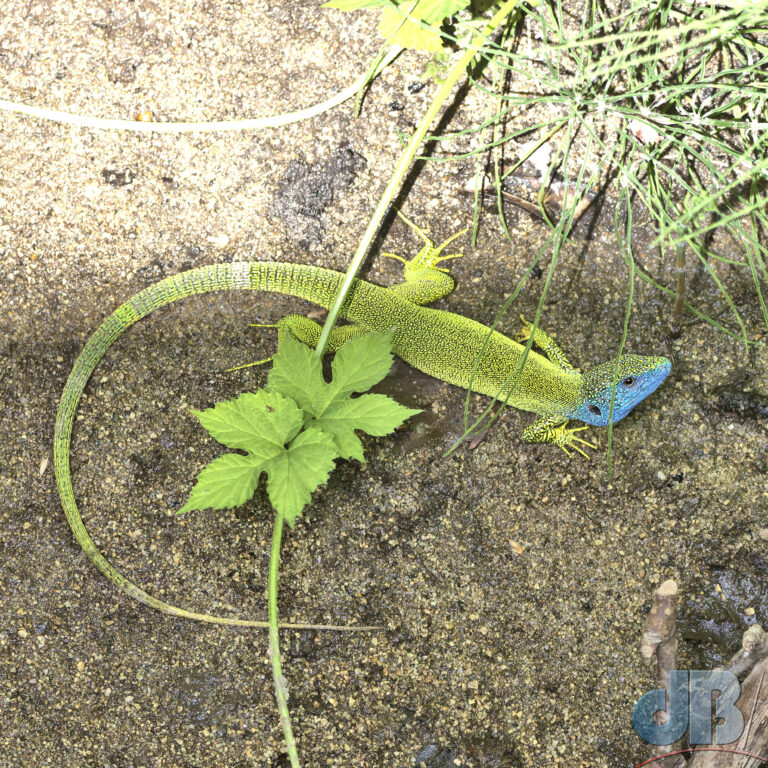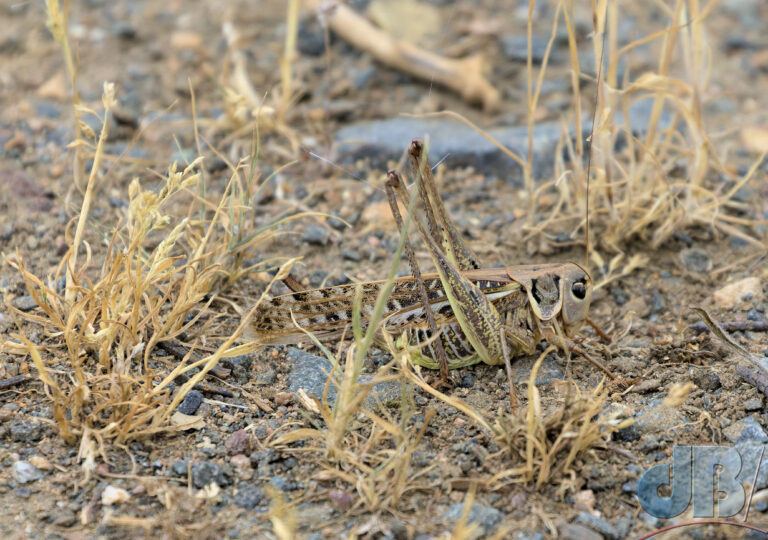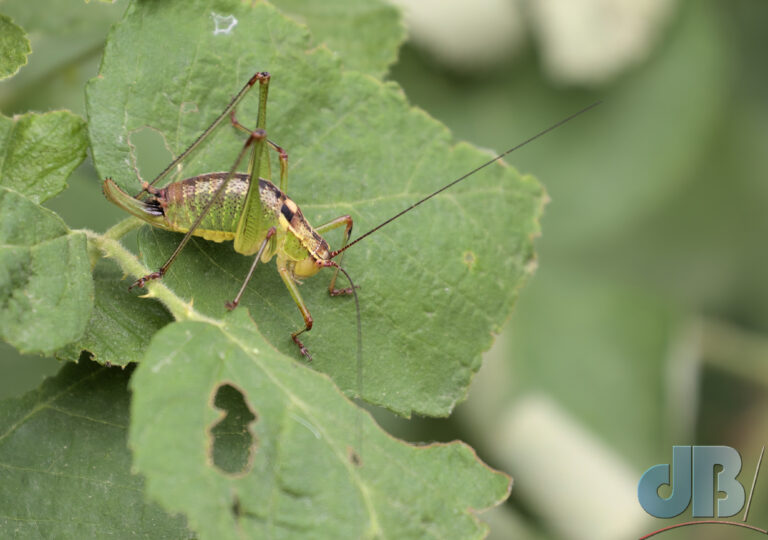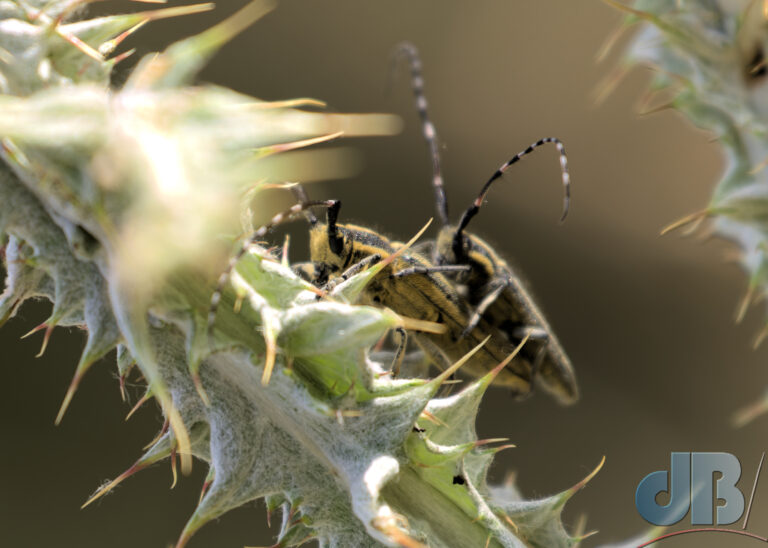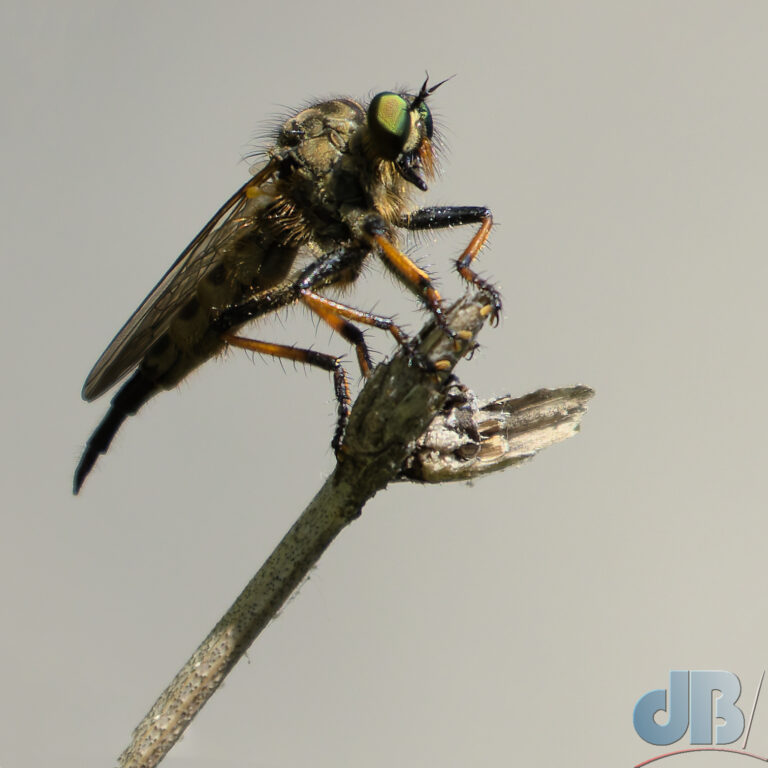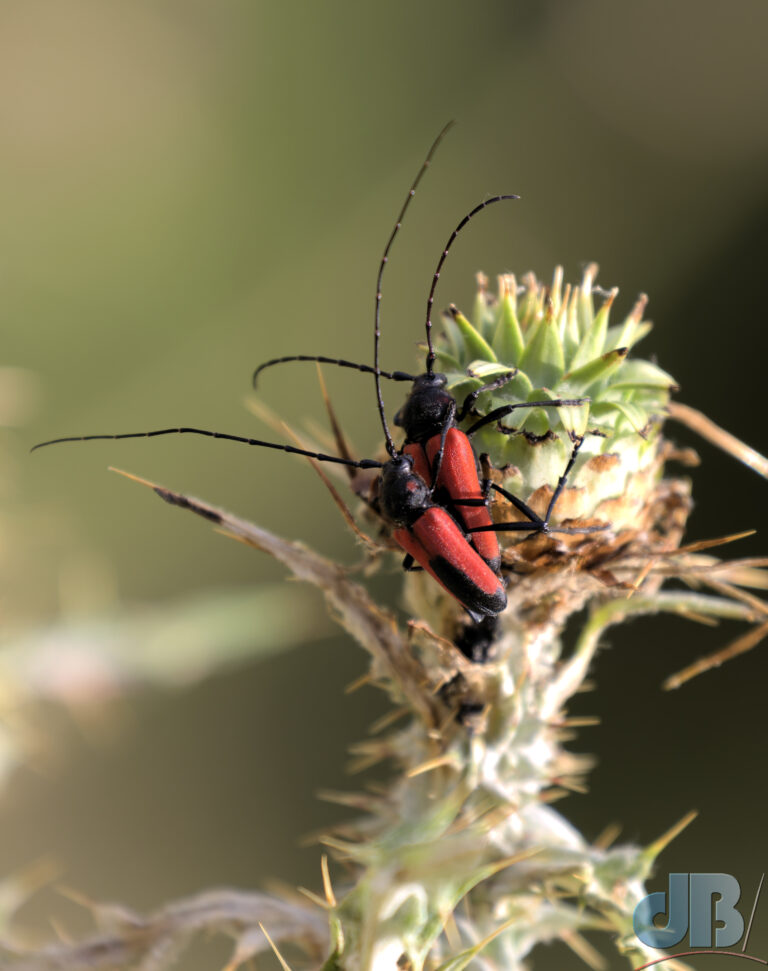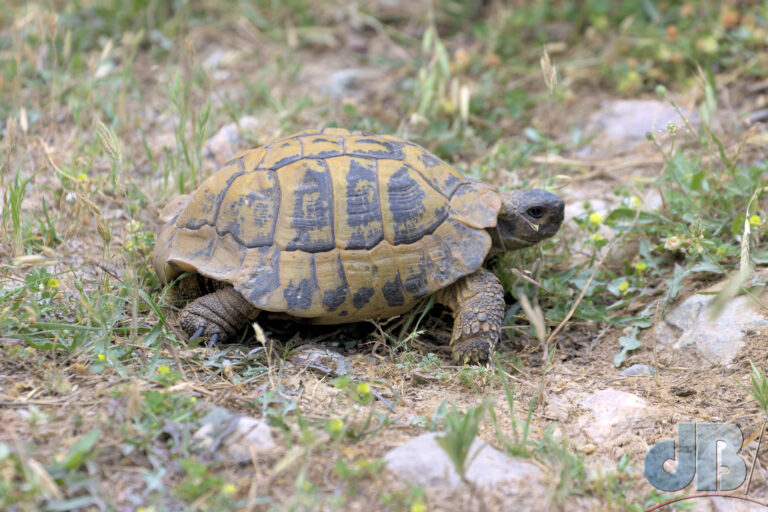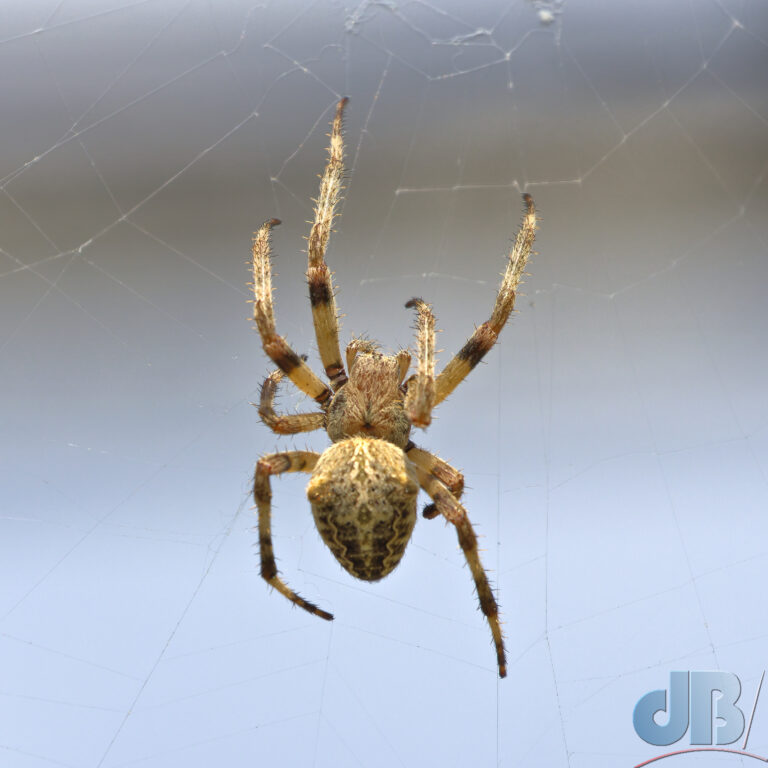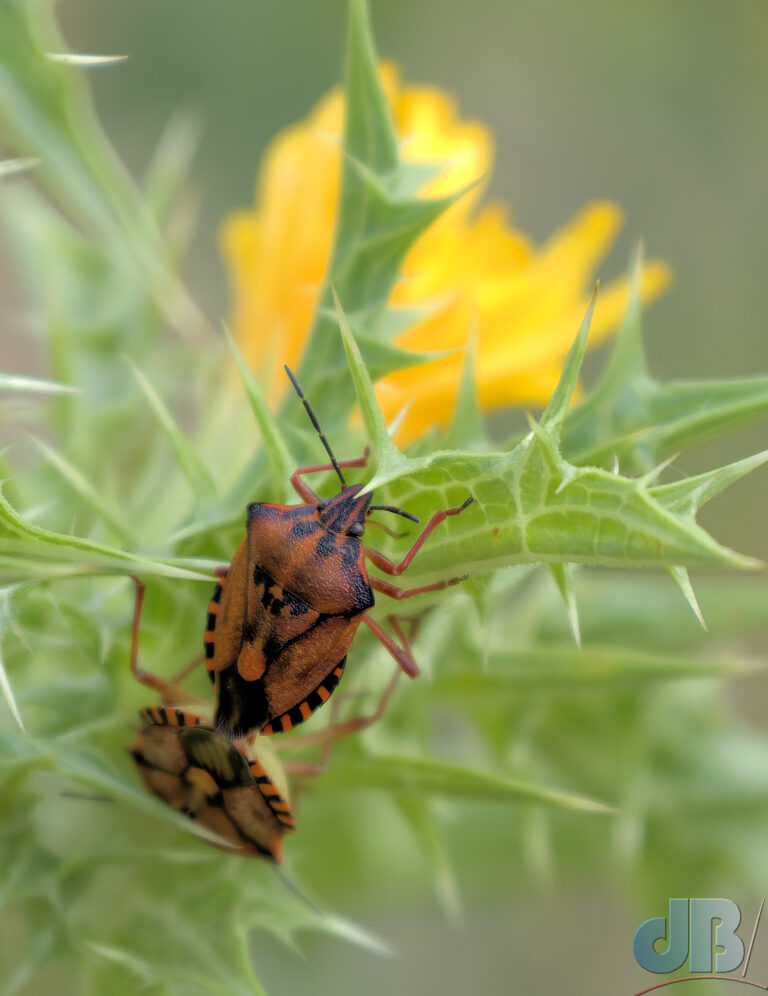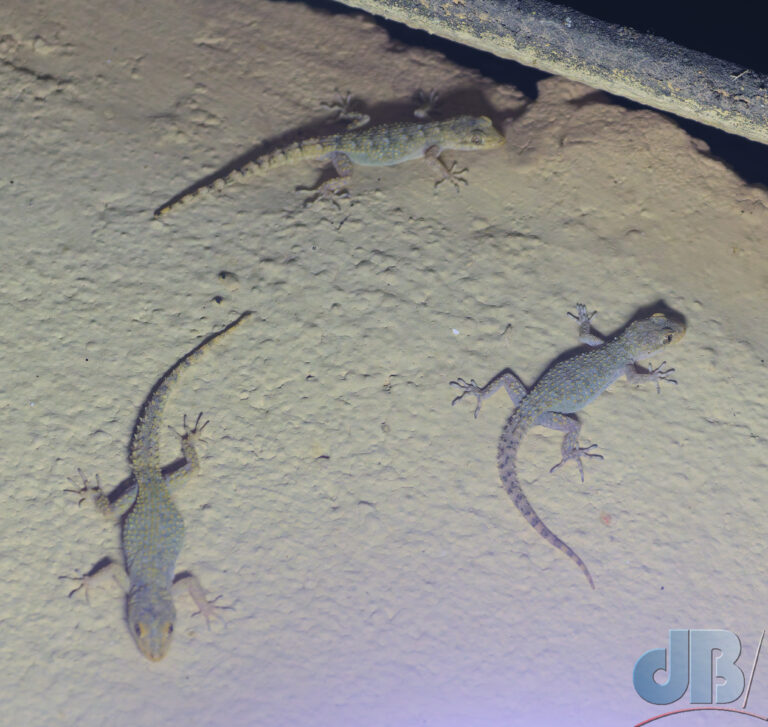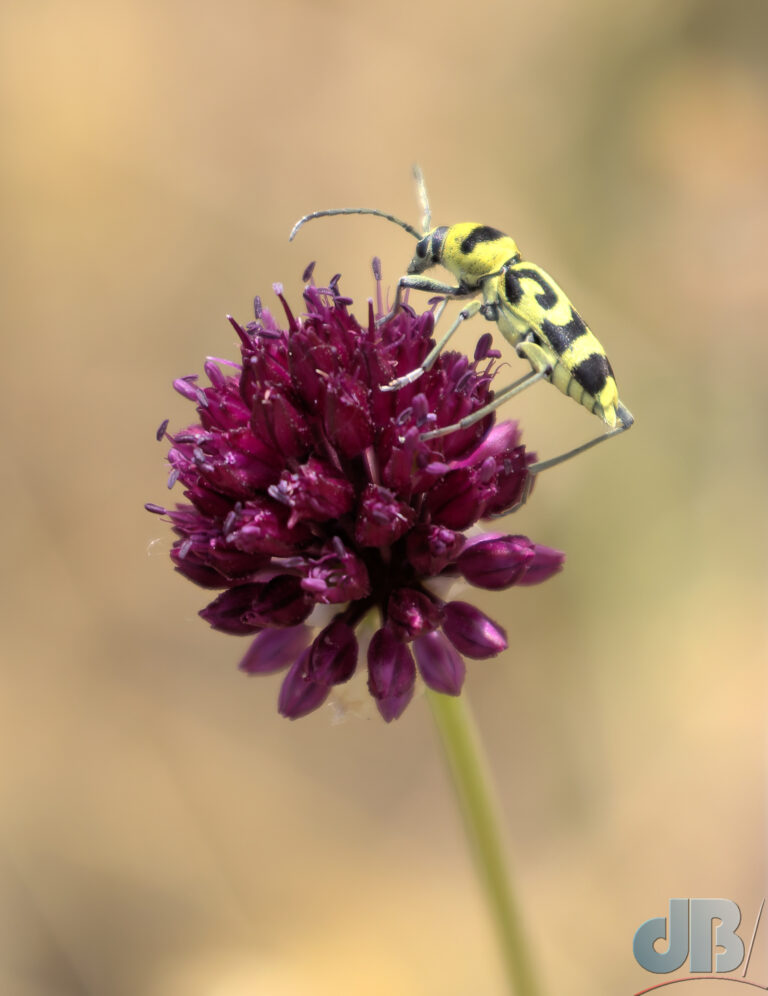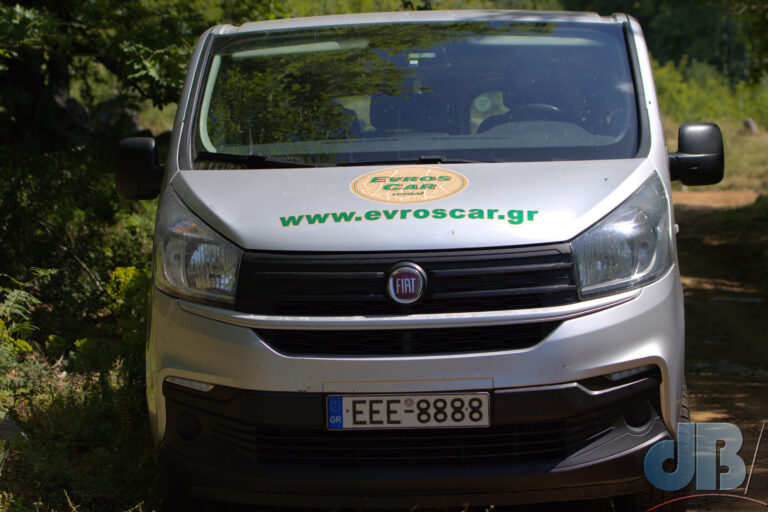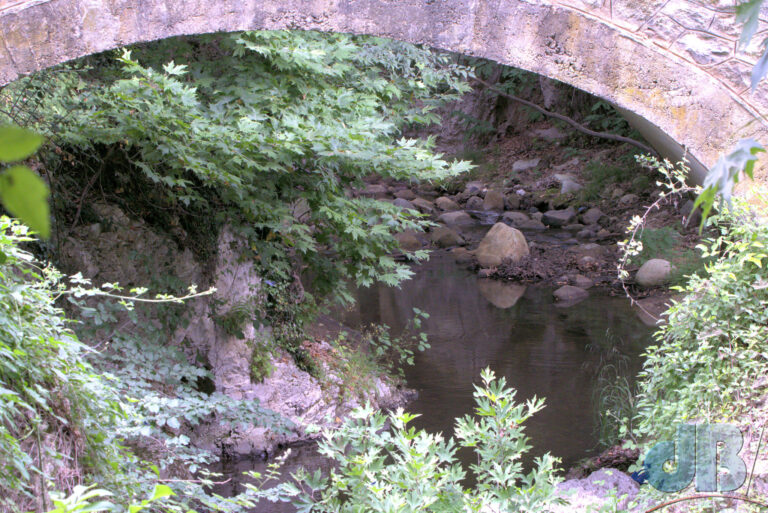A black squirrel just trotted through our front garden, first time in many years. So, inevitably, we were chatting about writing a pastiche of Watership Down and Animal Farm. It would be about the American Grey Squirrel being introduced into the UK centuries ago and how its presence decimated the native UK red squirrel population. There is now a melanic form of the grey squirrel in the UK, the black squirrel strain we had in the garden. So, it’s all a bit weird, if one were to attempt to write an allegory about racism, colonialism, first nation peoples, payback etc…
For my sins, I asked ChatGPT to write a plot summary to encompass this and all the confusion it brings. This is what it came up with, although its title was “Squirrel Kingdom” I thought “Oakleaf Glen” had more of the Watership Down vibe about it…
Anyway, surely, this is a good starting point for expanding into a complete story, probably with a jukebox musical to follow and six seasons on Netflix, plus all the stuffed toy merchandise – red, grey, black, and pride rainbow plushie squirrels! We’ll make a fortune!!! This time next year, Rodney, we’ll be millionaires.
Oakleaf Glen
In the tranquil woodland of Oakleaf Glen, a harmonious community of red squirrels lives peacefully under the benevolent leadership of their wise elder, Elder Rowan. The red squirrels, native to this land for generations, thrive in their home, respecting the delicate balance of nature and living in harmony with other woodland creatures.
One fateful day, a new and unfamiliar presence arrives in Oakleaf Glen: a band of American grey squirrels, led by the ambitious and cunning General Ash. The greys are larger, more aggressive, and carry with them strange new ways that disrupt the established order. Initially welcomed by the red squirrels, the greys quickly start to outcompete their red counterparts for resources and space.
As the grey squirrels’ numbers grow, a schism forms within the red squirrel community. Some, led by the fiery and defiant Scarlet, advocate for resistance and reclaiming their territory, while others, under the cautious and pragmatic Acorn, believe in finding a way to coexist with the new arrivals. This division weakens the red squirrels, making it easier for the greys to assert dominance.
Amidst this turmoil, a mysterious and powerful melanic (black) form of the grey squirrel, known as Nightshade, emerges. Nightshade’s appearance adds another layer of complexity to the already fraught dynamics within Oakleaf Glen. Seen by some as a harbinger of change and by others as an ominous presence, Nightshade’s influence spreads, further complicating relationships and loyalties.
As the greys establish their rule, they begin to impose their own laws and customs, often at the expense of the native red squirrels. This new regime, dubbed “Squirrel Kingdom,” is marked by exploitation and a strict hierarchy, with the greys at the top and the reds relegated to second-class status. The woodland becomes a battleground of ideologies and survival, where the reds struggle to maintain their identity and way of life.
Parallel to the squirrels’ story, the woodland’s other inhabitants, including hedgehogs, birds, and foxes, observe these changes with growing concern. They, too, must navigate this new world order, often finding themselves caught in the crossfire of the squirrels’ conflict.
The plot reaches its climax as Scarlet and Acorn, despite their differences, realize that the survival of the red squirrels hinges on unity. They form a reluctant alliance, rallying the reds and sympathetic woodland creatures to resist General Ash’s oppressive rule. In a final, dramatic confrontation, the diverse coalition challenges the greys, seeking not only to reclaim their territory but to restore the balance and harmony that once defined Oakleaf Glen.
In the end, the narrative explores themes of colonialism, resistance, identity, and the impact of invasive species, both literal and metaphorical. “Squirrel Kingdom” serves as an allegory for the complex and often painful interactions between different cultures and species, highlighting the resilience and adaptability of those who strive to protect their heritage in the face of overwhelming change.
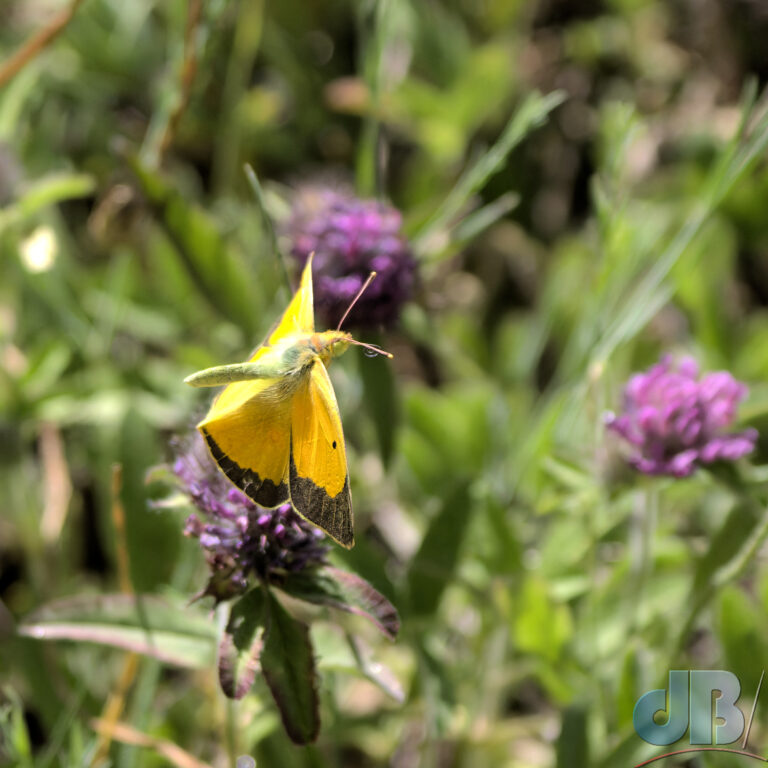
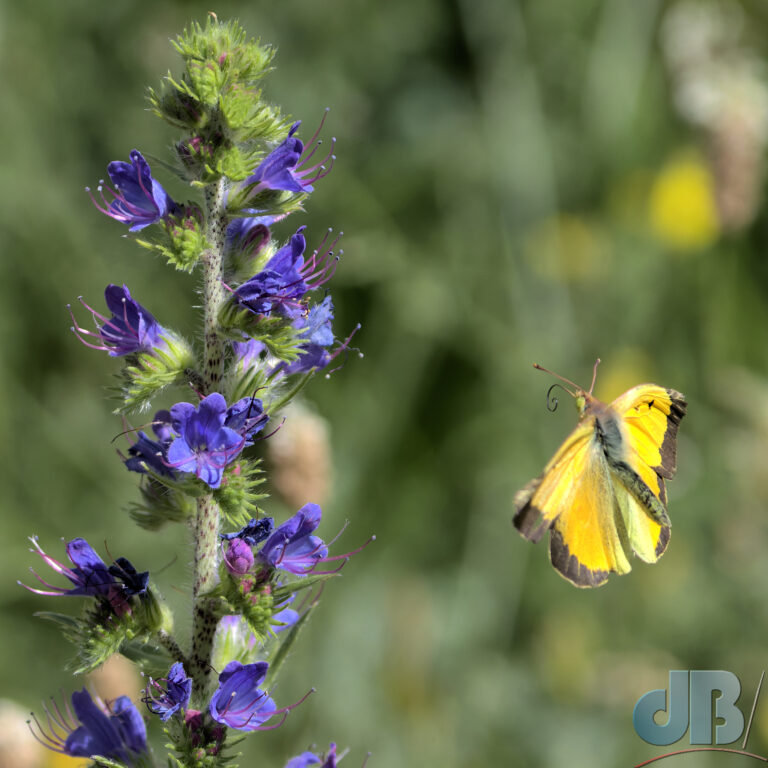
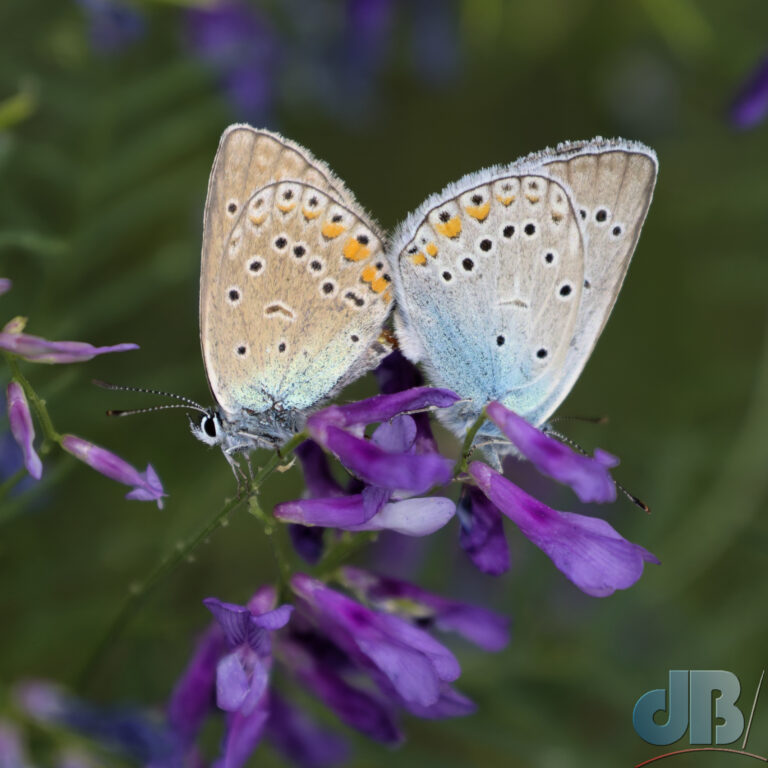
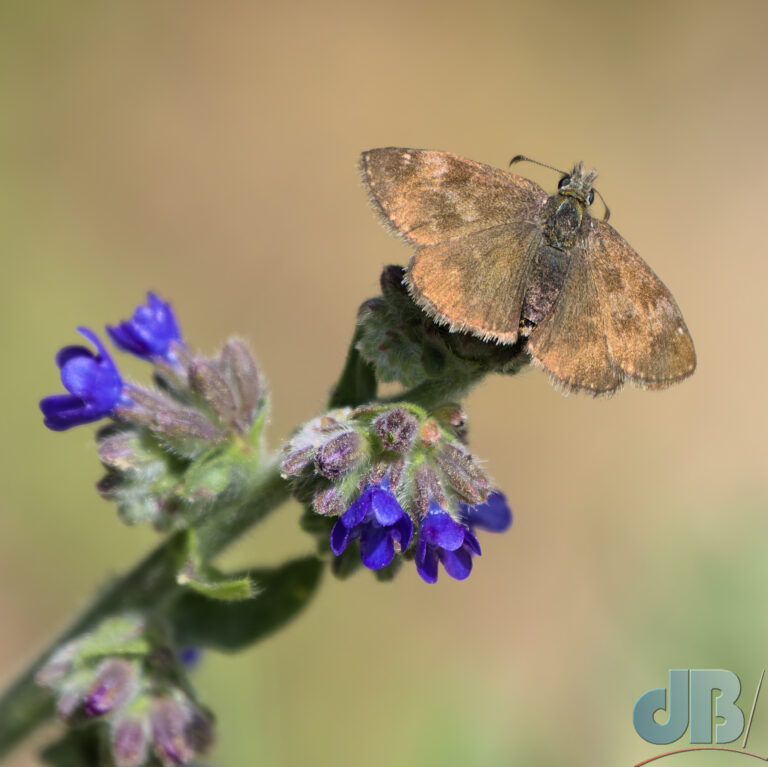
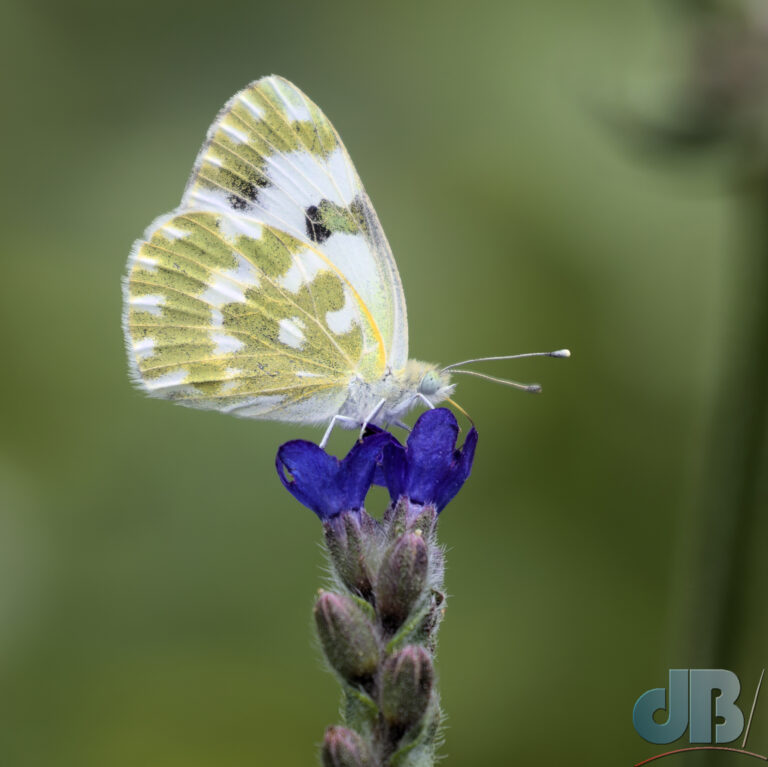
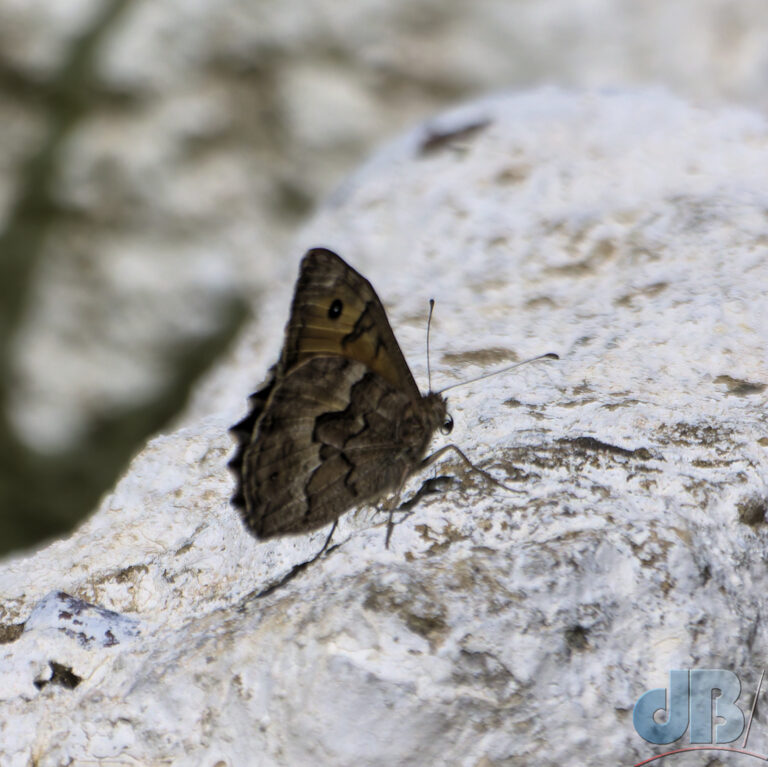
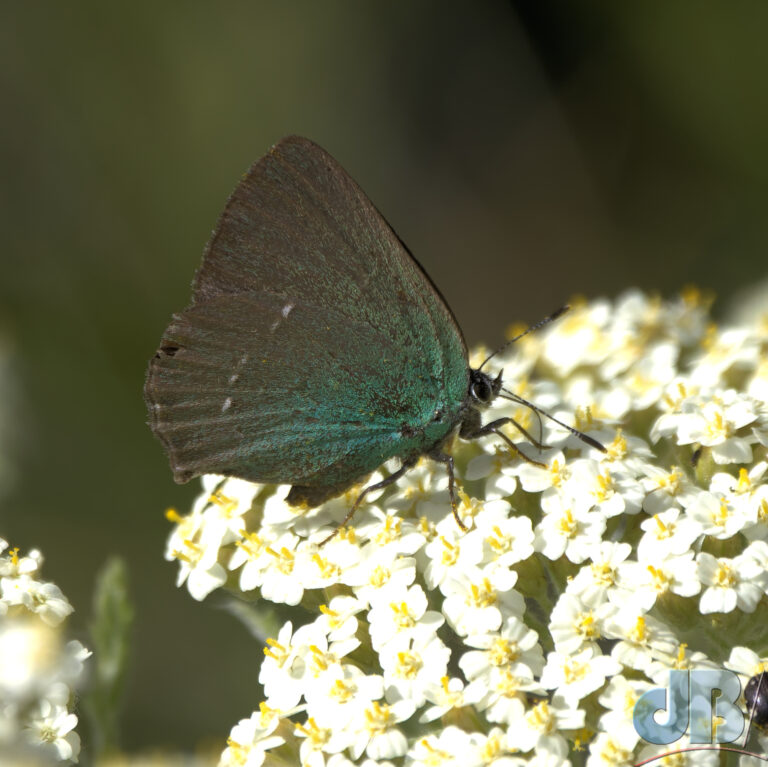
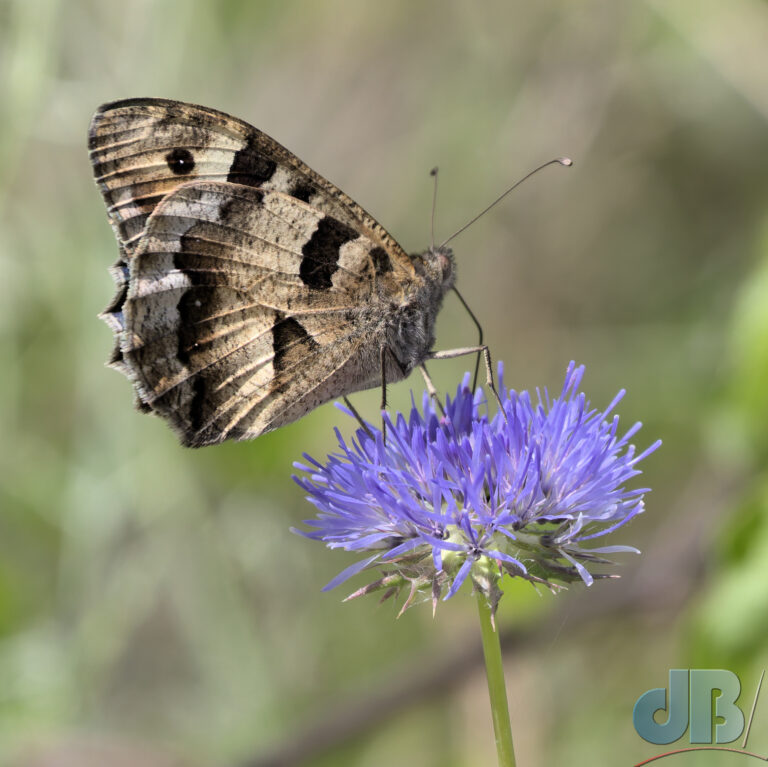
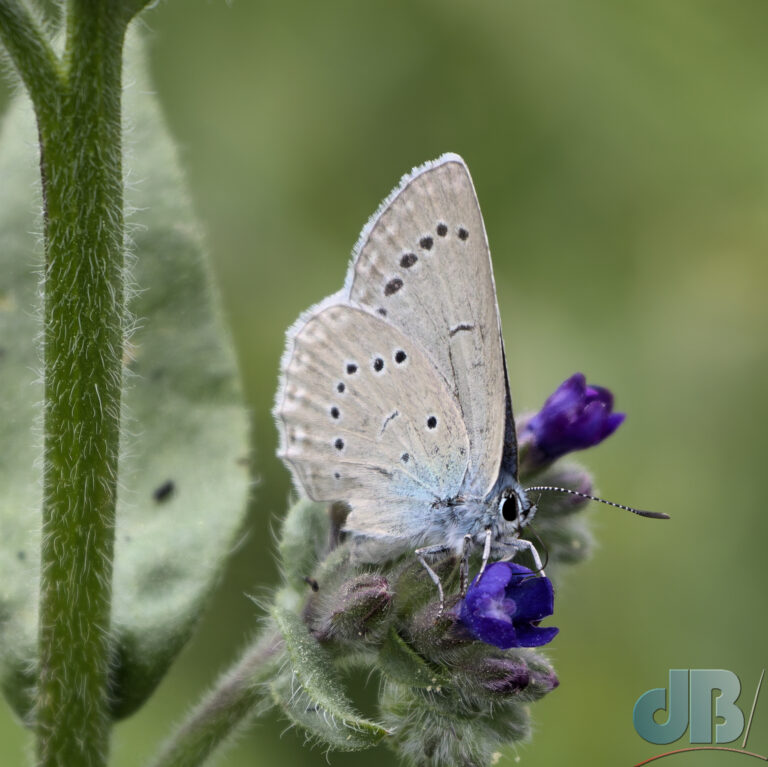
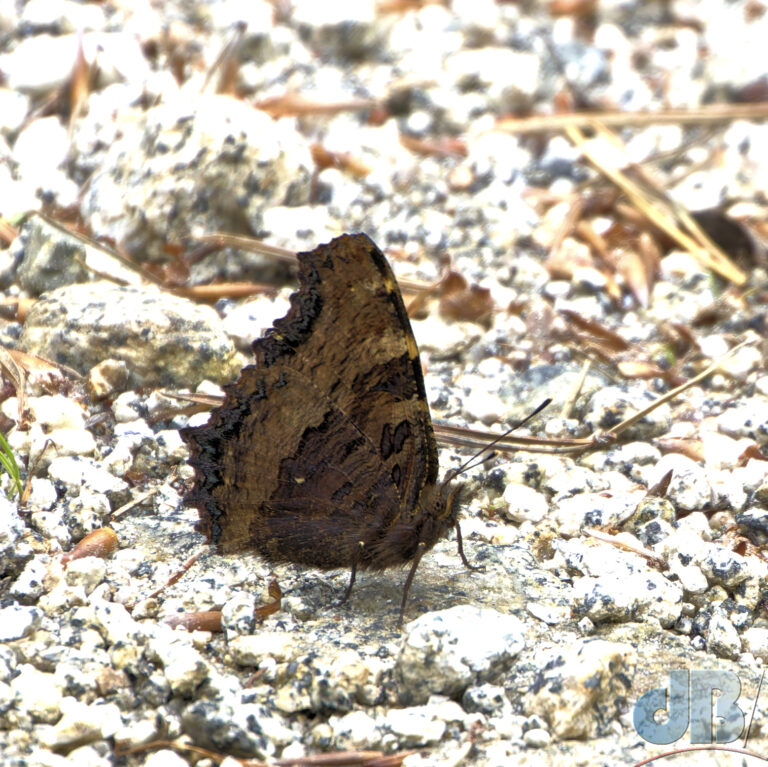
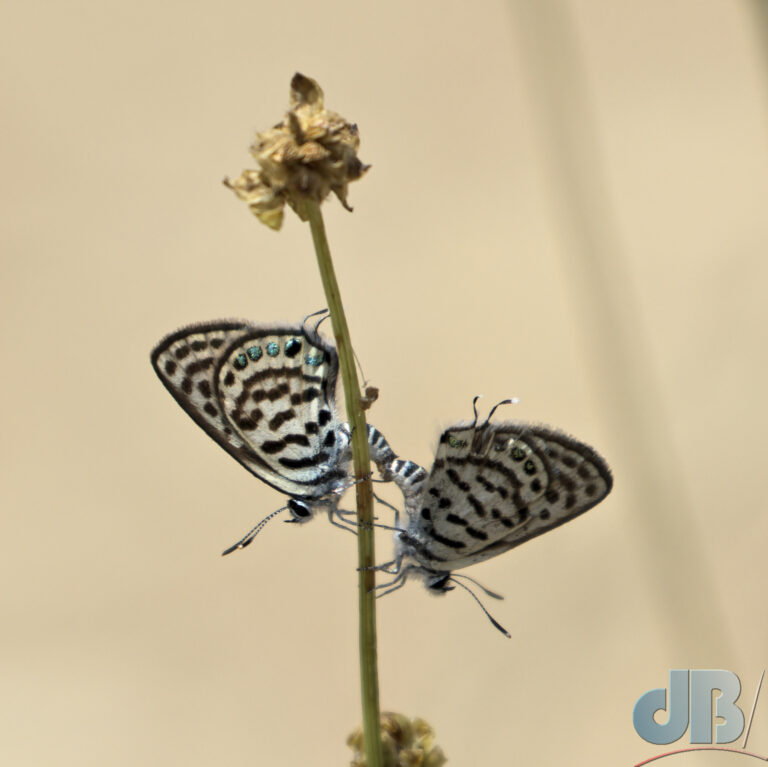
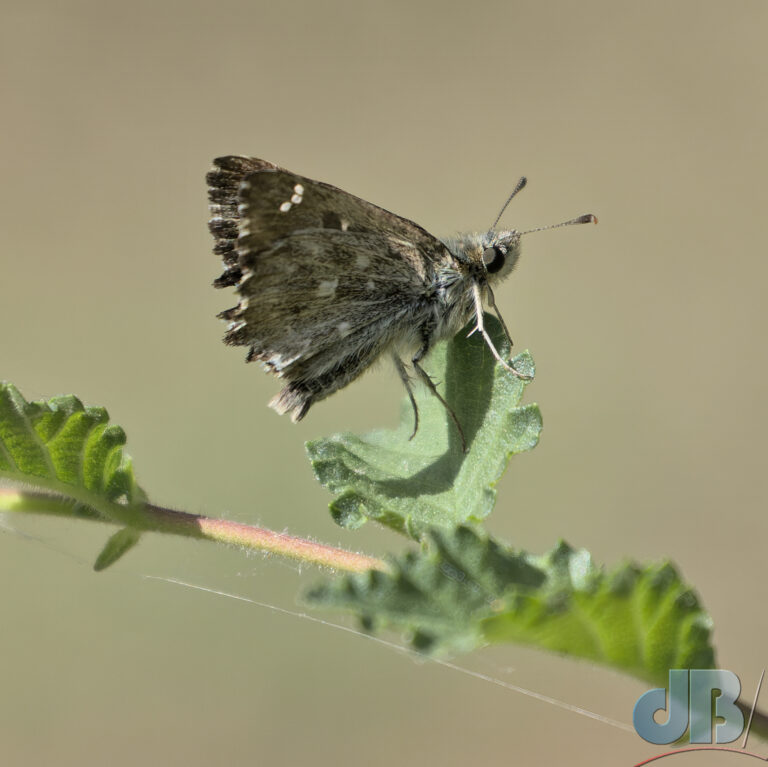
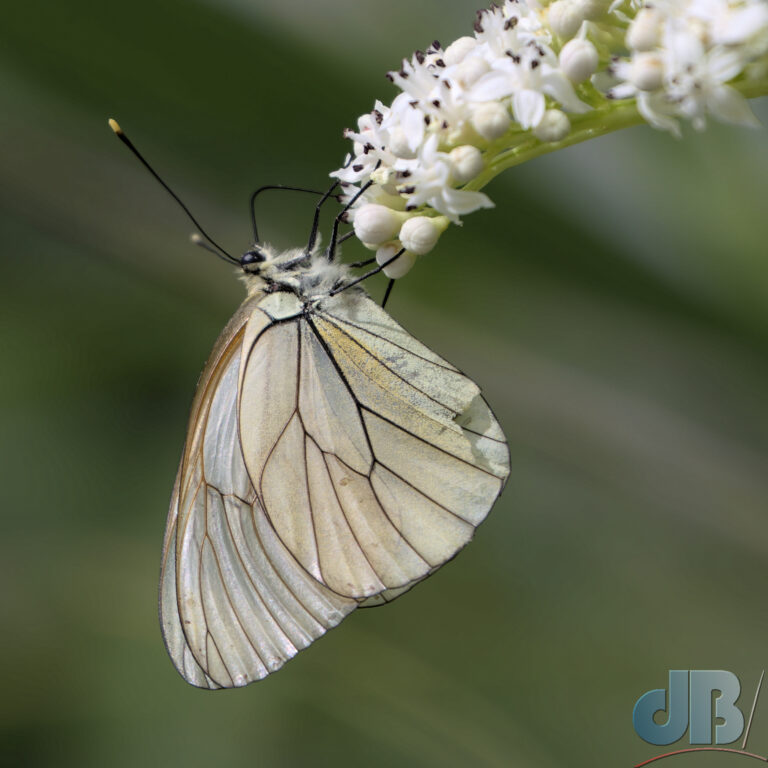
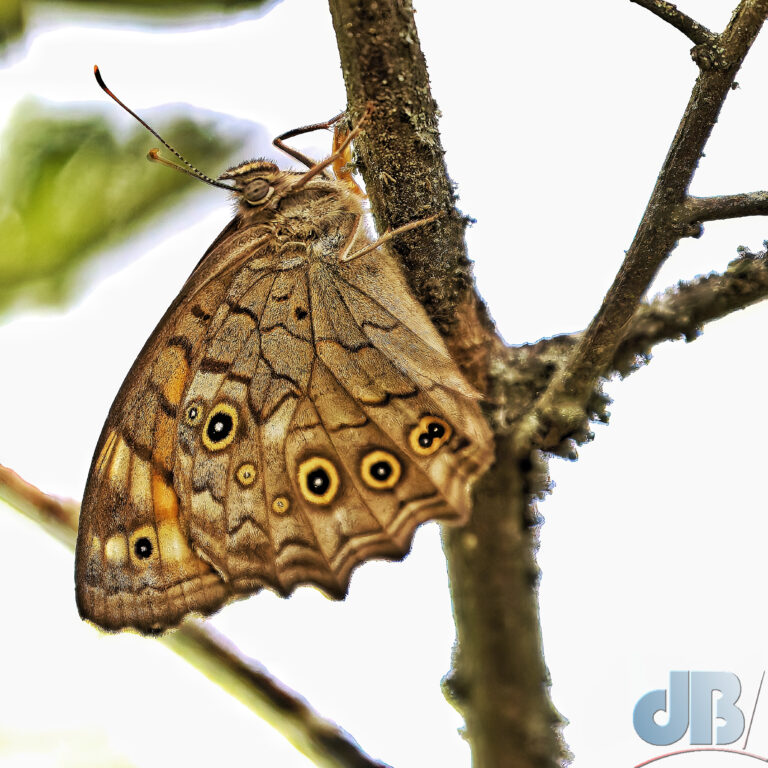
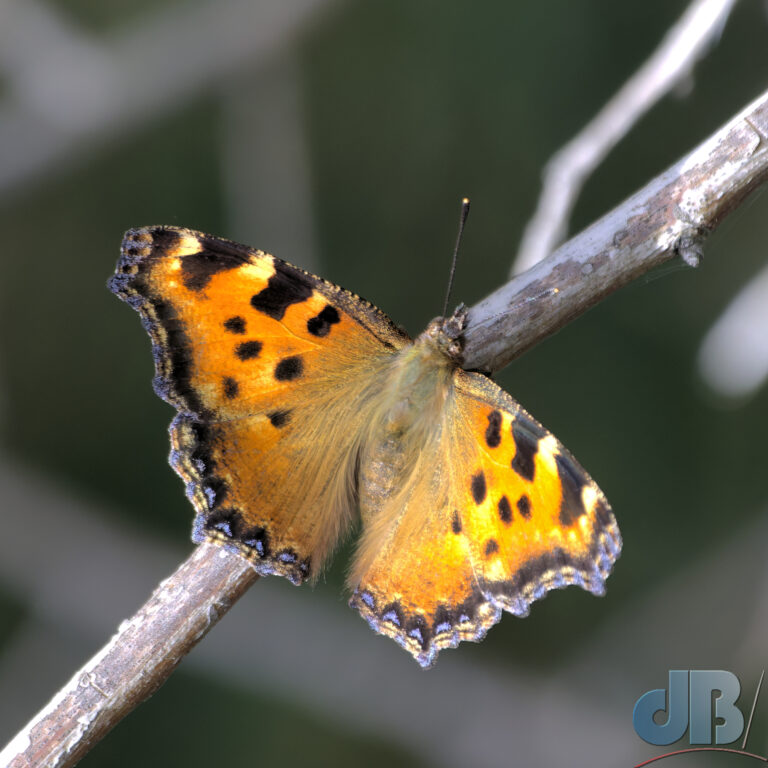 Large Tortoiseshell, Nymphalis polychloros, used to be an extant (the opposite of extinct) species in the UK, but no longer. That said, there have been occasional sightings, these are usually captive-bred specimens. There are hints that some are vagrants that have made it across The Channel. Of course, they are very much extant in Greece and elsewhere in mainland Europe. We were unable to see this one’s legs to check whether it was the yellow-legged species, N. xanthomelas.
Large Tortoiseshell, Nymphalis polychloros, used to be an extant (the opposite of extinct) species in the UK, but no longer. That said, there have been occasional sightings, these are usually captive-bred specimens. There are hints that some are vagrants that have made it across The Channel. Of course, they are very much extant in Greece and elsewhere in mainland Europe. We were unable to see this one’s legs to check whether it was the yellow-legged species, N. xanthomelas.